As a promotion for the upcoming Manchester Jazz Festival pianos had been positioned in public buildings and shops throughout Manchester. One was even outside! So some members of my piano group set off to play them. In 2018 we’d played at a similar event to publicise the Leeds piano Competition and I’d ended up on the news segment of Leeds TV.
We met at Victoria station at 11 a.m.
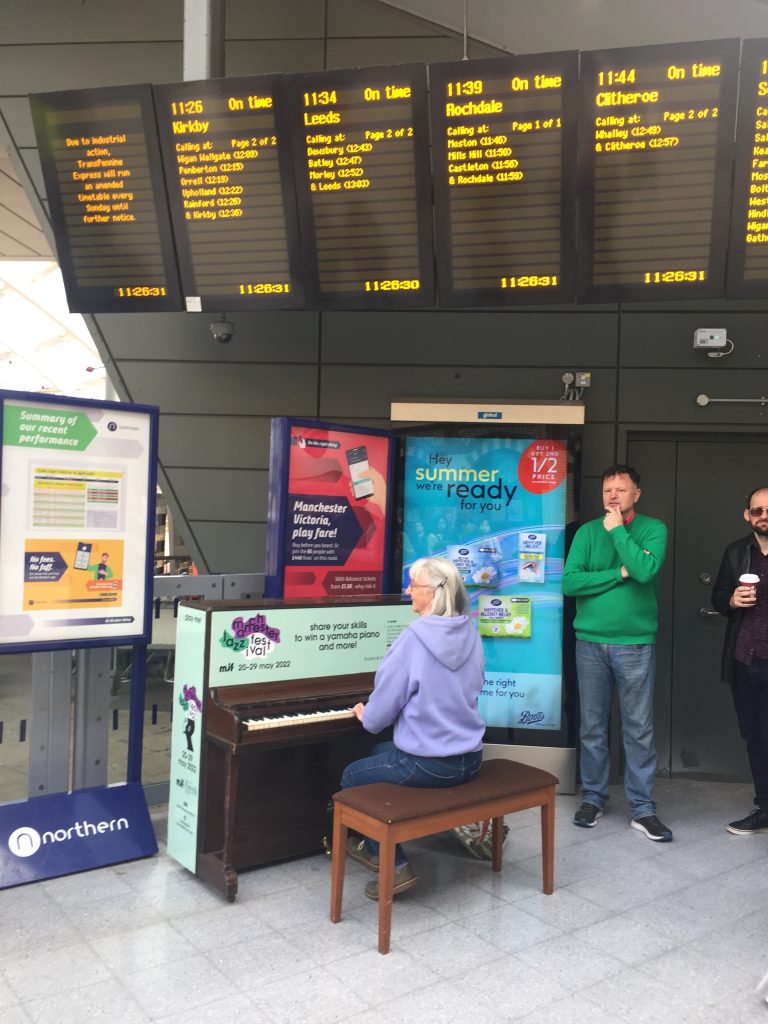
Tea, coffee and pastries were provided. A lady from the Secret Sketchers group was also on hand to sketch our performances.
Then we trotted over to the Corn Exchange. I’d never been in this amazing building. It’s similar to the one in Leeds.
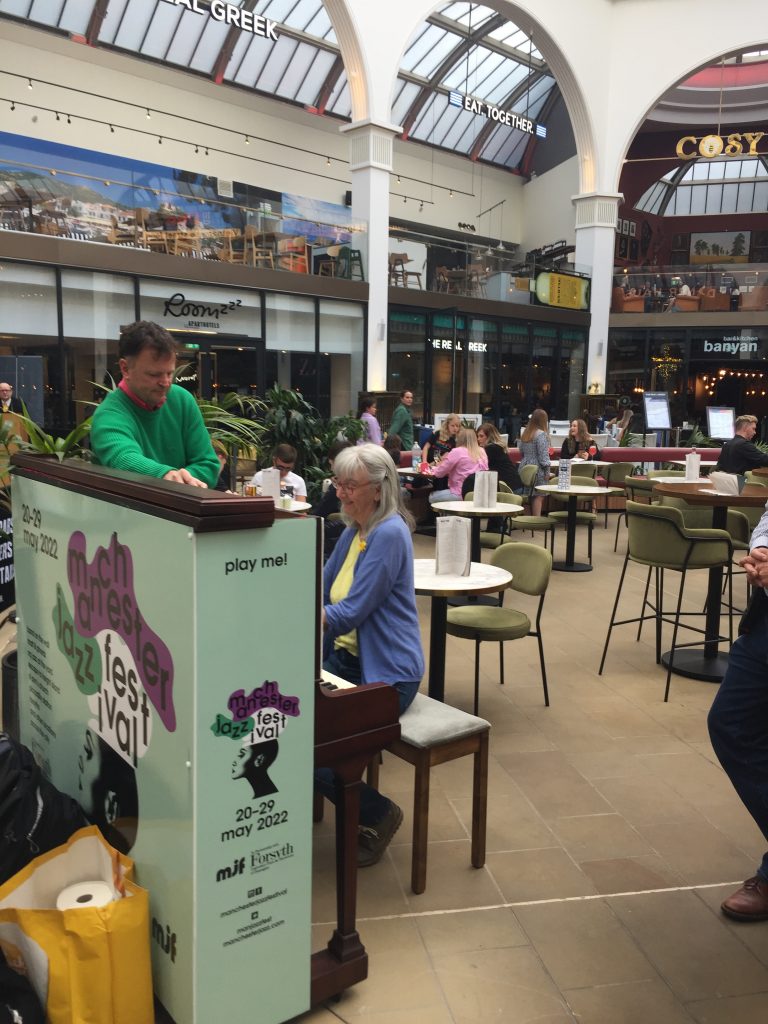
It was a good job that Tim was on hand to hold my music. The music holder was encased inside the piano – on all the pianos! – so there was nowhere to place our music.

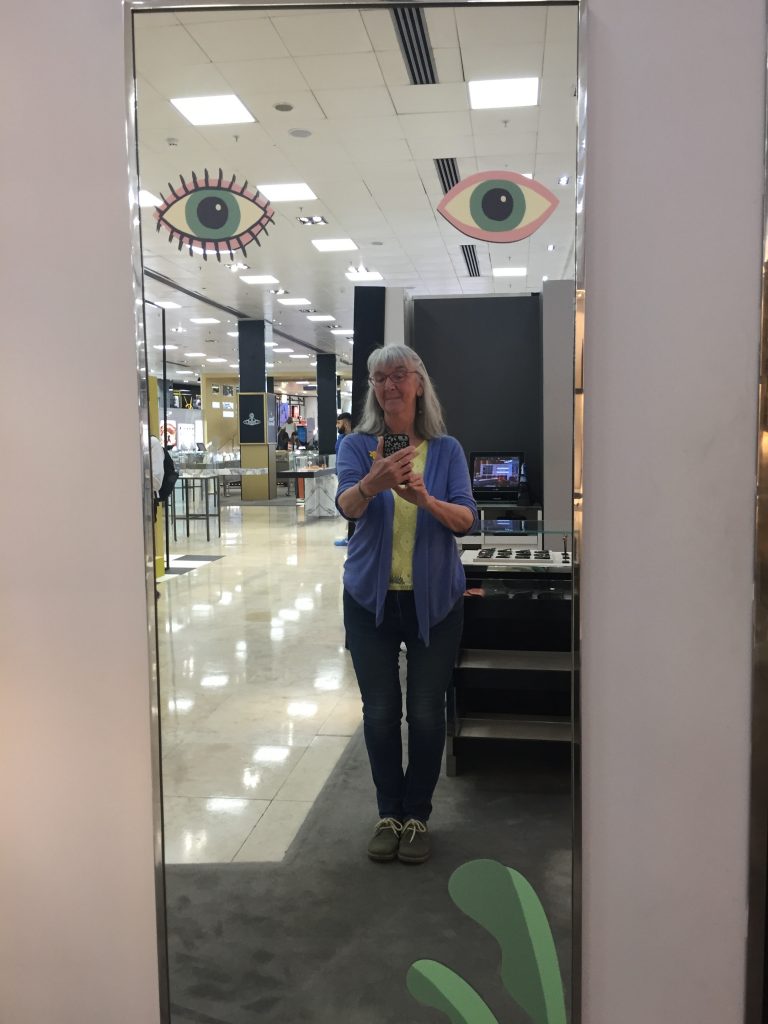
Next up was Harvey Nichols where a watchful eye was kept on us by the two security guards. The store is an upmarket icon and as I put my music bag down to play I noticed that the Coach bag for sale on the shelf above had a price tag of 545 pounds. Needless to say I’d never been in that shop before but Tim told me there was a viewing platform from the upper storey and since there was a blue sky I decided to go up and take a look for myself.
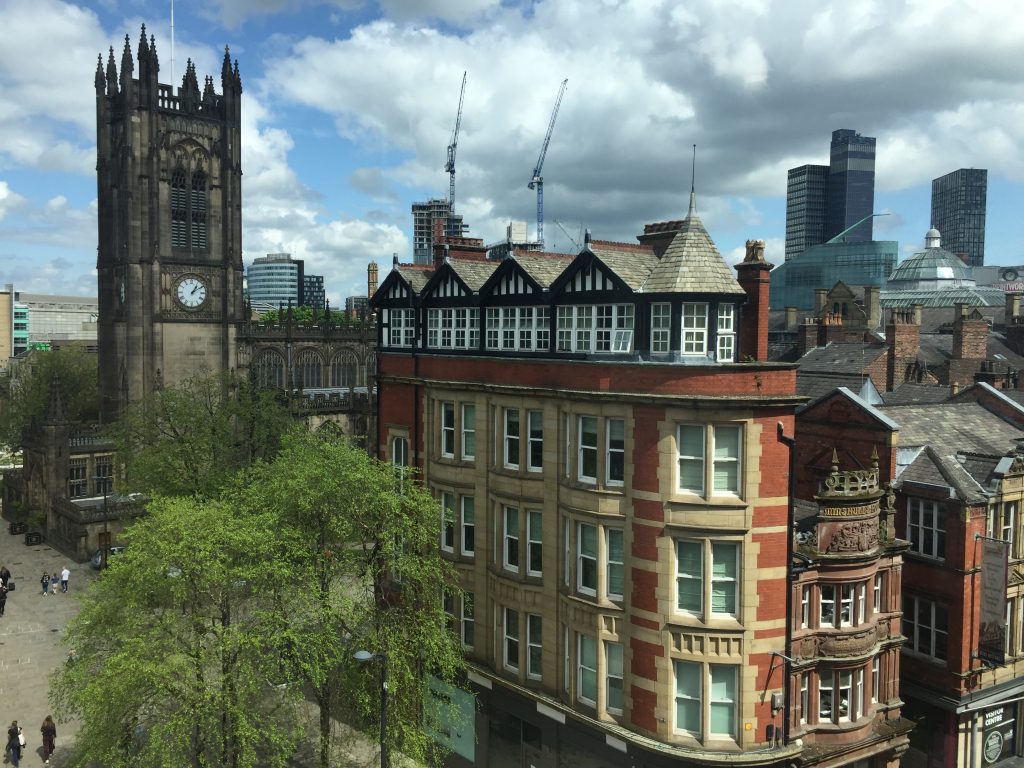
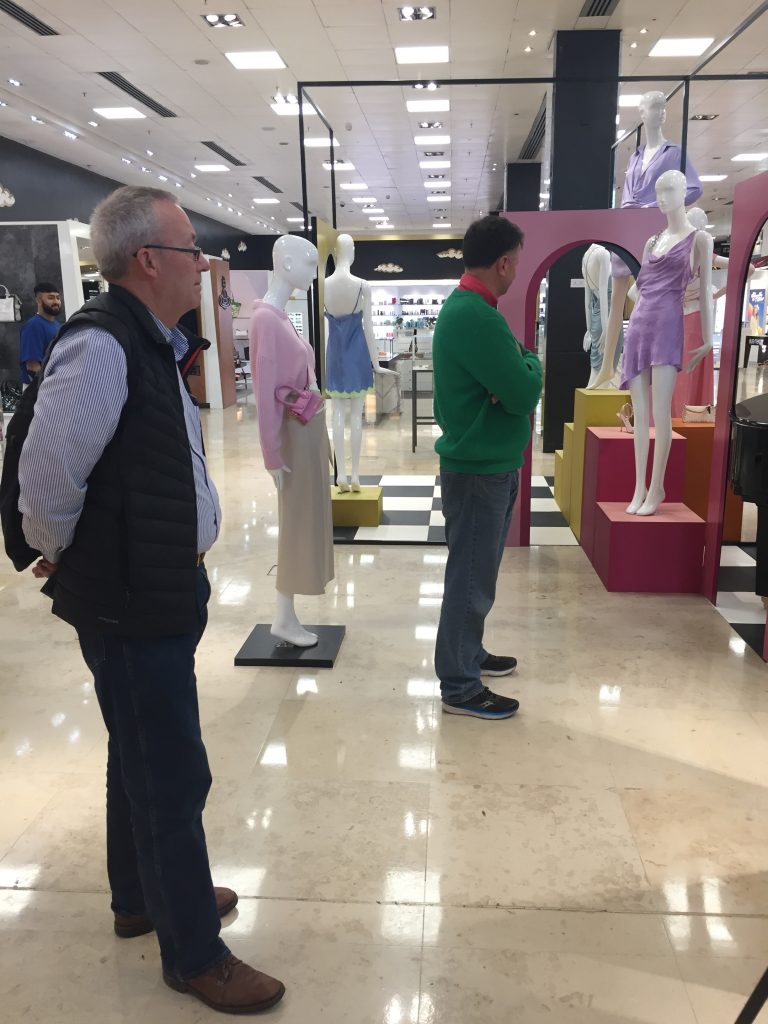
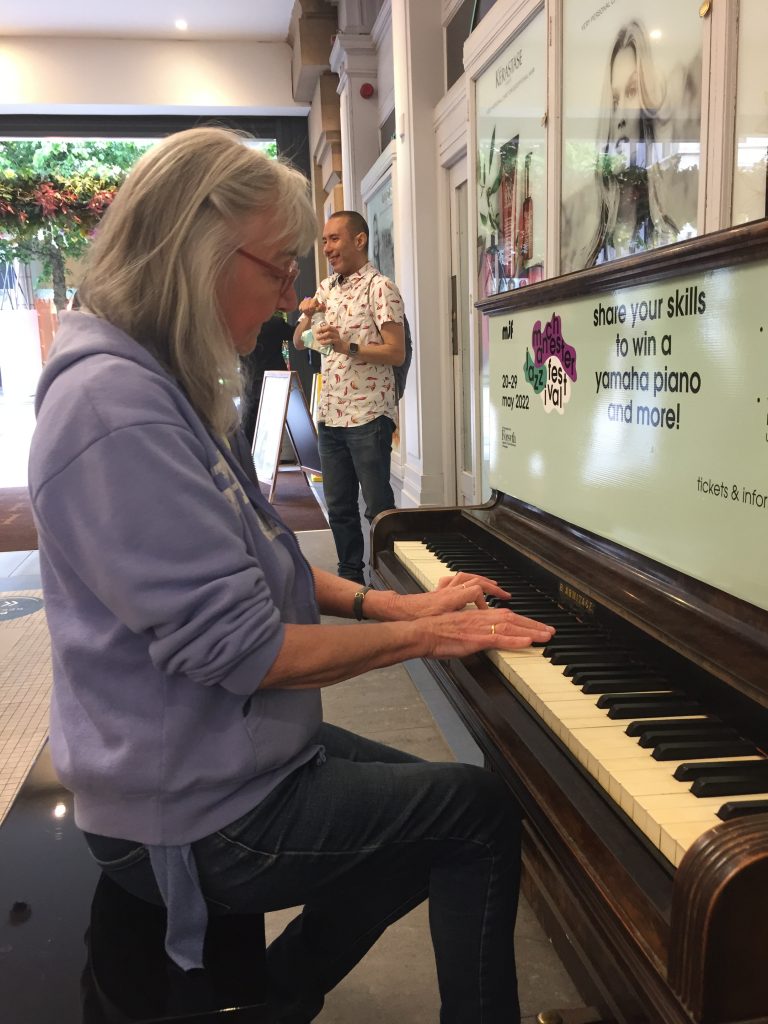
Next stop was the Royal Exchange arcade. Unfortunately we were in competition with a very well-amplified street singer, just outside the arcade’s entrance, so my version of Grieg’s Wedding Day at Troldhaugen was backed by Moon River!
Our next stop was Spinningfields. I’m slowly, very slowly getting to know the layout of Manchester, mainly by coming to concerts in the city and to my piano group’s events. I’d heard of Spinningfields but didn’t know where it was or anything about it. It turned out to be the centre of the financial district, a maze of very tall office buildings and equally tall apartment blocks – all very up-market. We took a small alleyway behind the John Rylands library which I’d noted on a previous visit to the library but I’d thought it just lead to another highrise building. But no, it led to a small tree-lined square in the middle of which sat a piano covered in a raincoat. By this time the blue sky had disappeared and there was a strong cold wind buffeting us as the piano was uncovered and we waited our turns to play. I played my own composition of Desert Lullaby – it seemed so appropriate (!) for this desert in concrete and glass that dwarfed us.
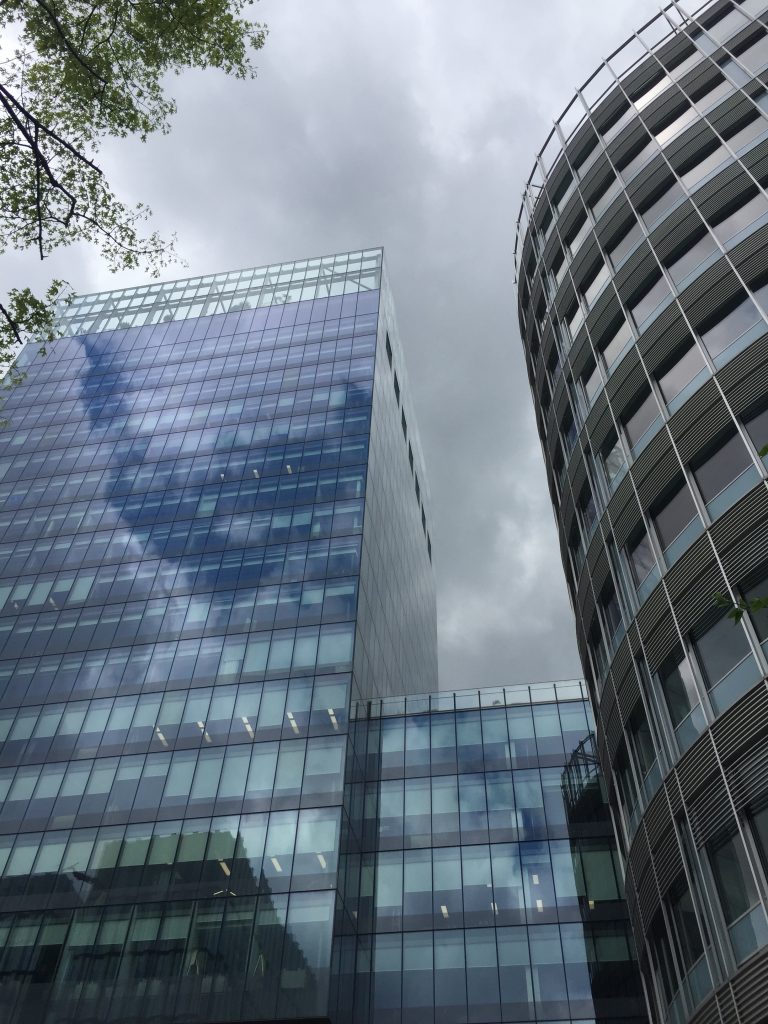
Beneath a tree I found a little statue about the people that lived in this very spot in 1861.
By the time we’d all played the outdoor piano and sealed it back in its raincoat we were ready to warm up a bit and luckily our next port of call was the central library where the piano was fortunately situated in the cafe so between numbers I got myself a warming cup of tea. There were lots of people in the cafe and surrounding tables trying to work so I don’t think they were too appreciative of our music!

And then on to Manchester Art Gallery where Ben, Bob and Ulric had a fun time sight reading piano trios – caught on camera here by Chris.
By the time we left the Art Gallery it was 4 o’clock and most of our group had drifted away. Two were working in the cathedral in the evening as organisers and ushers for the evening’s candlelit performance there. So the 3 of us that were left found a quiet pub, just off the really busy Rochdale Road, The Angel, at Adam’s suggestion. Featured in ‘the most historic pubs in Manchester’ today it’s surrounded by tower blocks of offices and apartments in an area whose cost of redevelopment is 800 million pounds. In 1851 this was known as the Weaver’s Arms and it certainly retains a lot of its character. It takes its name from the notorious Angel Meadow, arguably Manchester’s worst slum during the industrial revolution according to The Pubs of Manchester website. In the 1840s Engels described this area of Manchester as ‘Hell on Earth.’
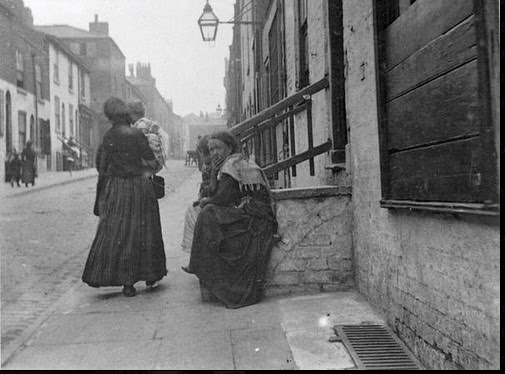
It appeared to have closed down for good in 2005 but reopened as a gastro pub with a restaurant upstairs and the painted sign leading to that restaurant is still on the staircase. We chatted for an hour or so about the day before heading back to the train station where Adam and I played for a few minutes again before I boarded the train back to Hebden Bridge.

I was the only woman from my piano group to participate in this event – hmmm . . . . Can you see me in this photo?
The following day was the regular piano group’s workshop in the basement of Forsyth’s music store, a business that has been in the family since 1857. There are ghost tours of the basement on Saturdays that I want to do! After the workshop 4 of us went to find a drink and I suggested The Bridge Tavern that I had gone to after April’s workshop. In April three of us had tried to find a quiet pub after the workshop but every one we tried was jammed packed with people. Eventually I’d asked one of the bouncers at one of these raucous pubs if he could suggest a quiet pub. “Try The Bridge” he said. “It’s like a morgue in there.” So off we went and discovered it’s lovely rooftop beer garden – surely a hidden gem! It’s surrounded on all sides by the back of taller old buildings and it had a great atmosphere. It’s just around the corner from Forsyth’s. The Bridge is a small pub set 100 yards down Bridge Street in a block of other shops. Originally a bit of a rough and ready style pub, the Bridge has reinvented itself as a gastro-ish type (via the tenure of Robert Owen-Brown who left here for the Angel Beerhouse). Ah, ha. I hadn’t known of the connection between the 2 pubs until I came to research for this blog. The Bridge Street Tavern, as it was previously known until quite recently, was originally the Pack Horse, licensed in 1808, with its name coming from the pack horse drivers from the nearby tannery that supped in here. The back of the Bridge backs on the original Salford and Manchester Street Children’s Mission (Founded by Alfred Alsop in 1869) the offices of which are still there to this day and still provides Manchester’s underprivileged kids with clothing, food, toys and Christmas presents. One reviewer writes: ‘I suppose with the area in which it’s situated, it’s trying to grab a slice of the Spinningfields action, but you get the feeling that it is neither a traditional pub nor a posh yuppie bar and has fallen somewhere in between.’
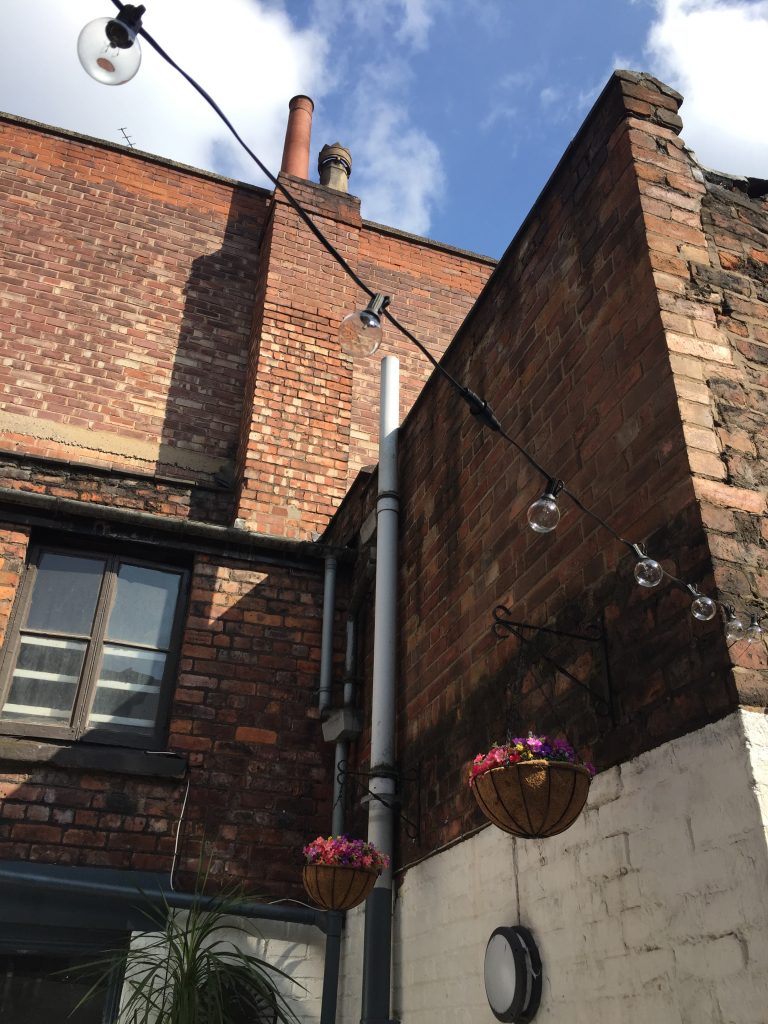
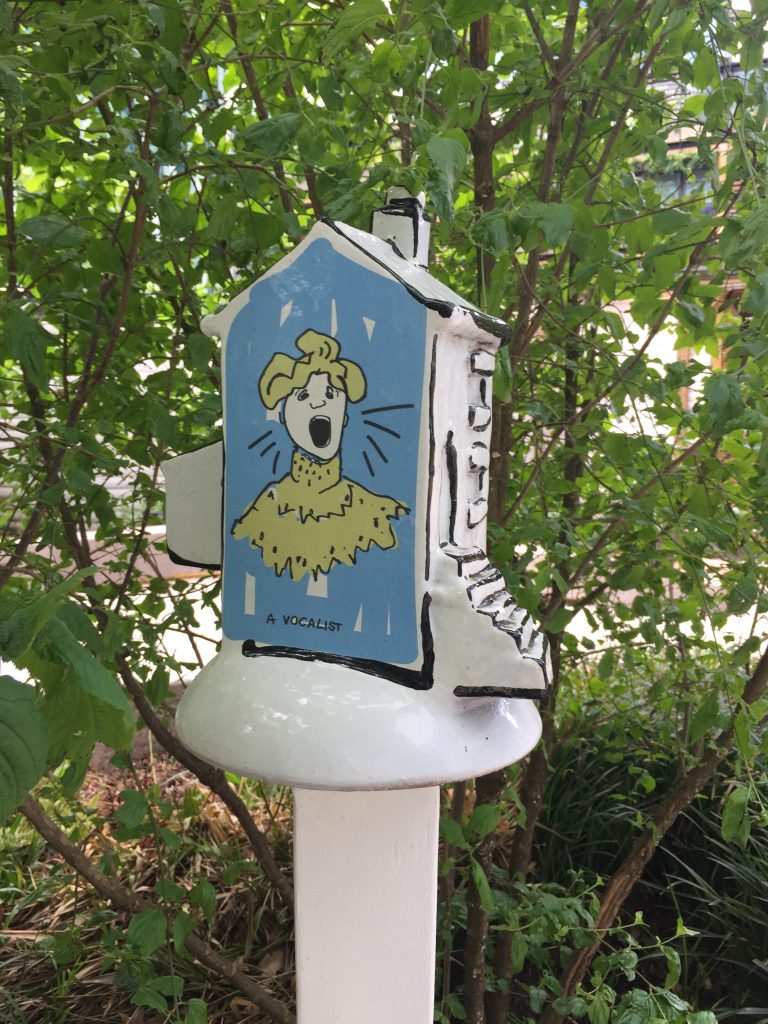
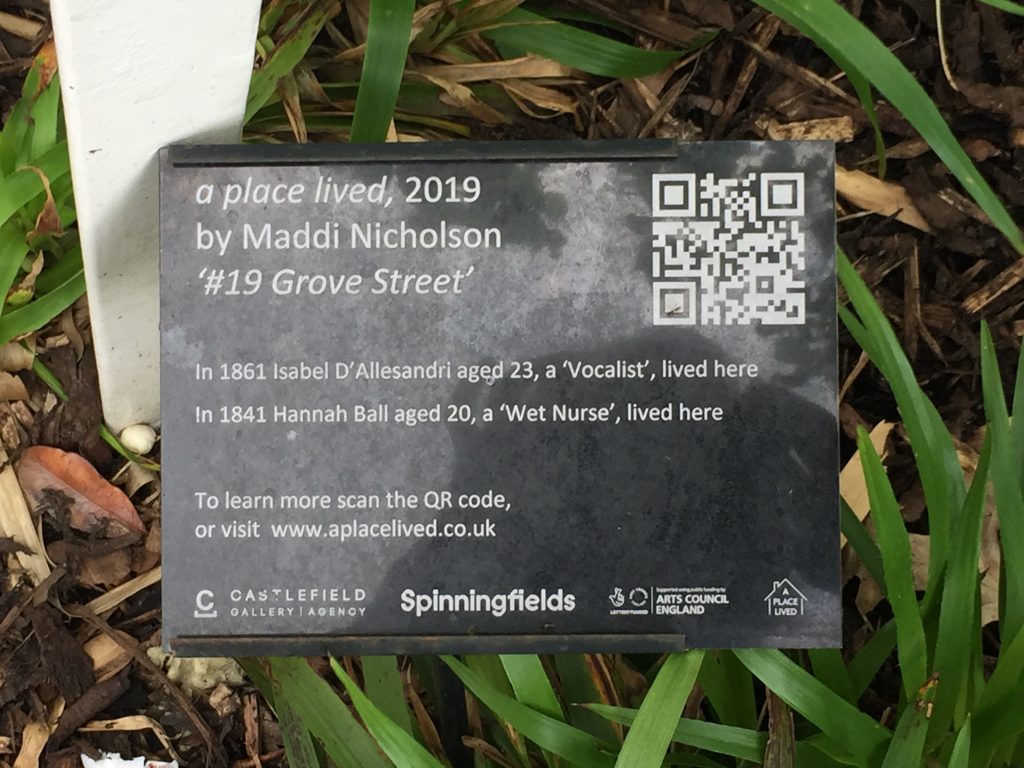
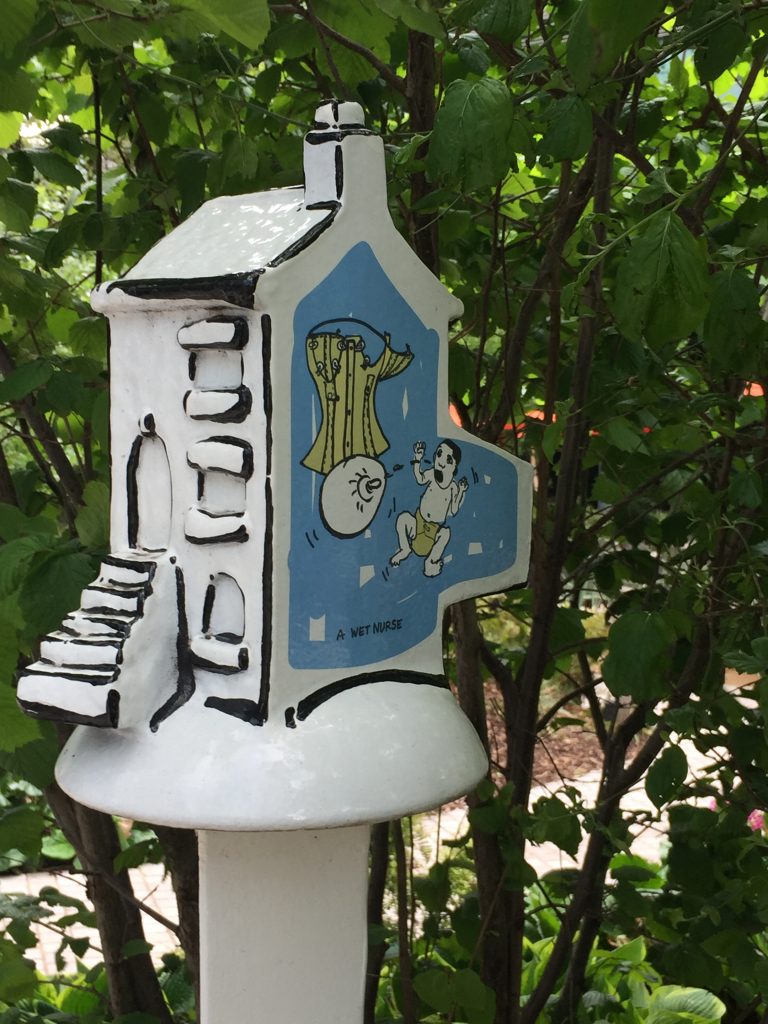
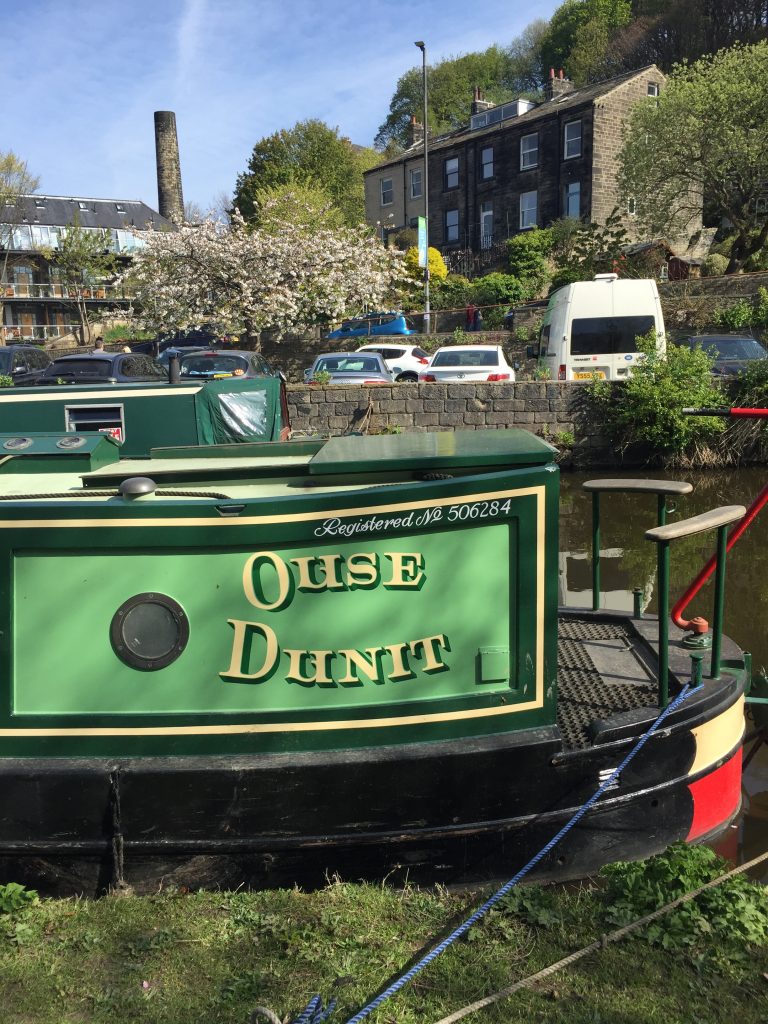
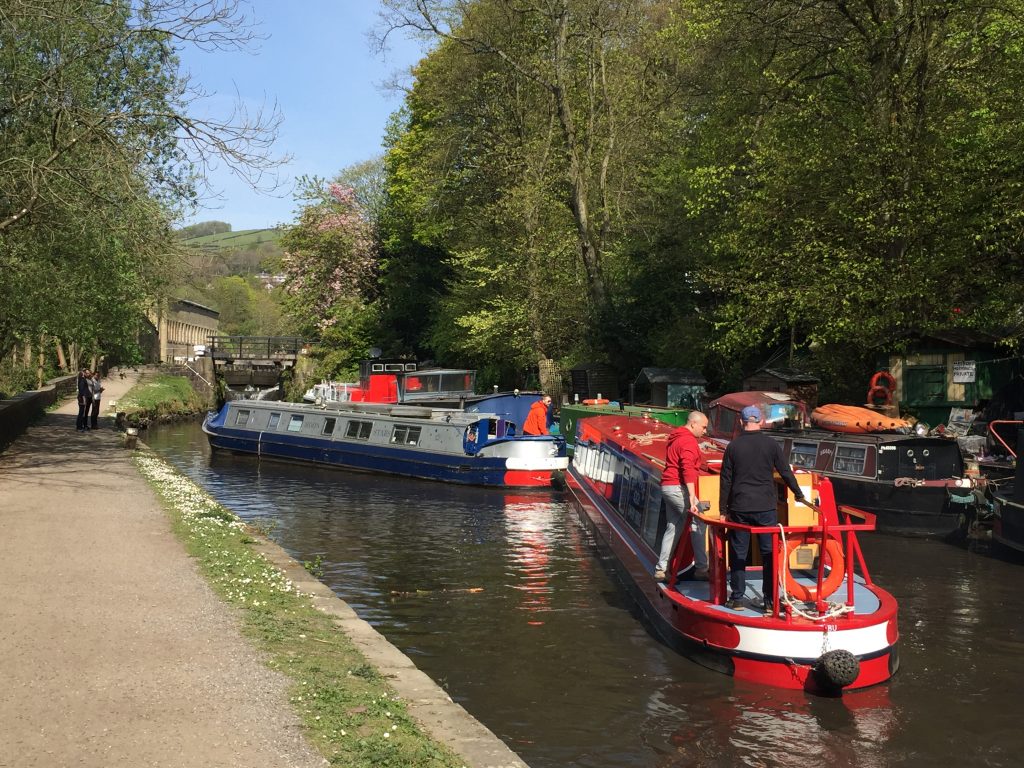
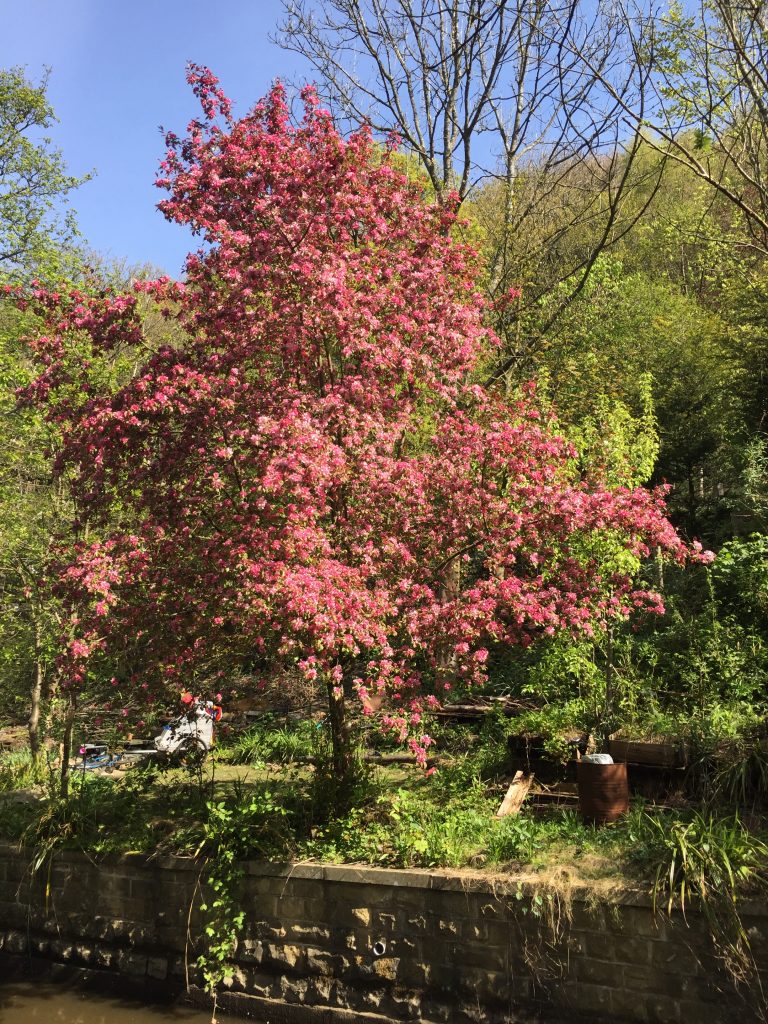
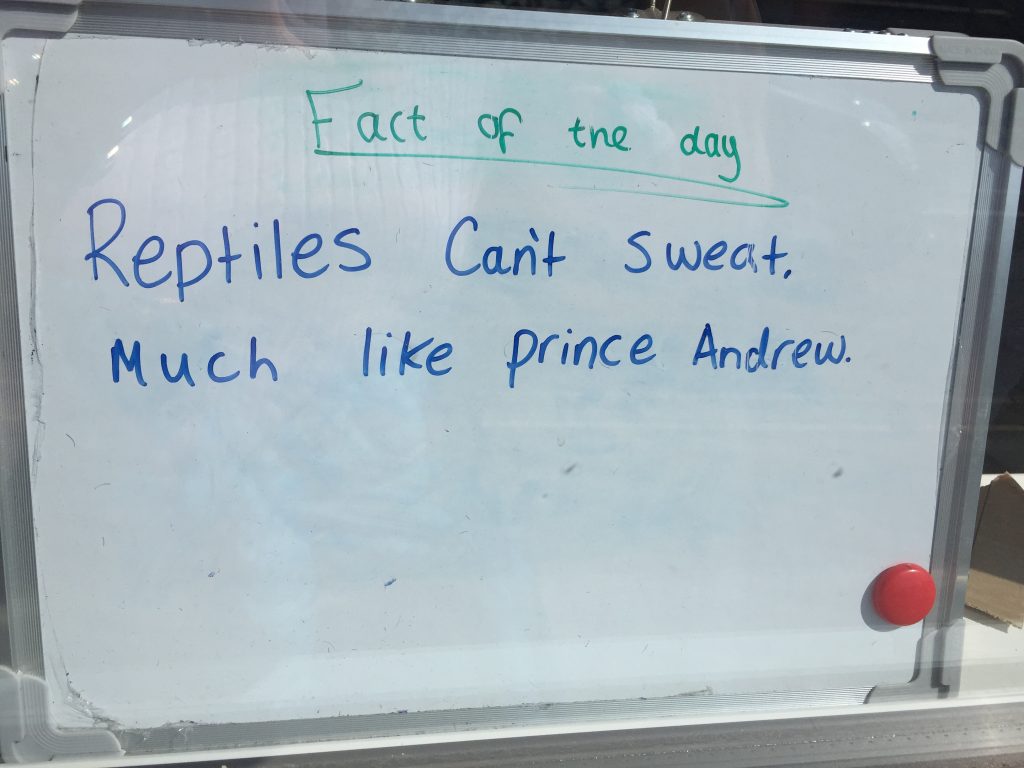
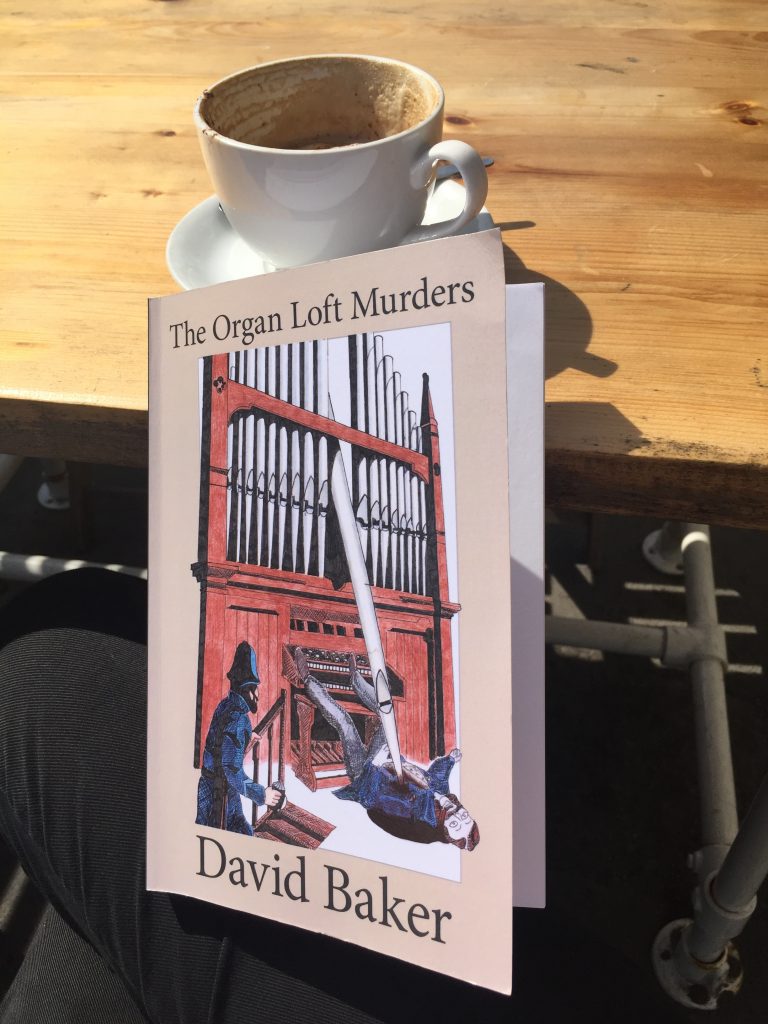
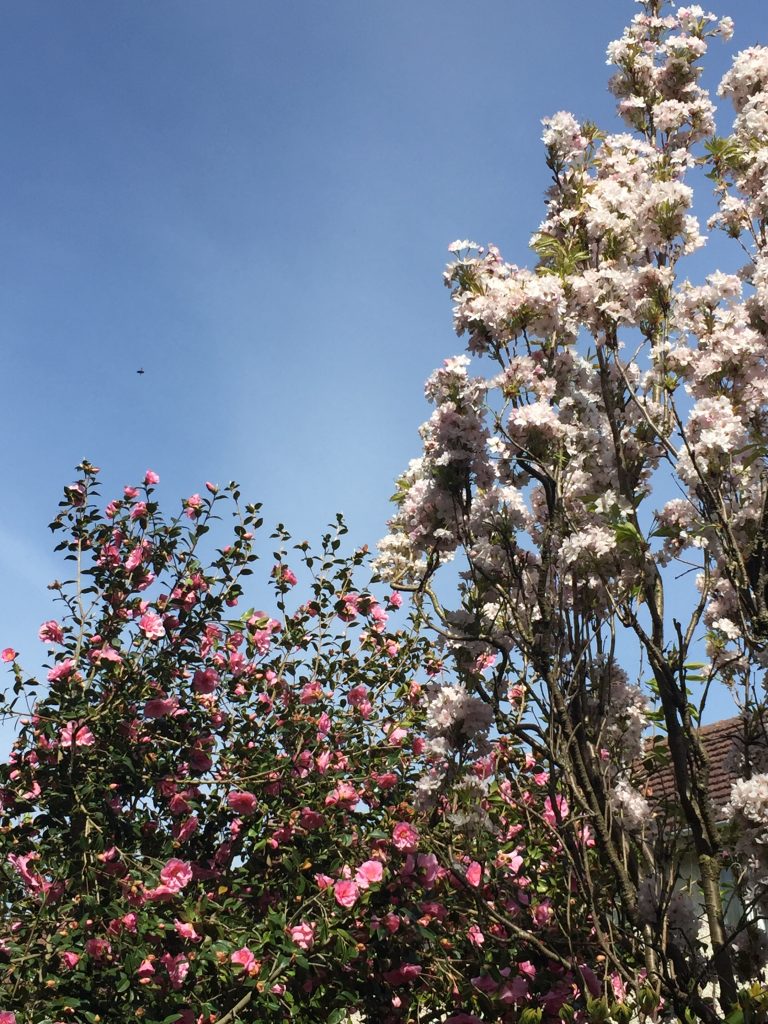
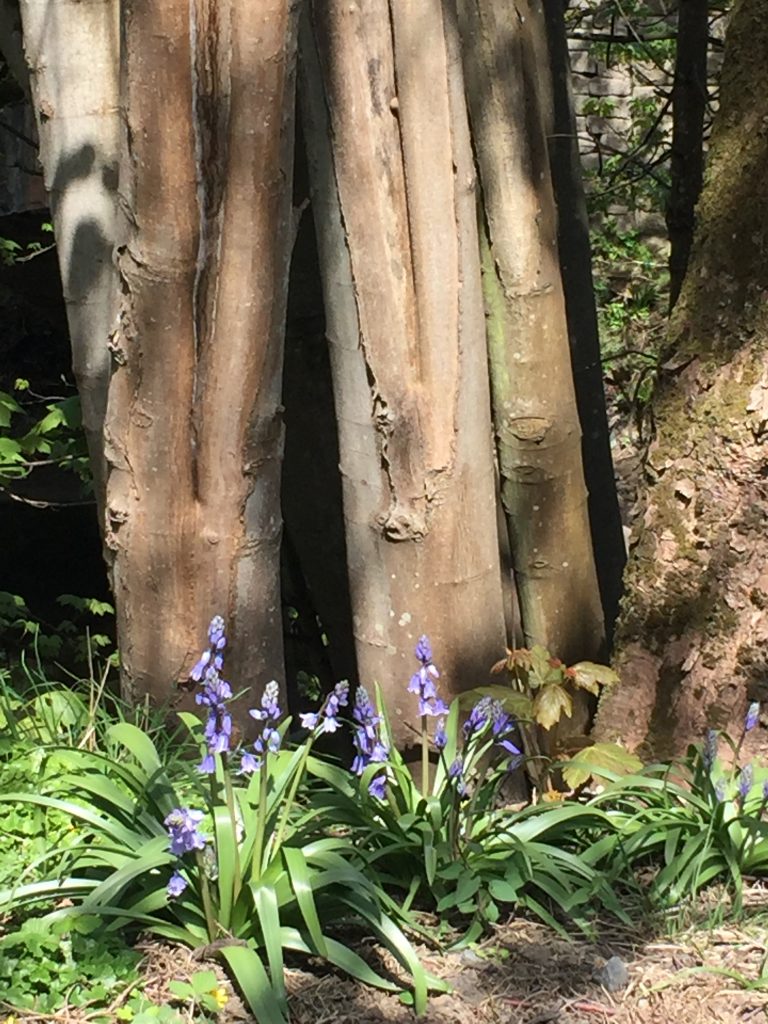
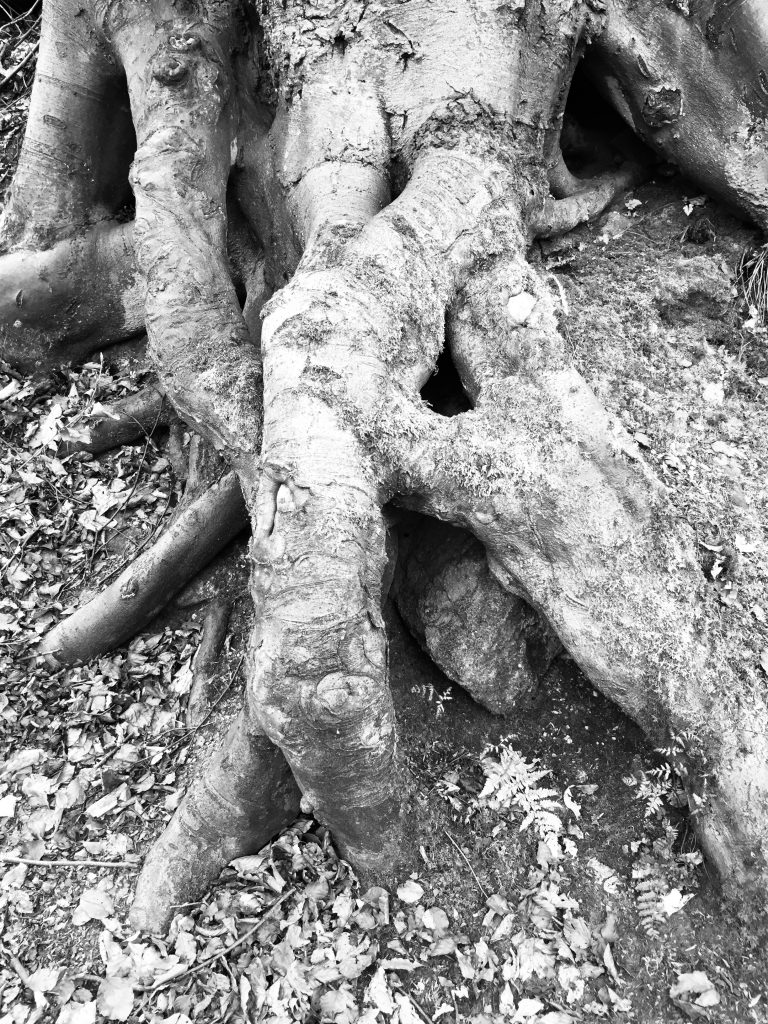
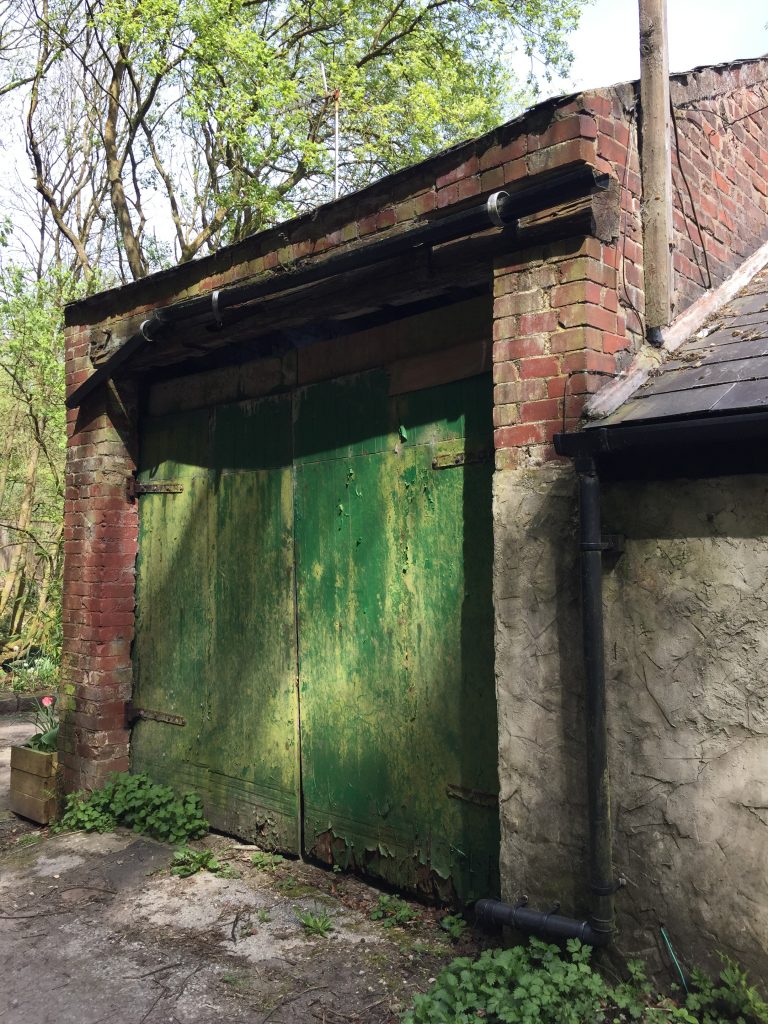
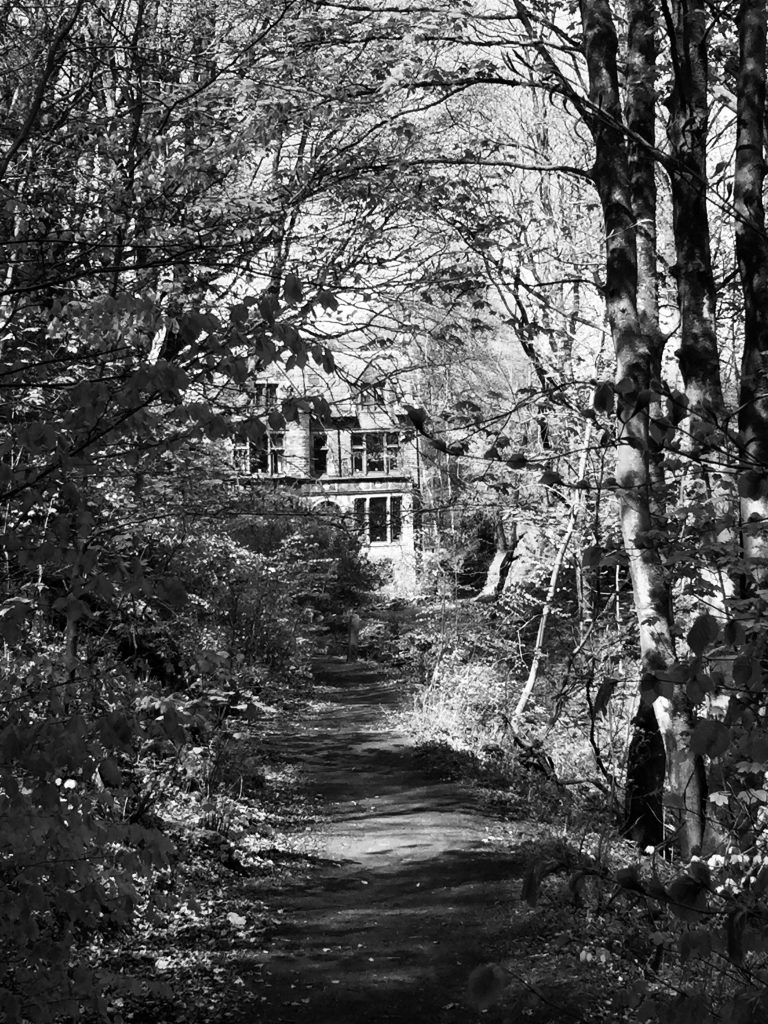
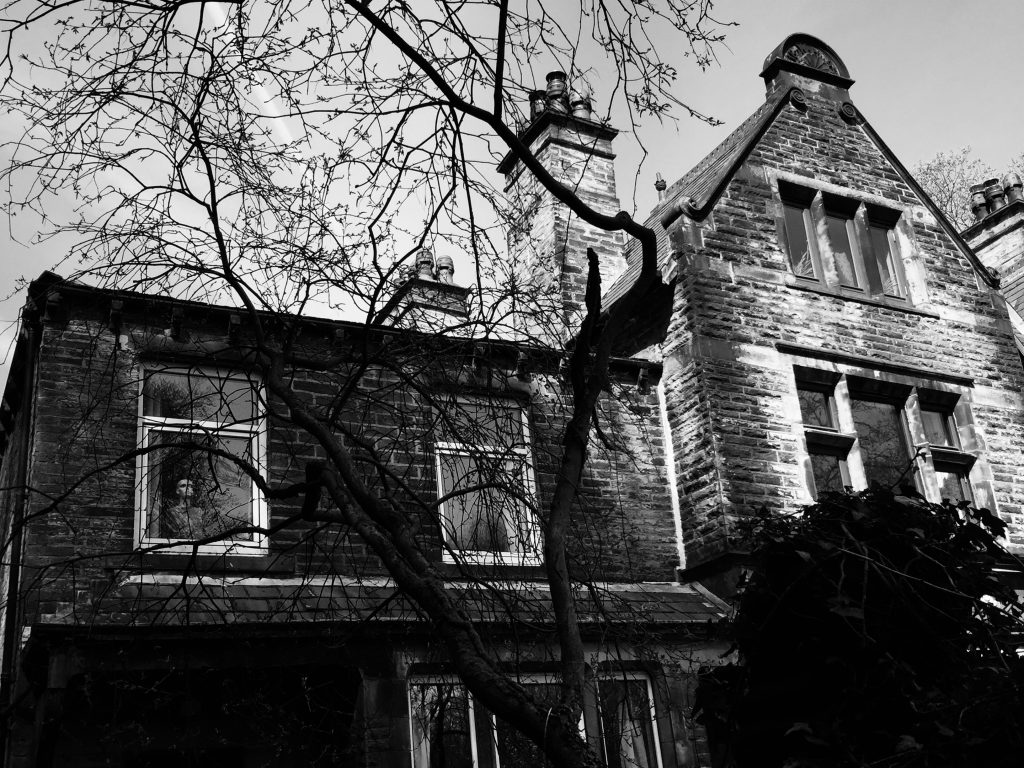
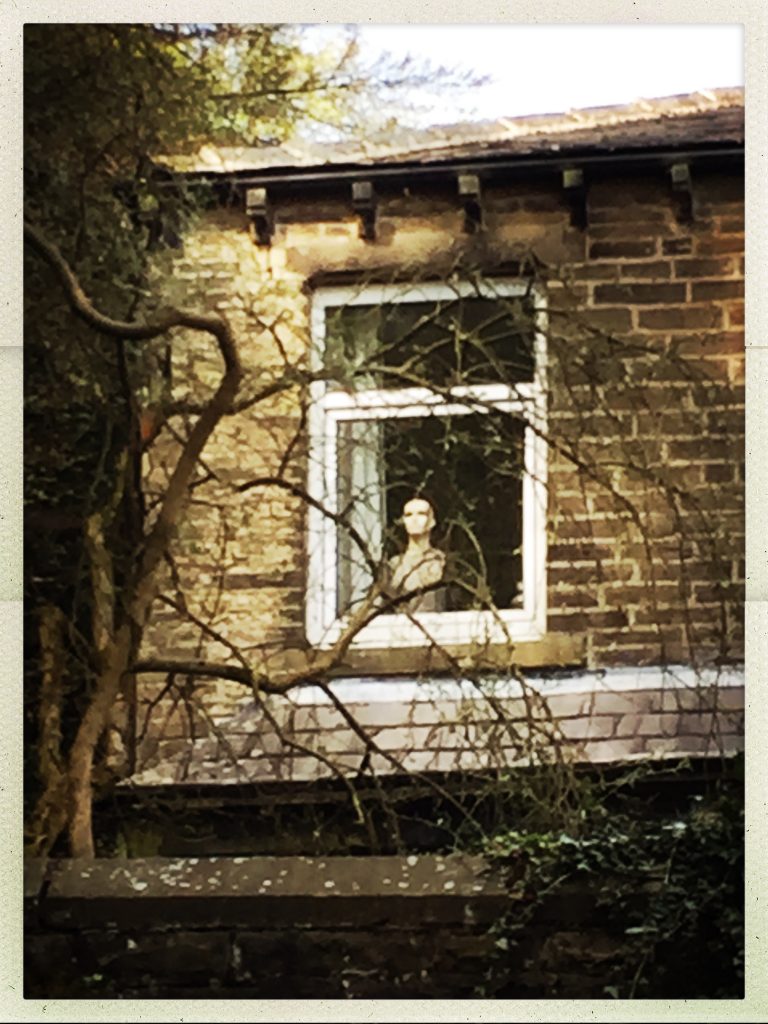
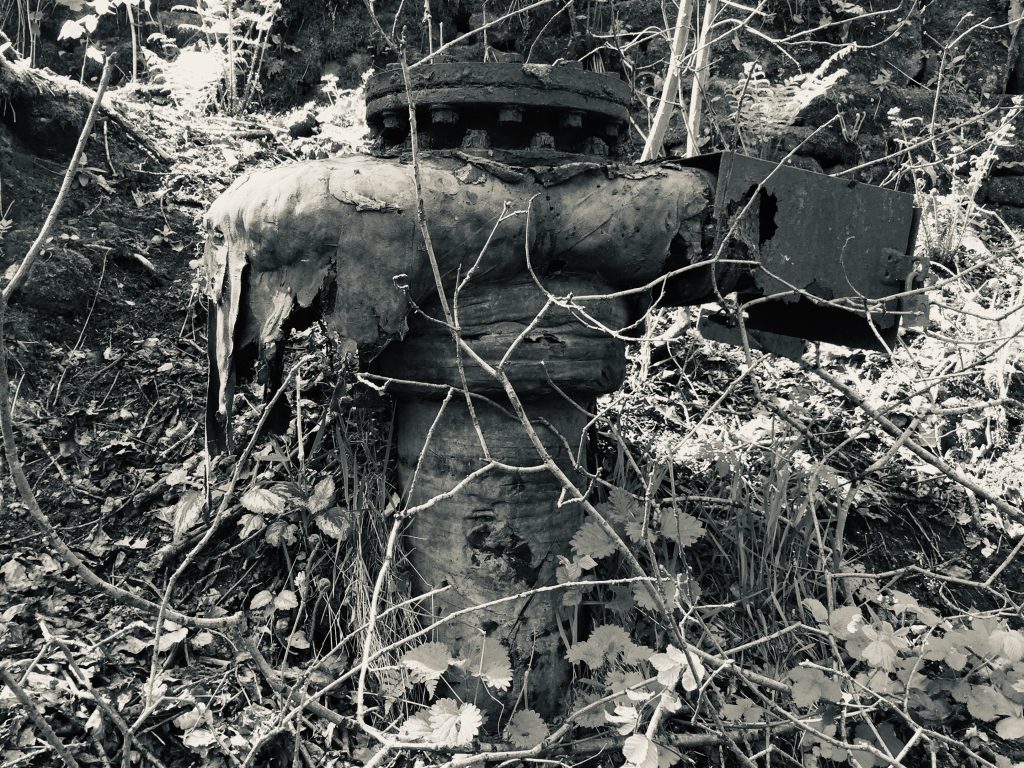
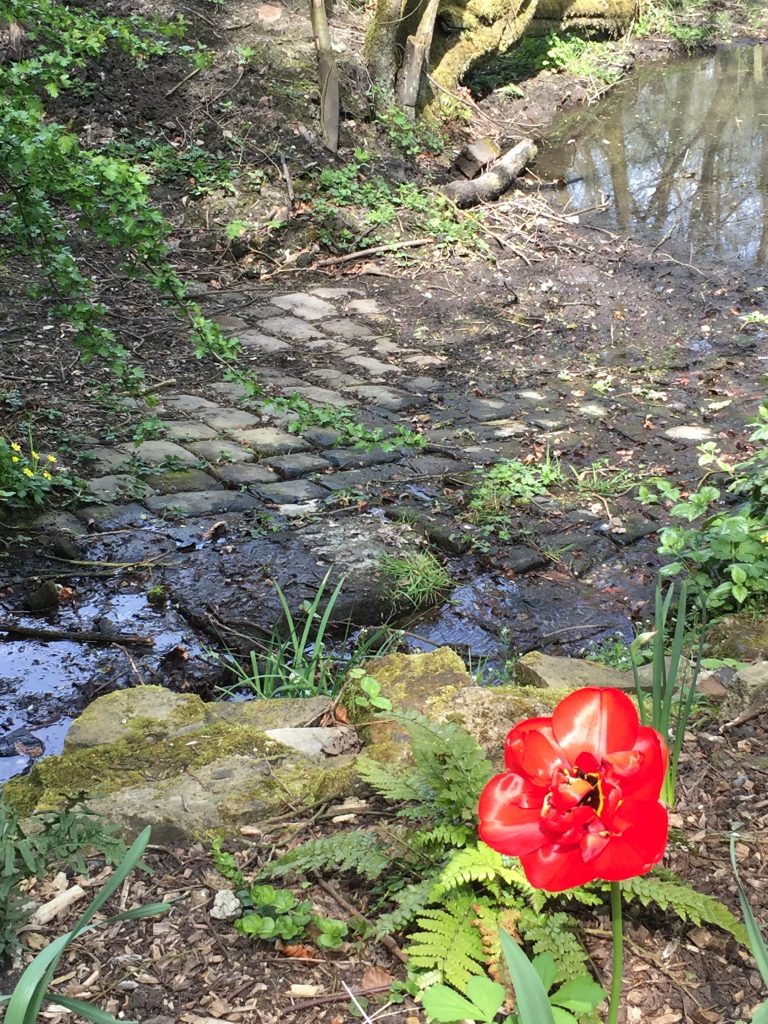
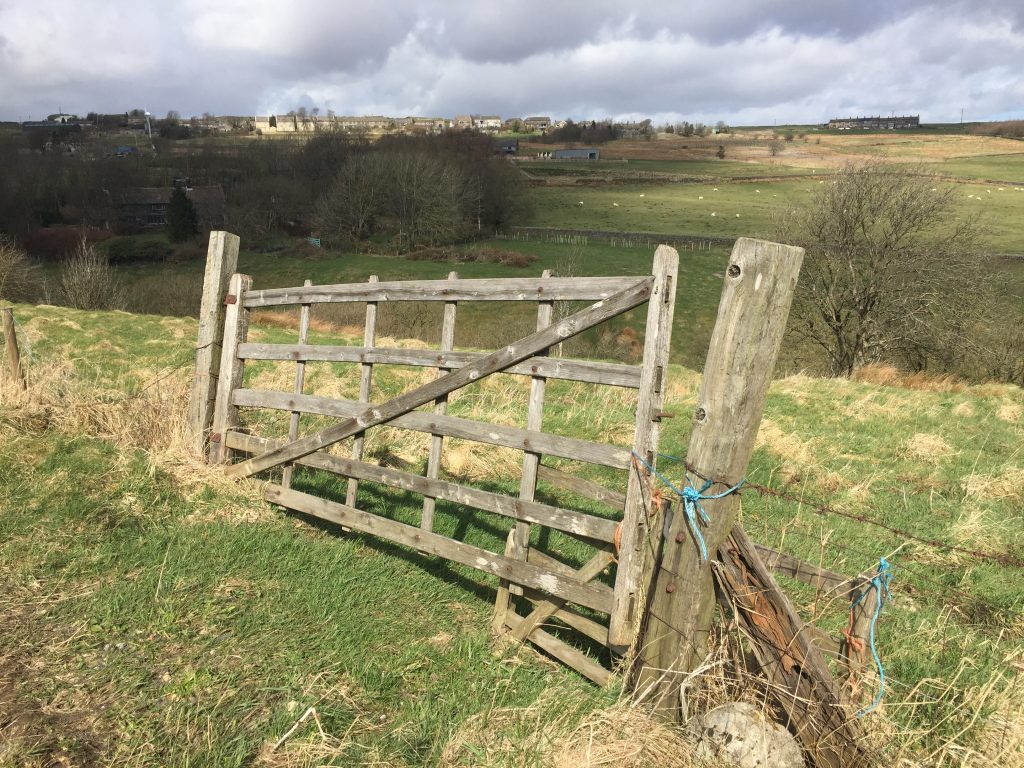
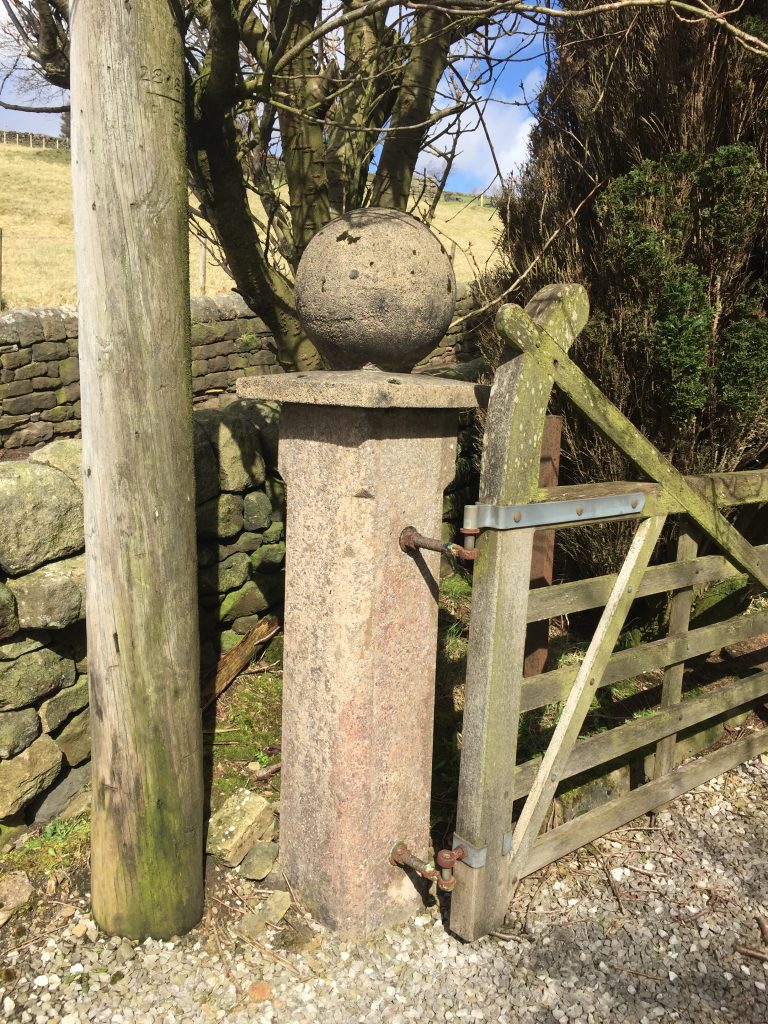
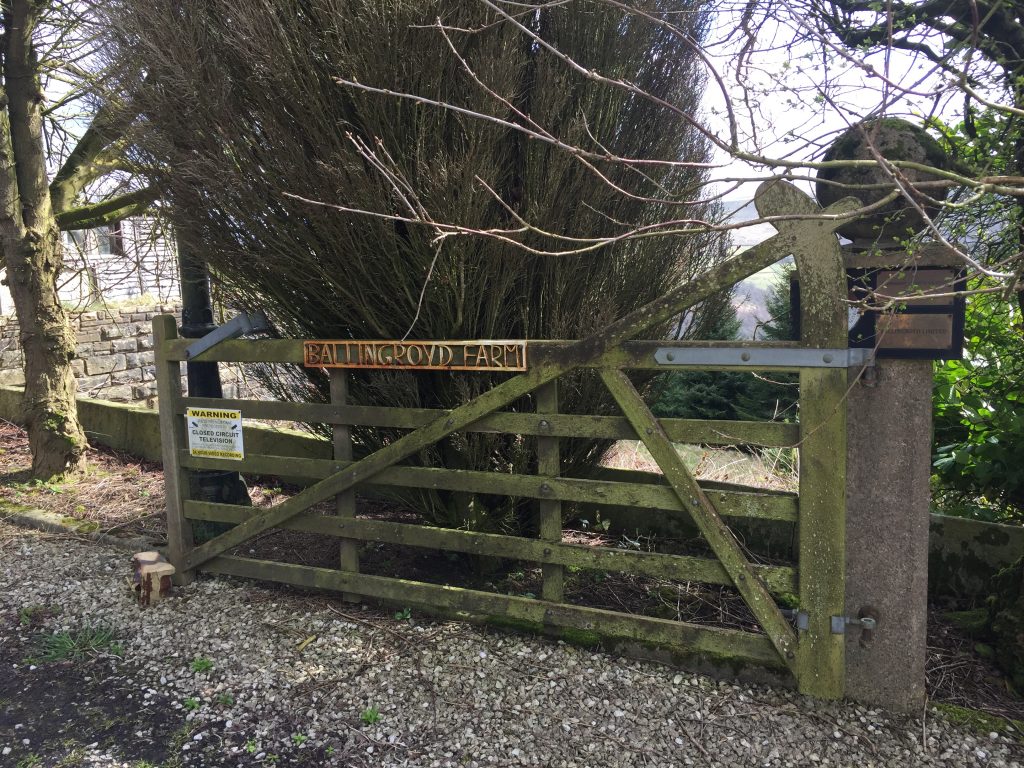
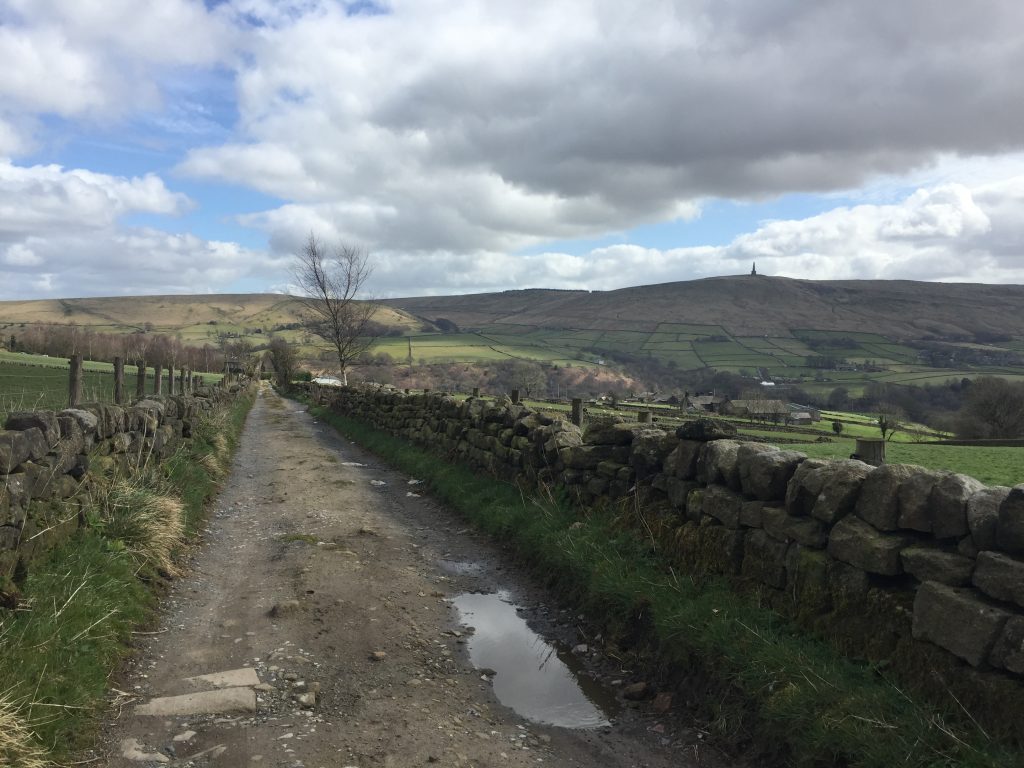
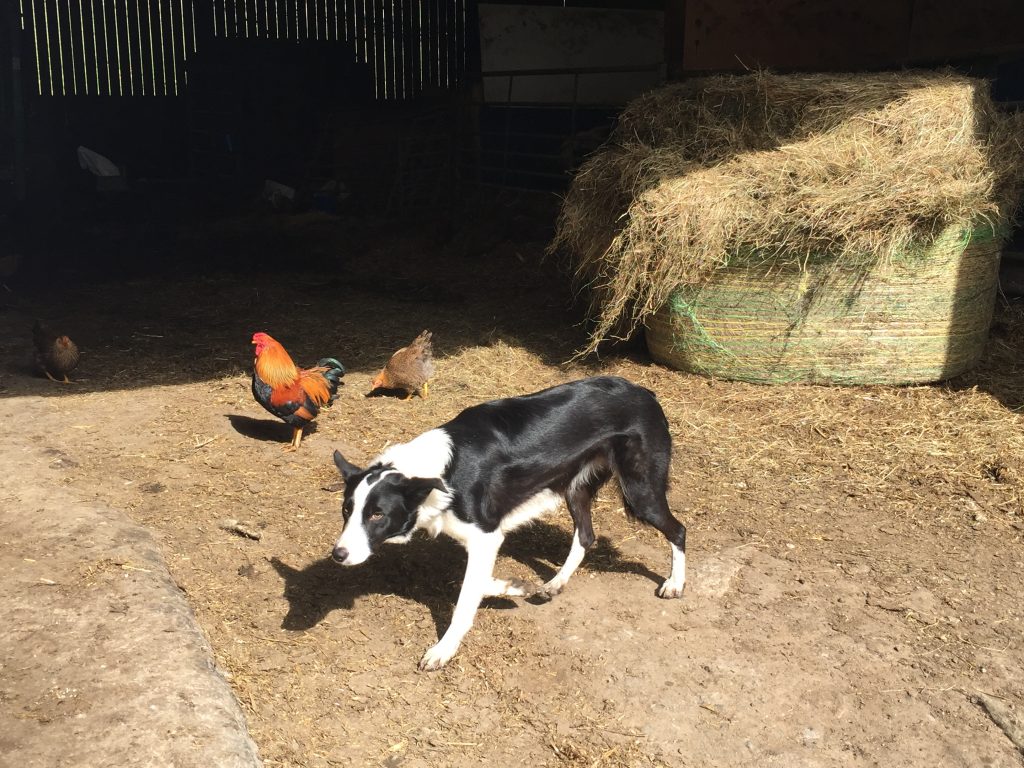

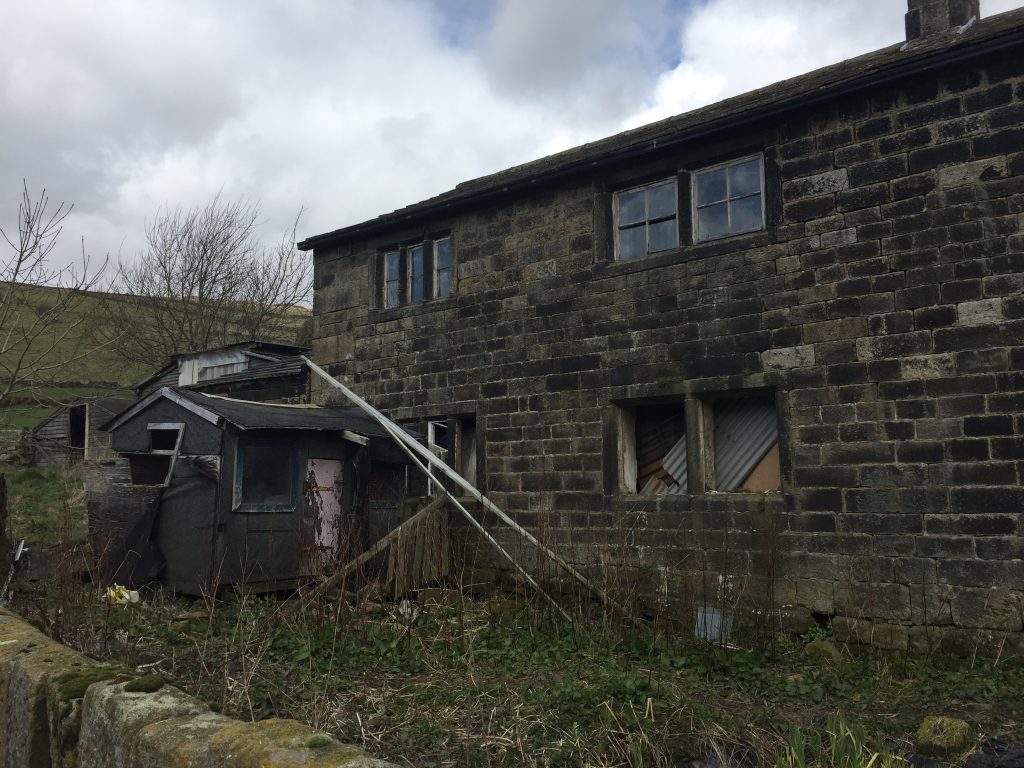
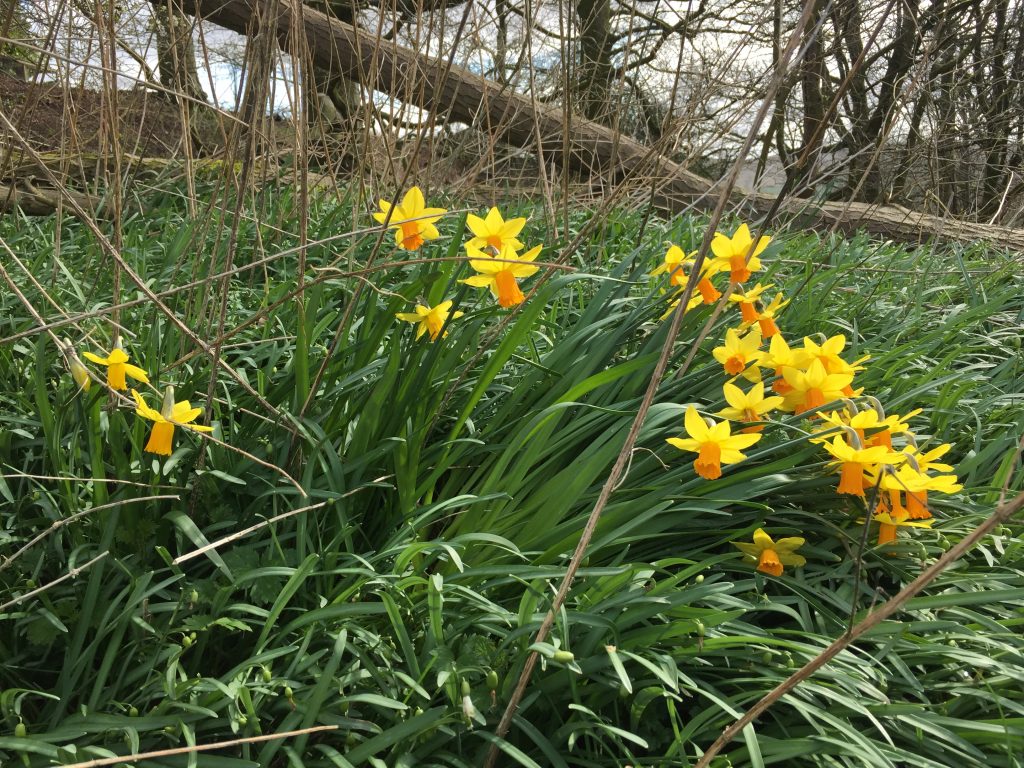
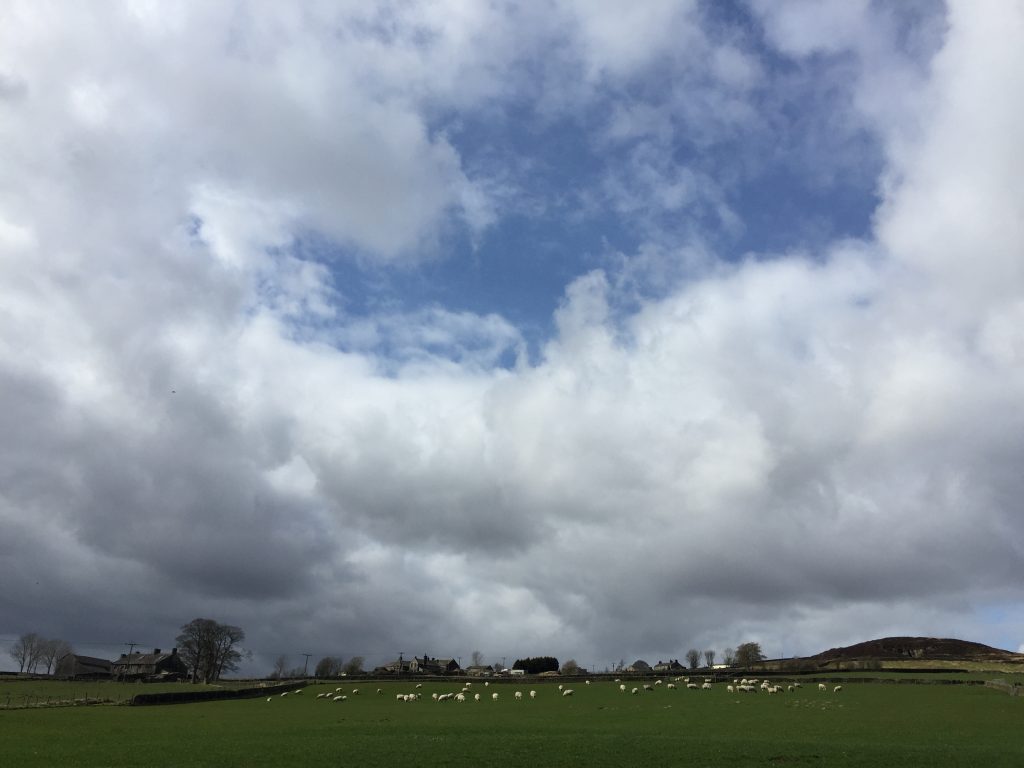
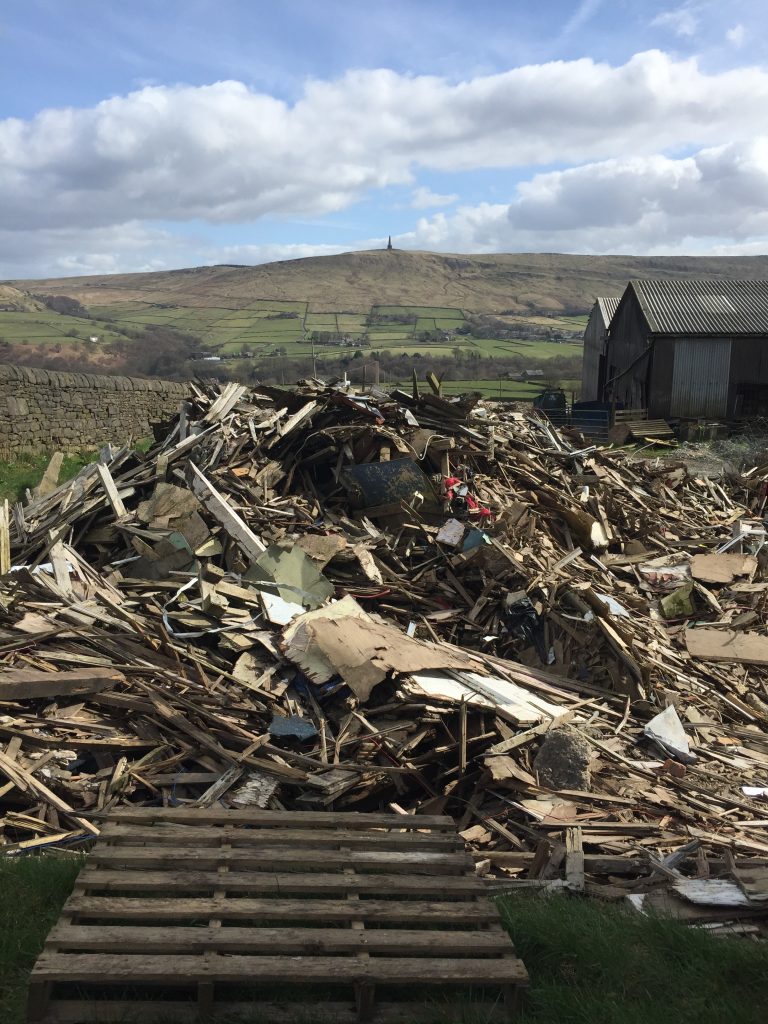
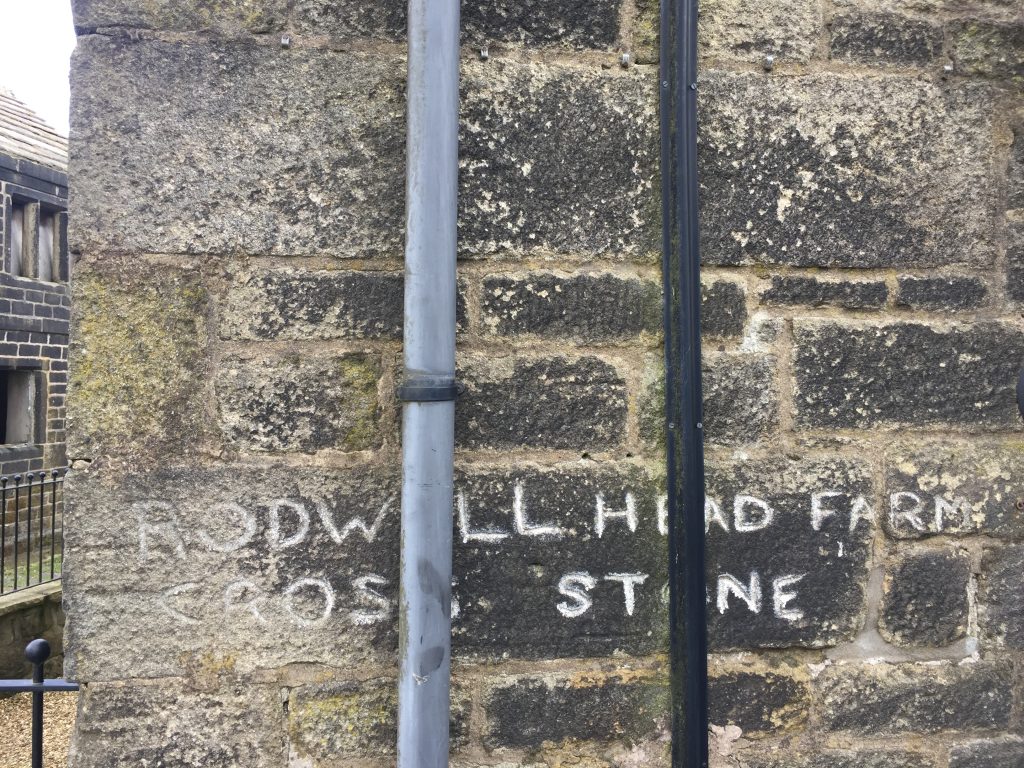
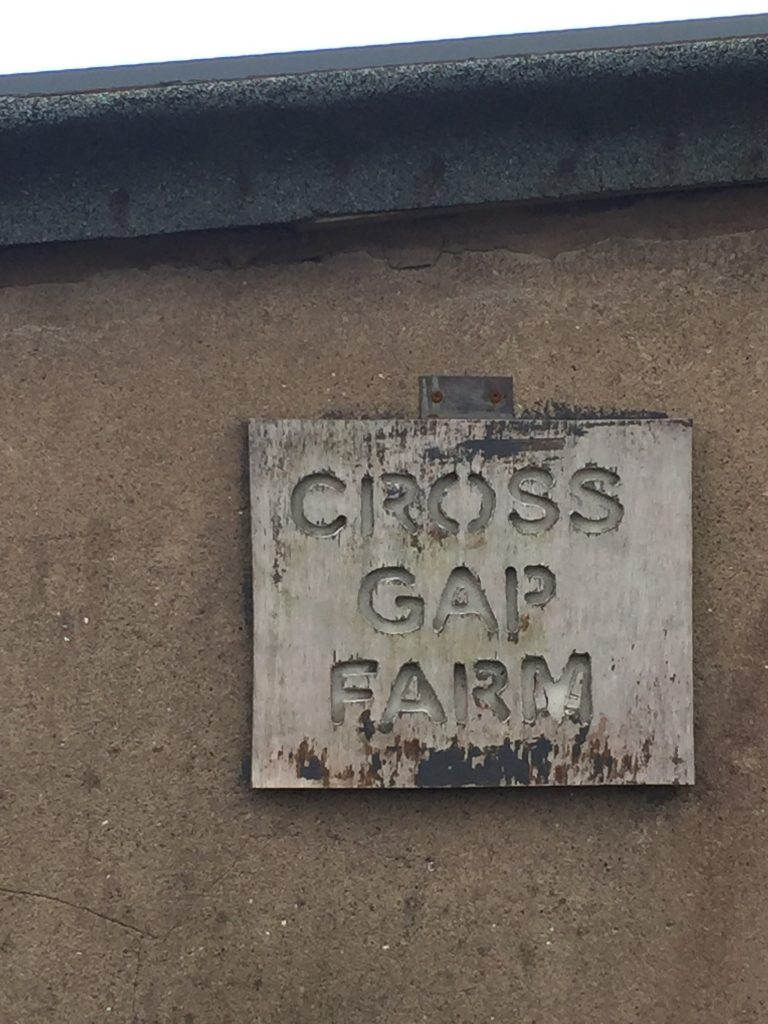
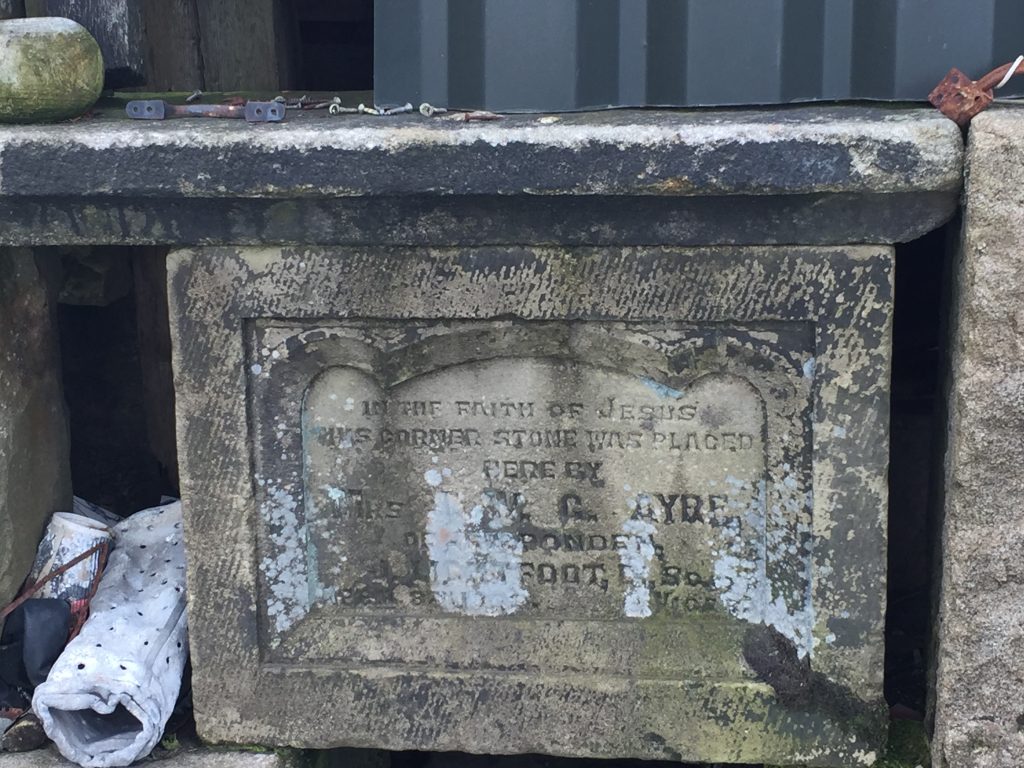
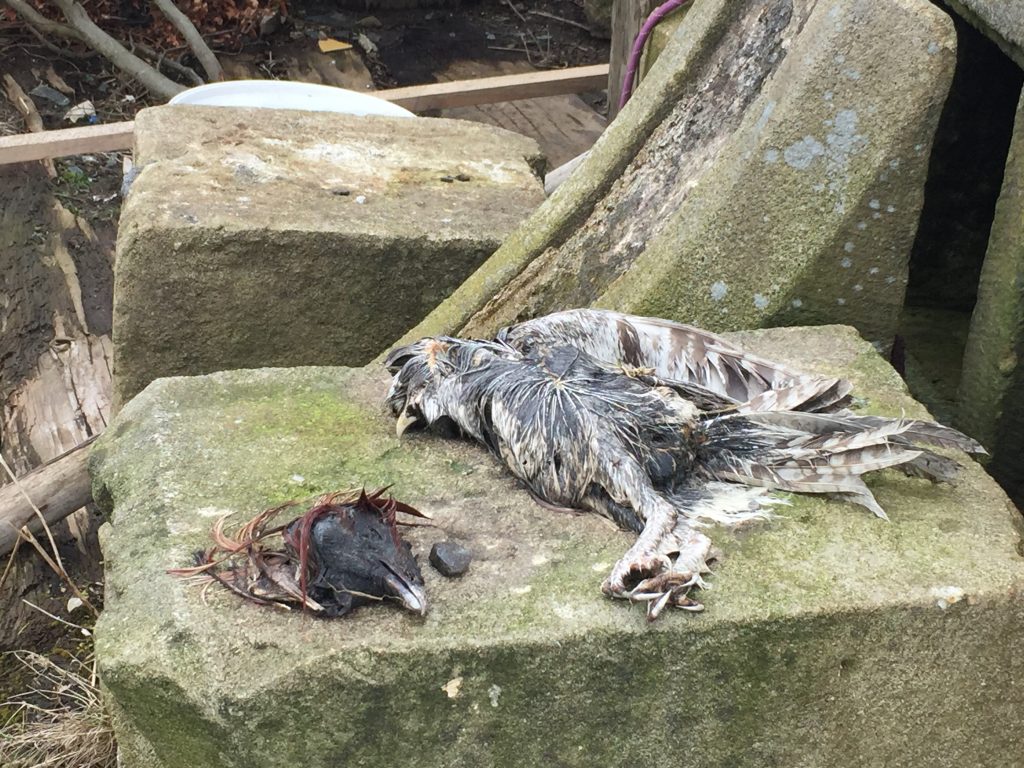
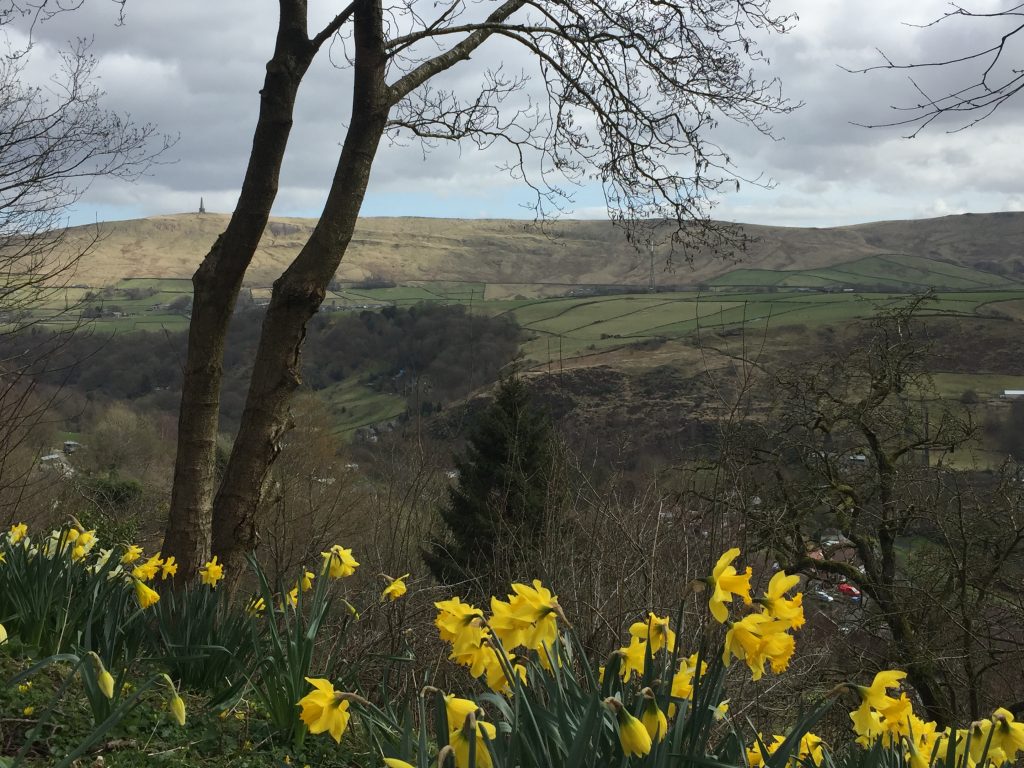
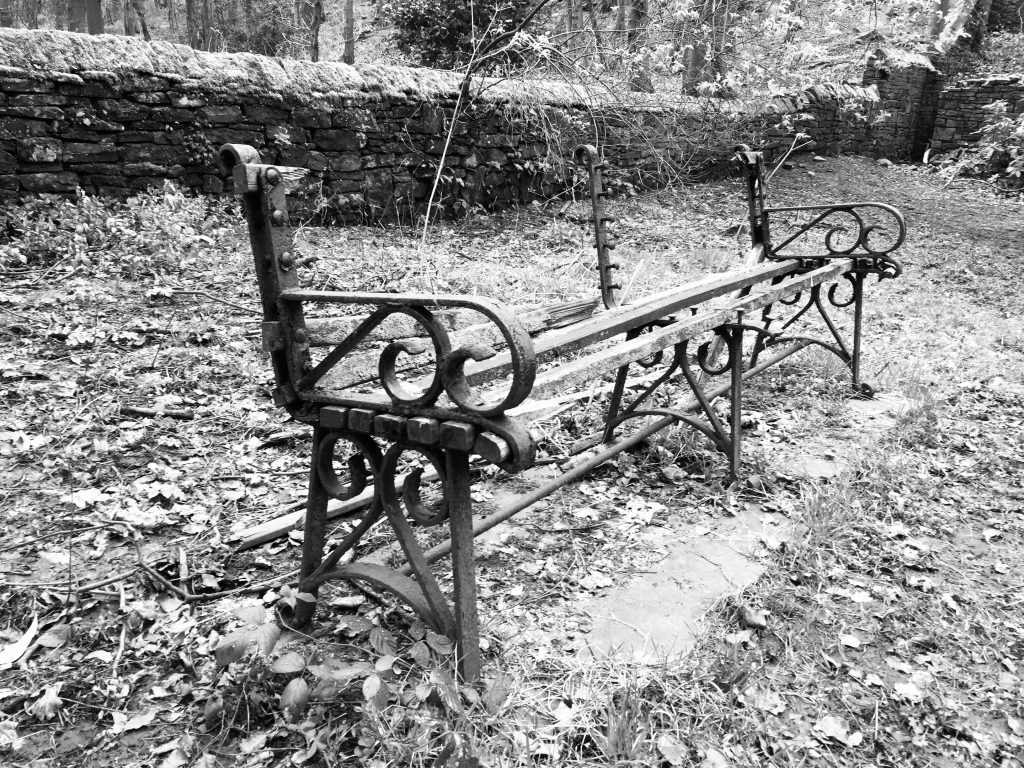
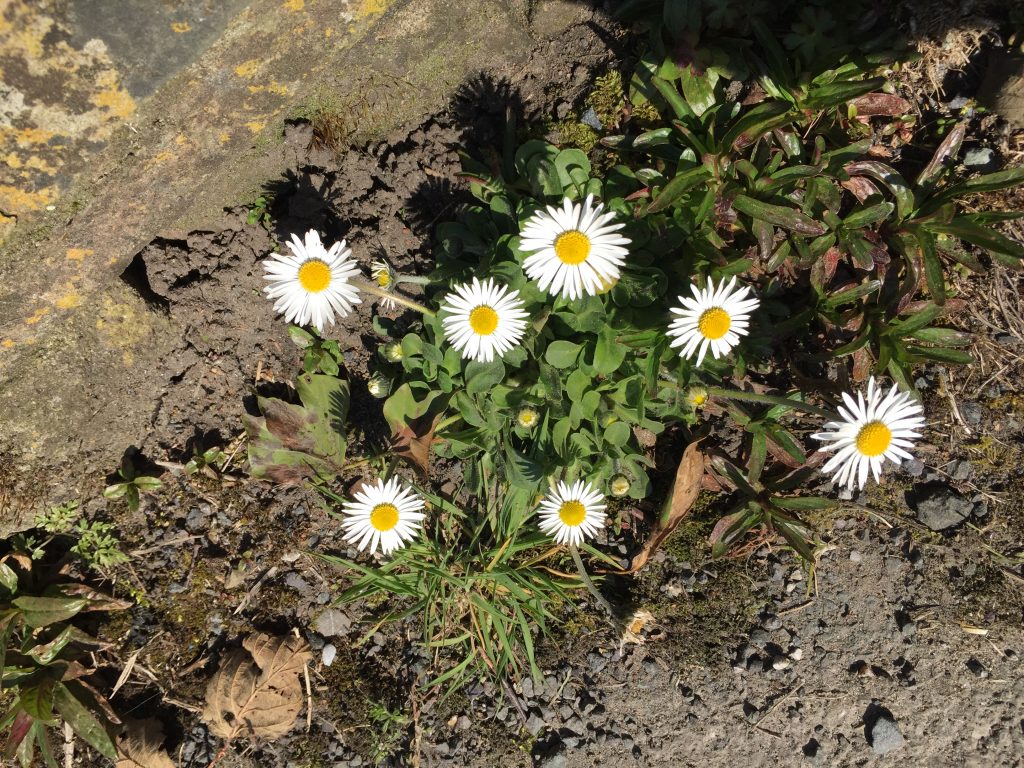

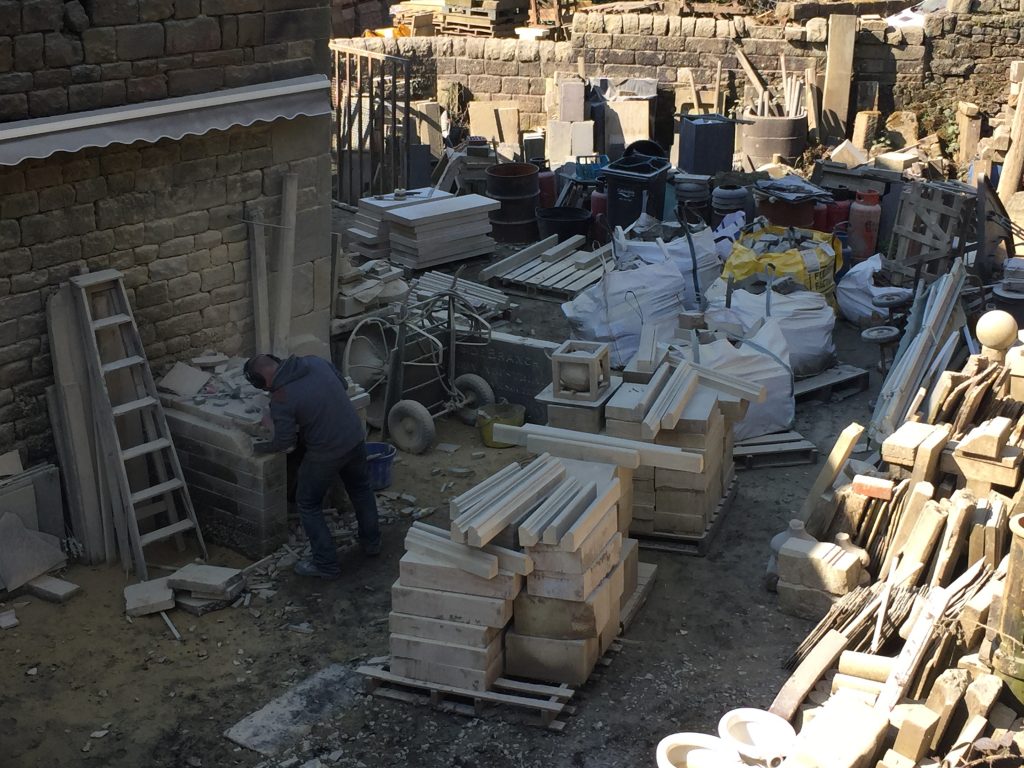

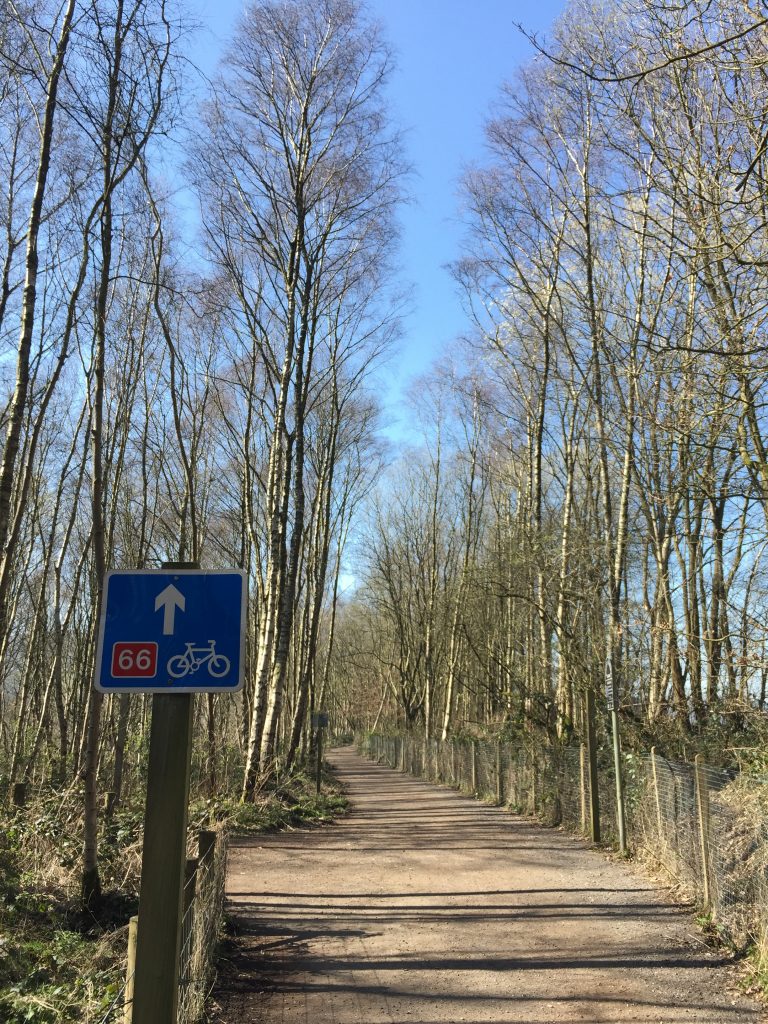
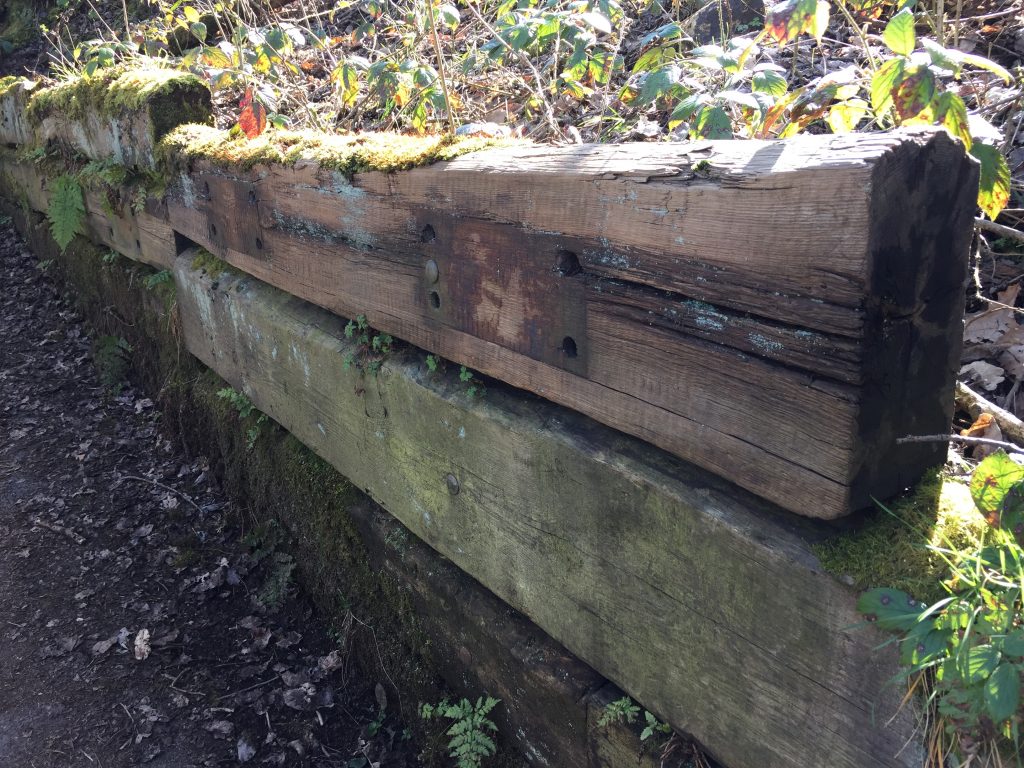
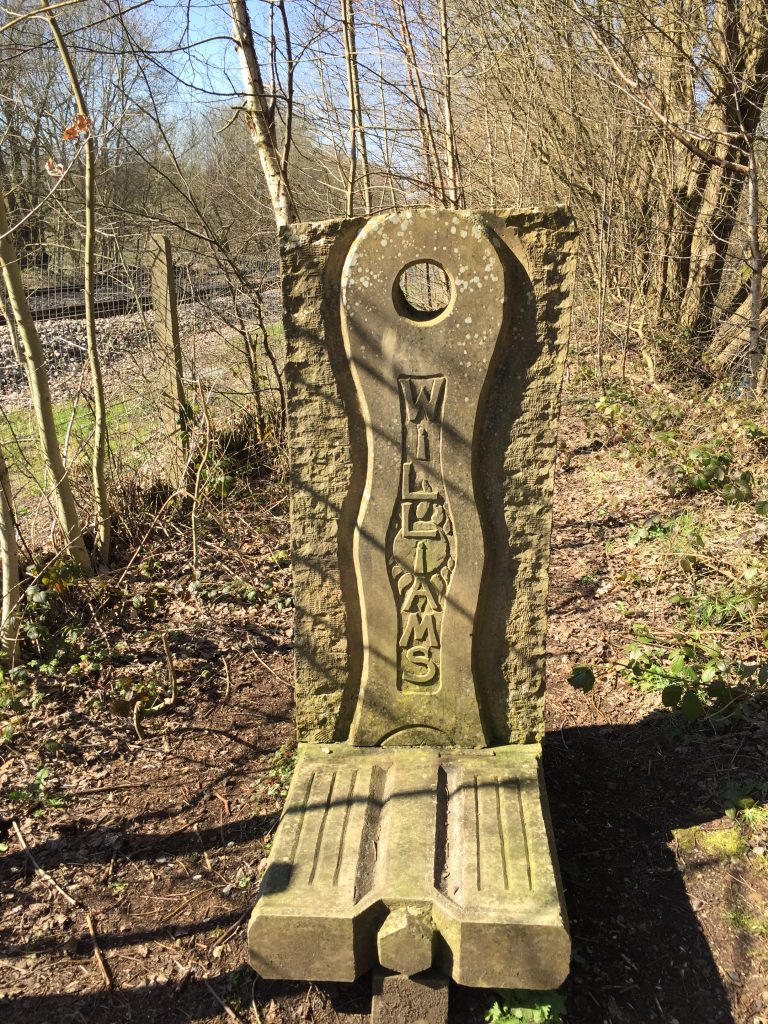
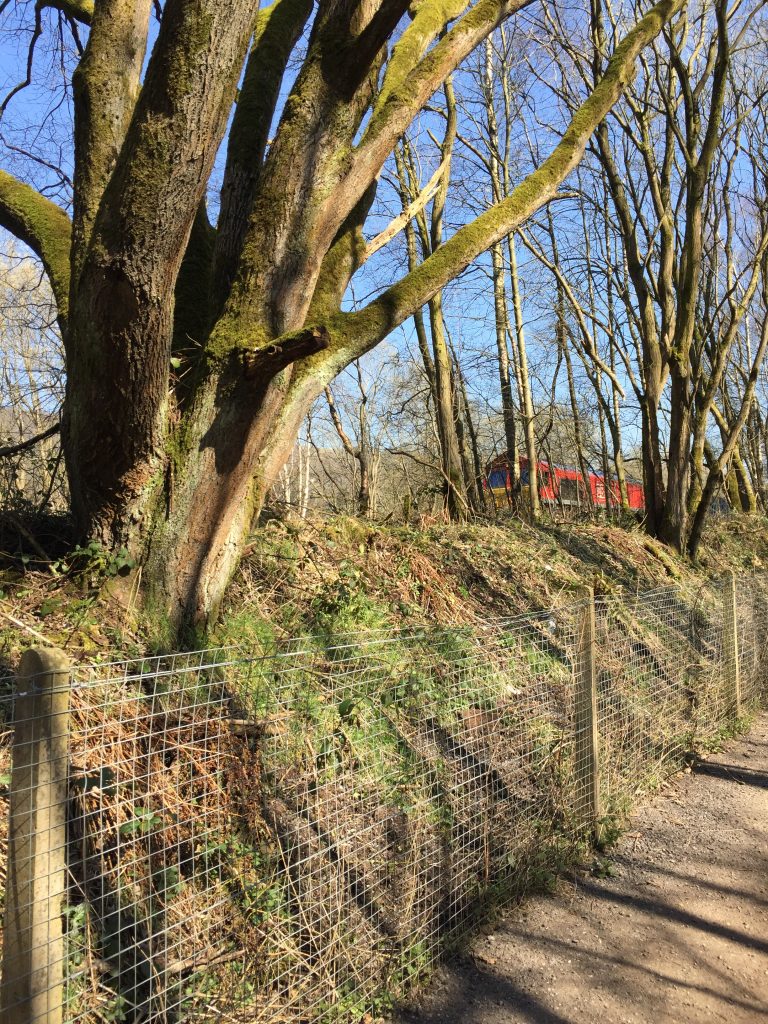
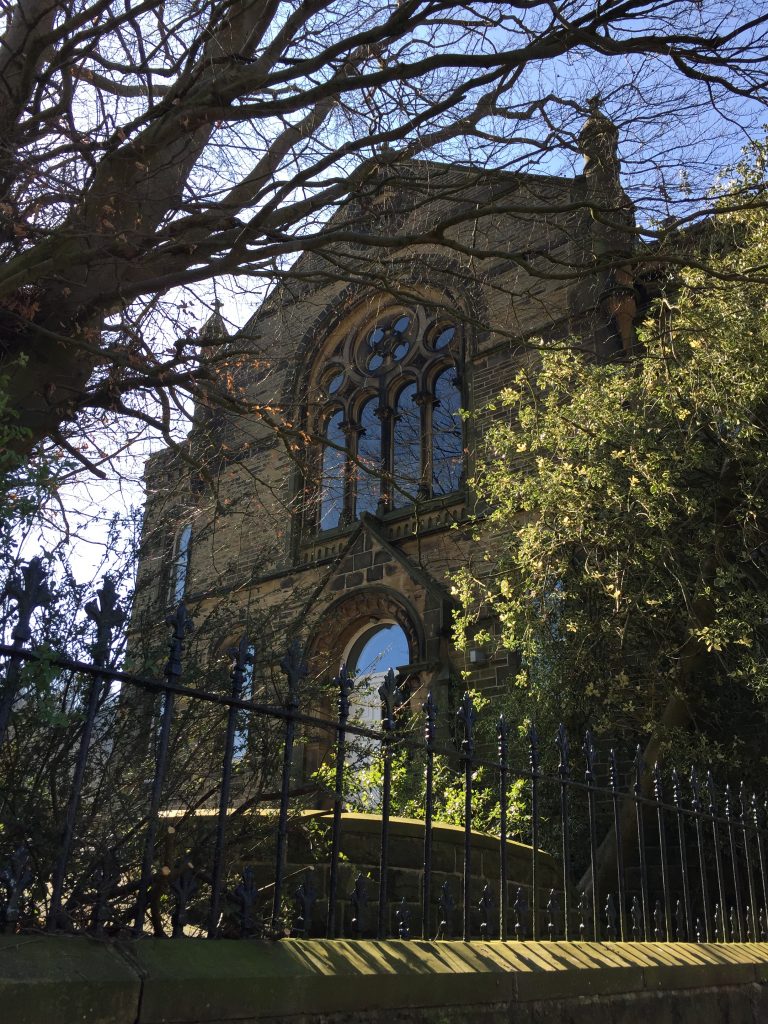
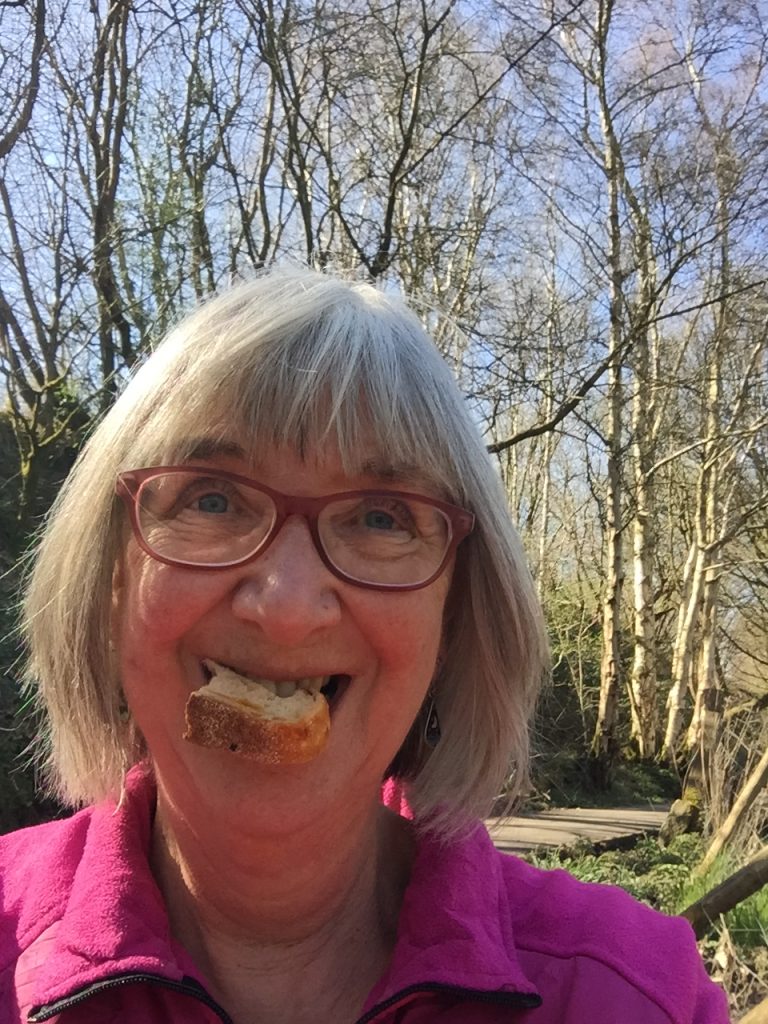
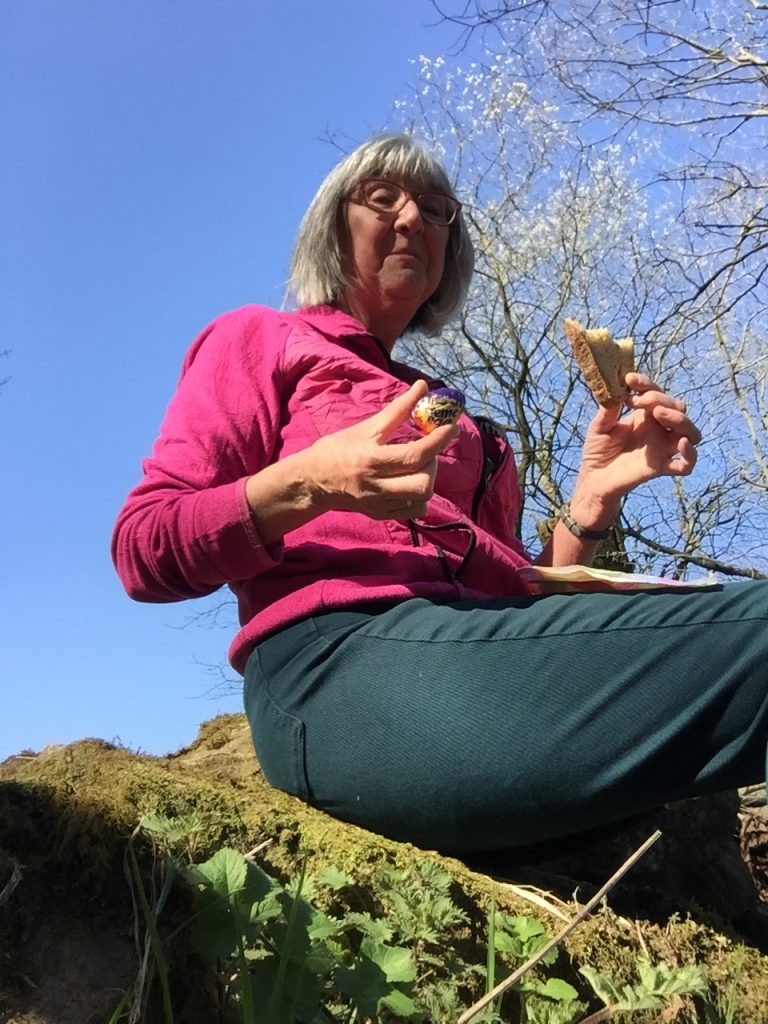
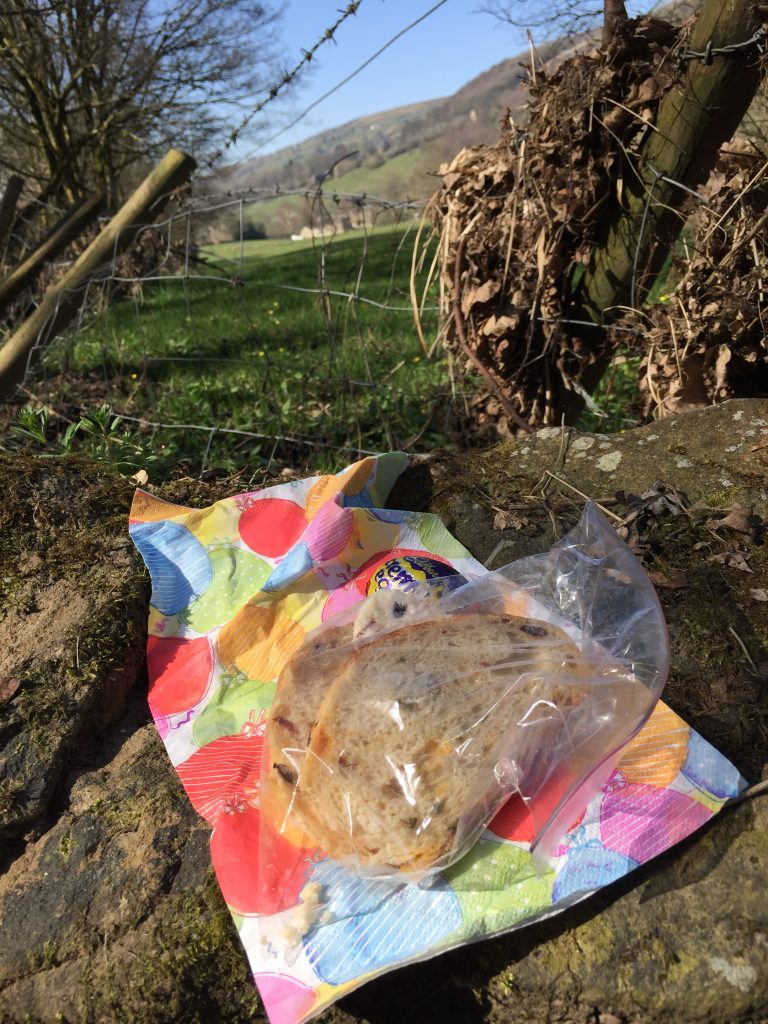
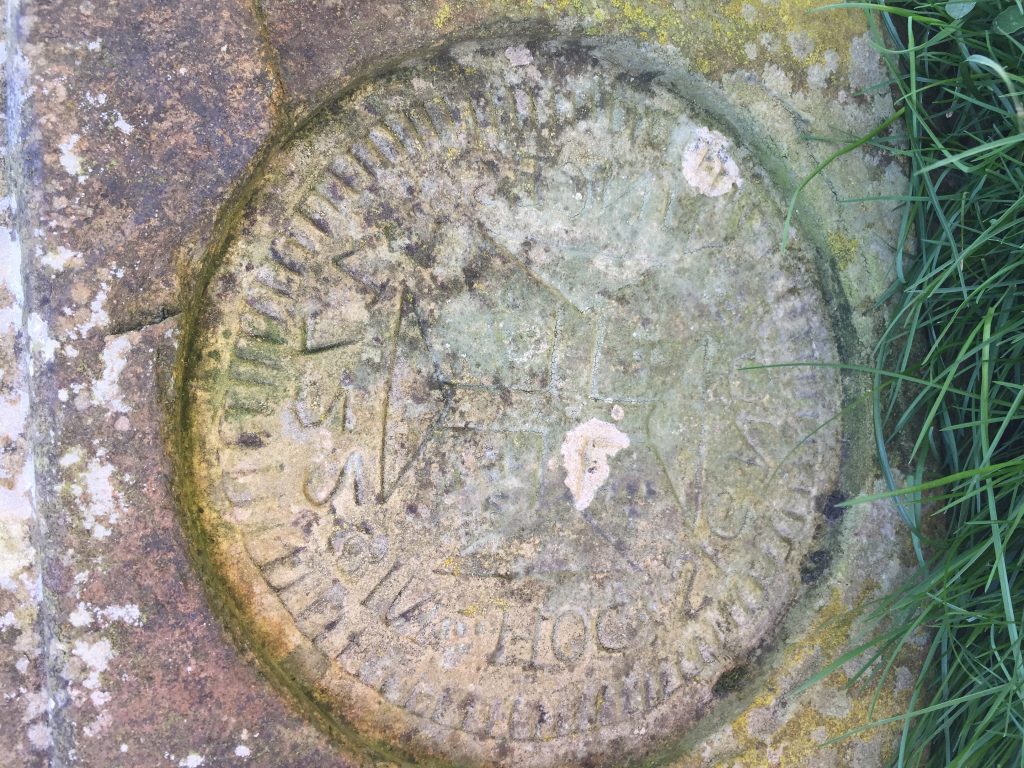
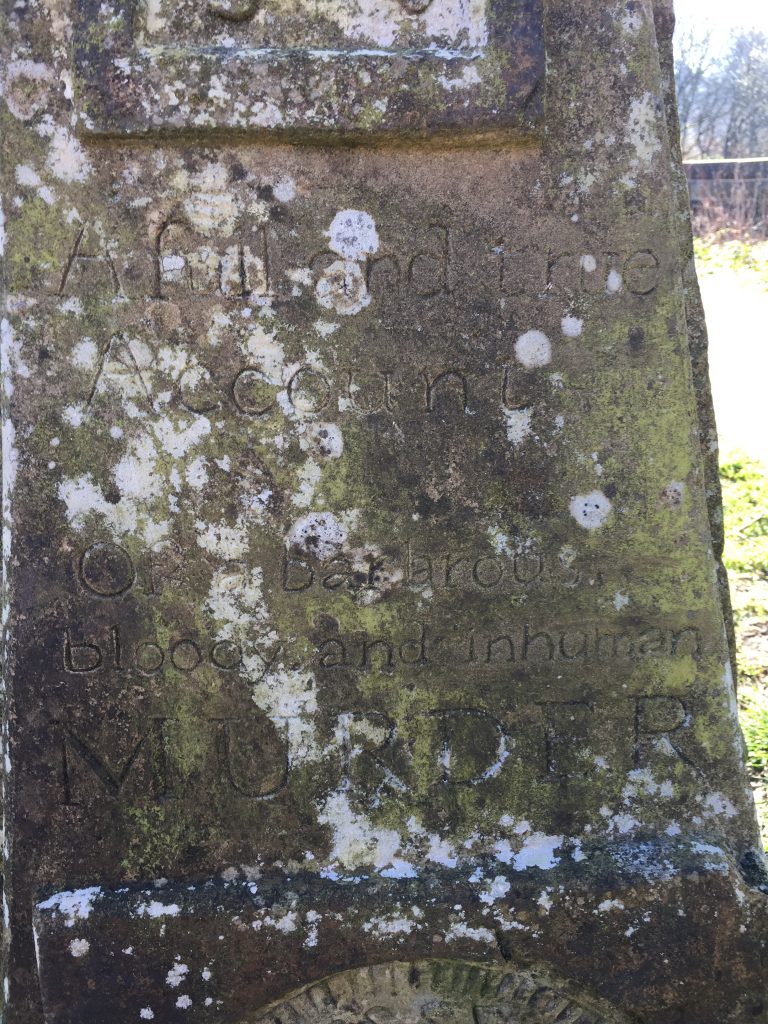
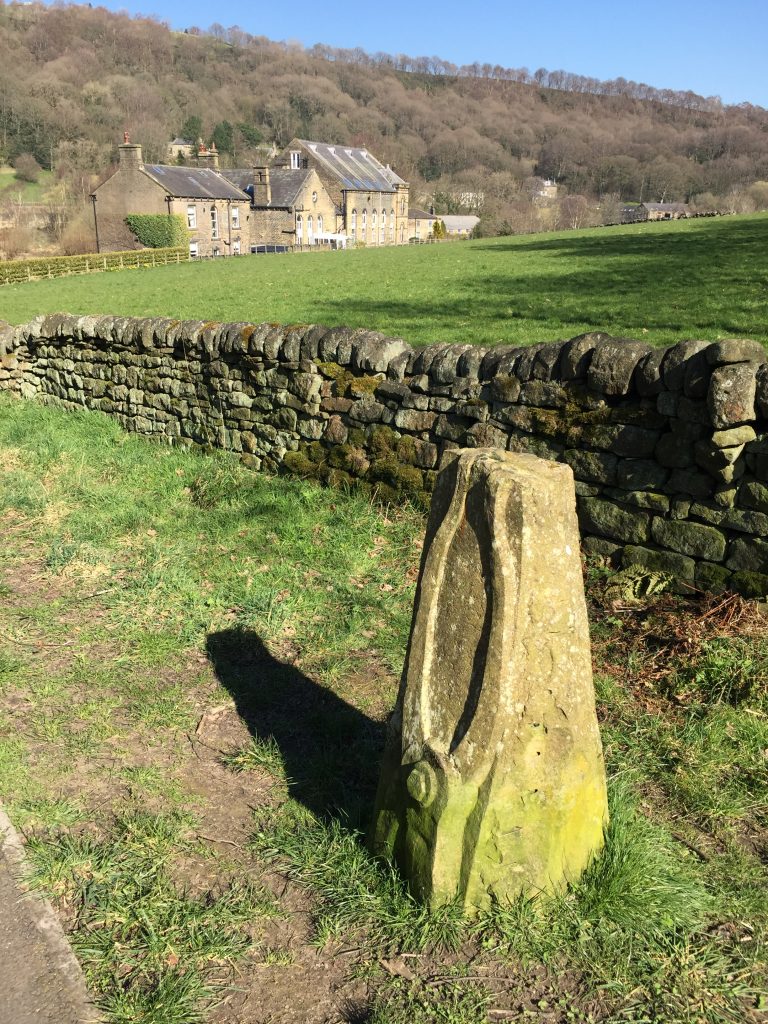
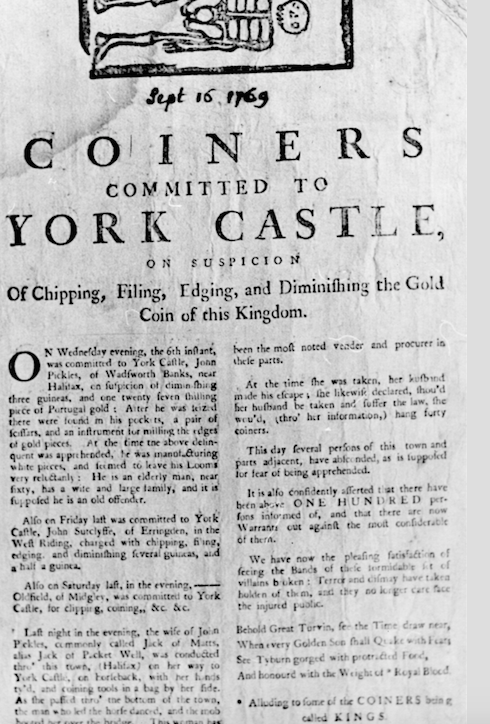
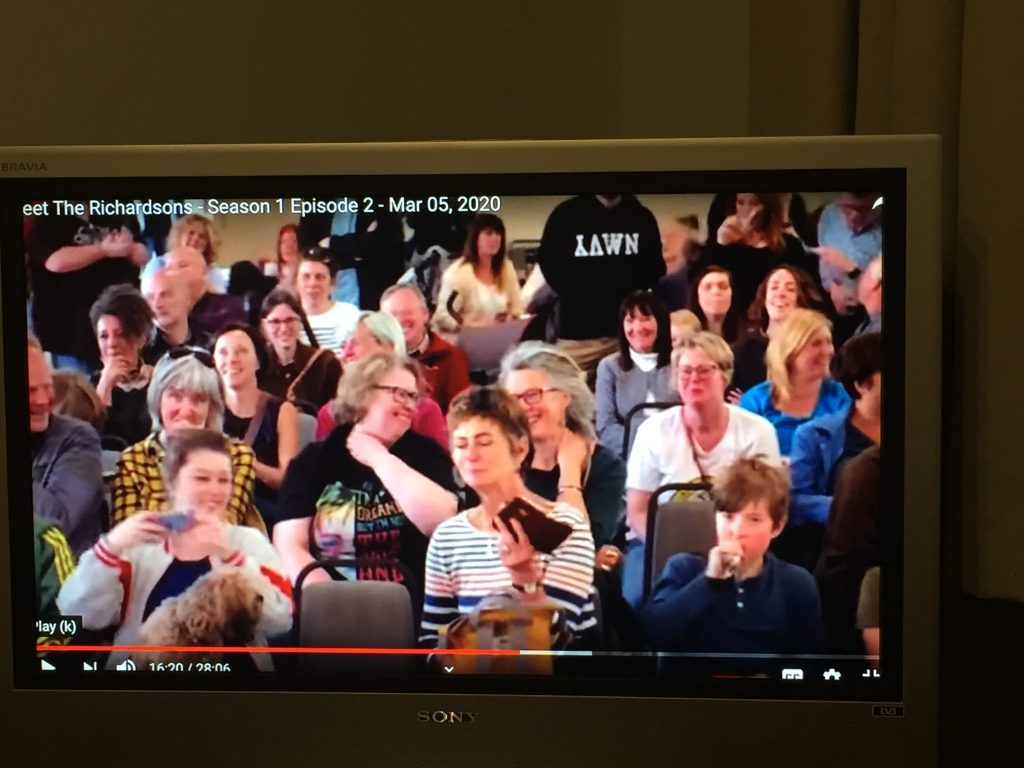
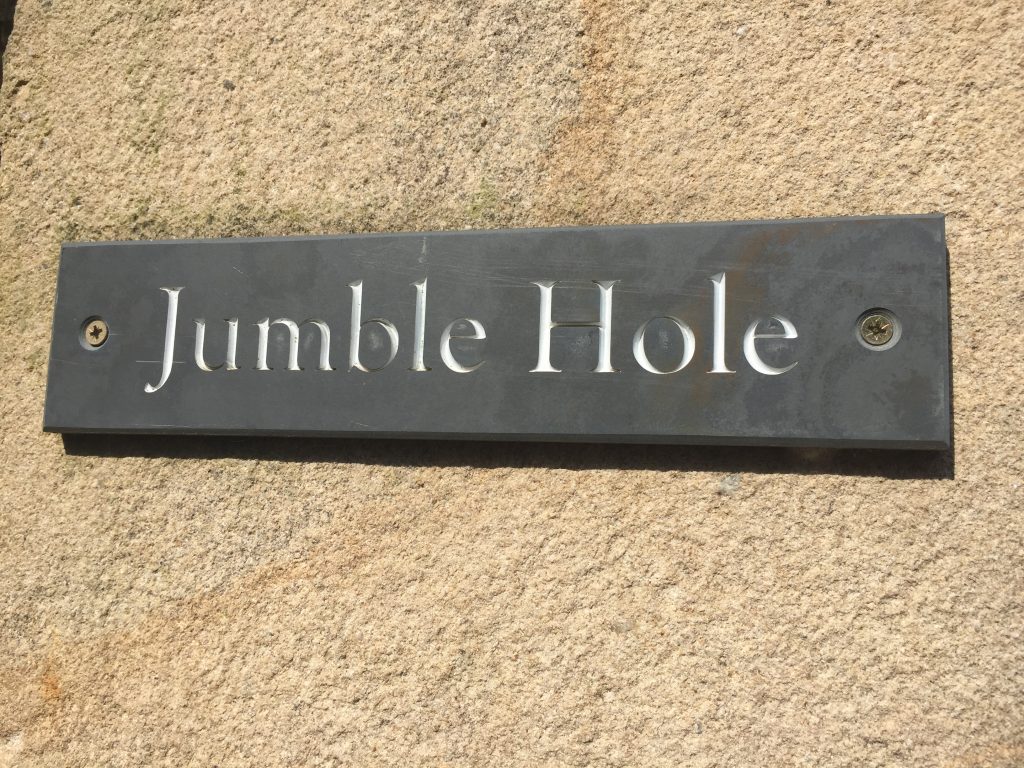
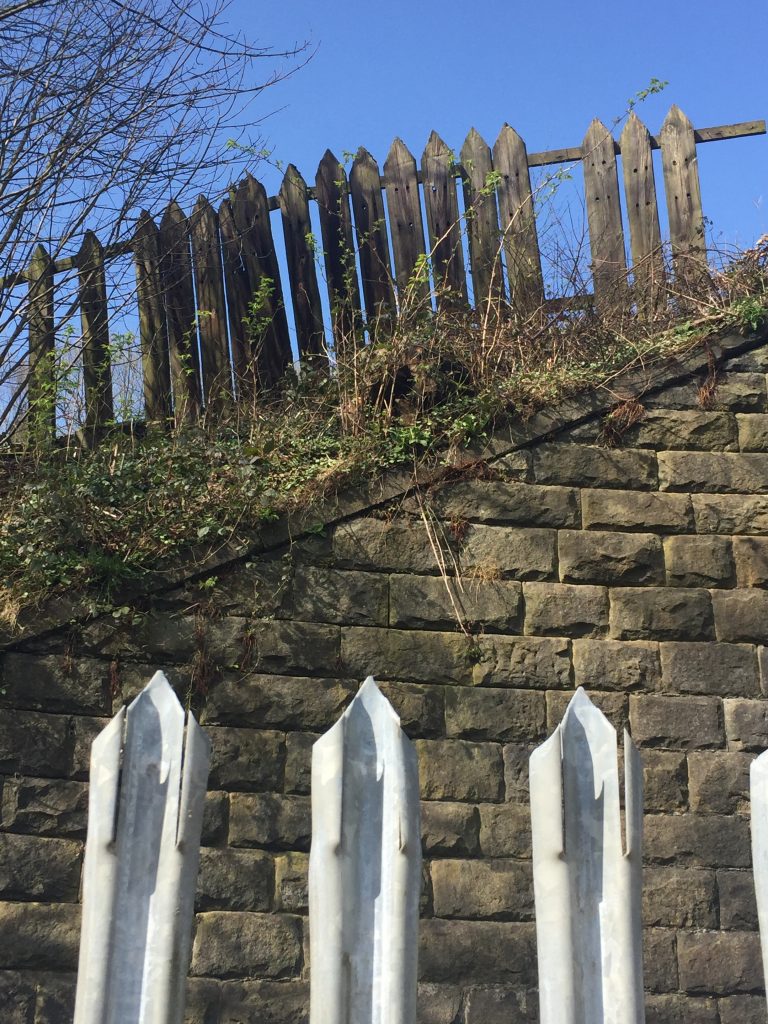
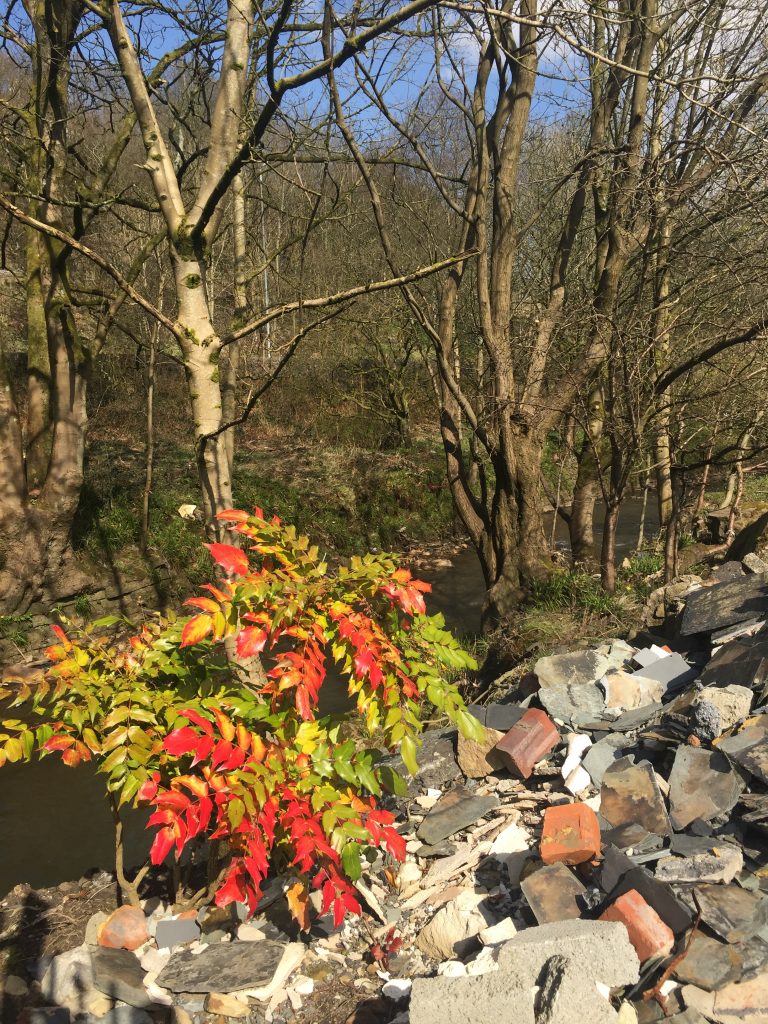
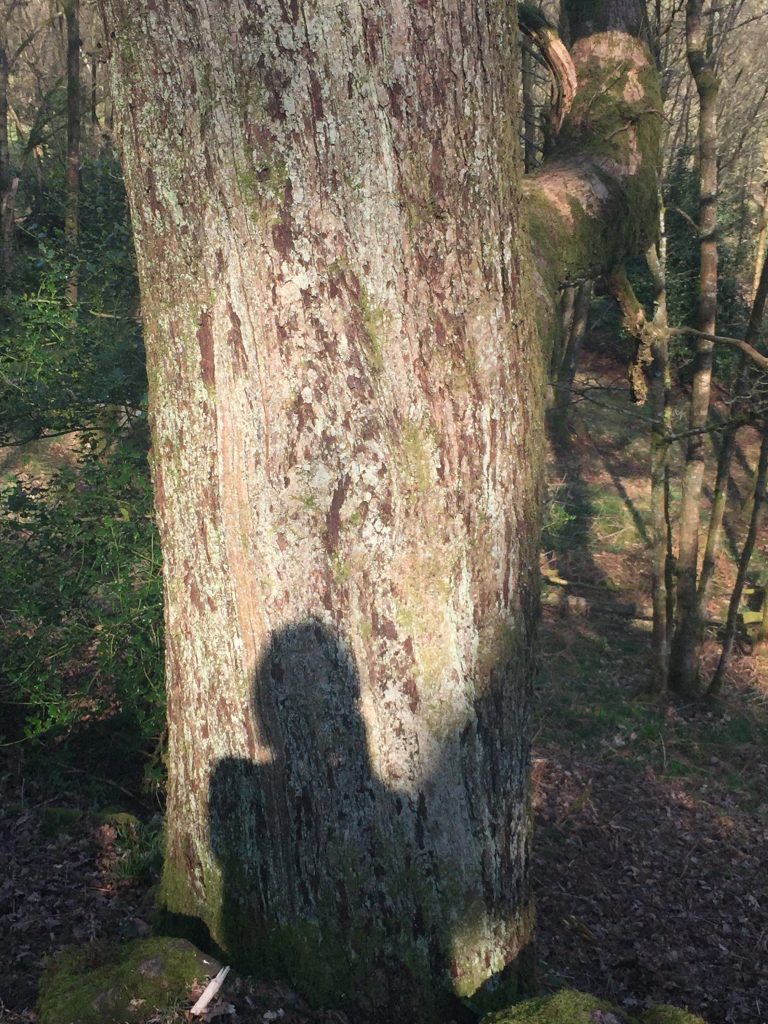


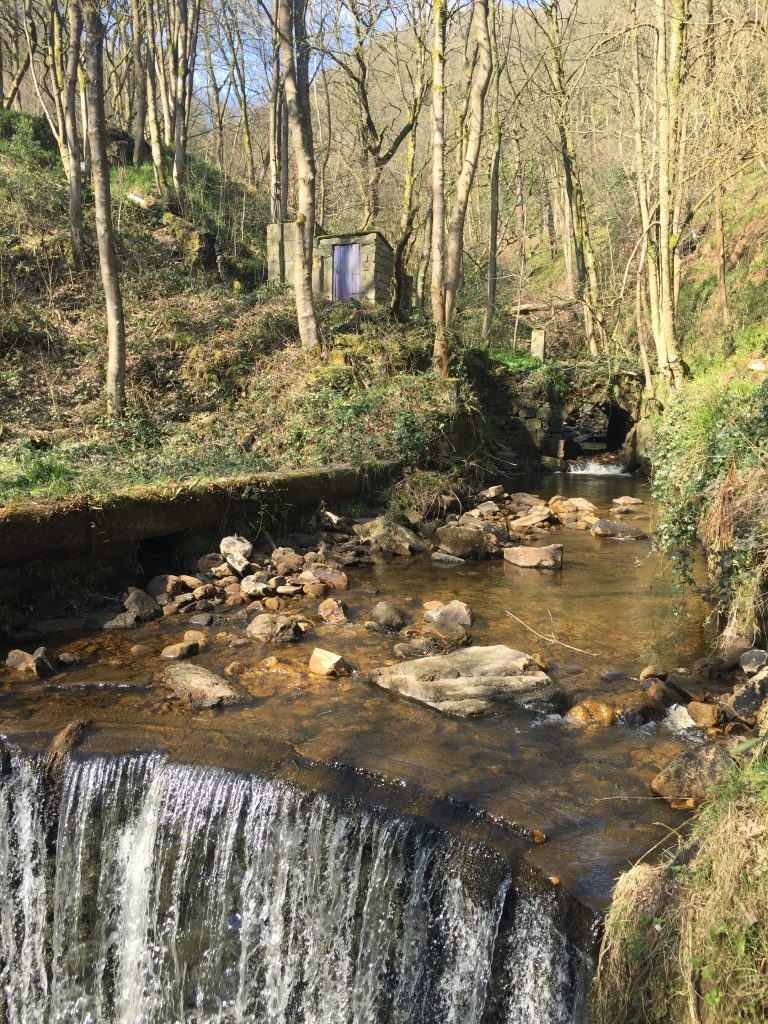
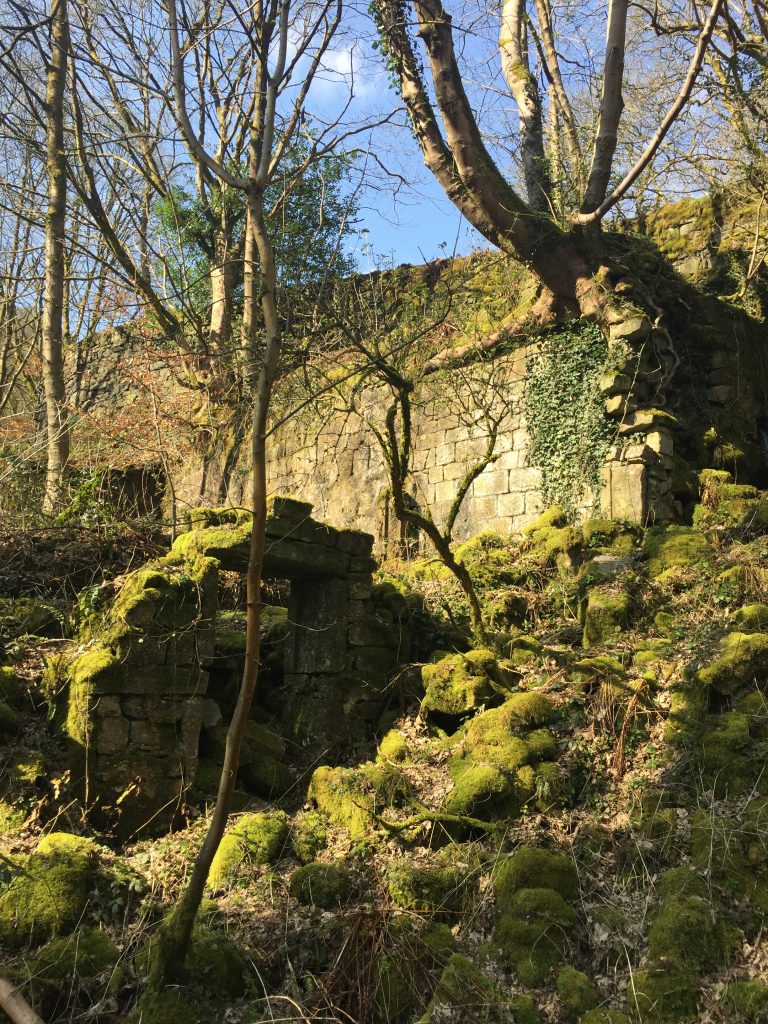
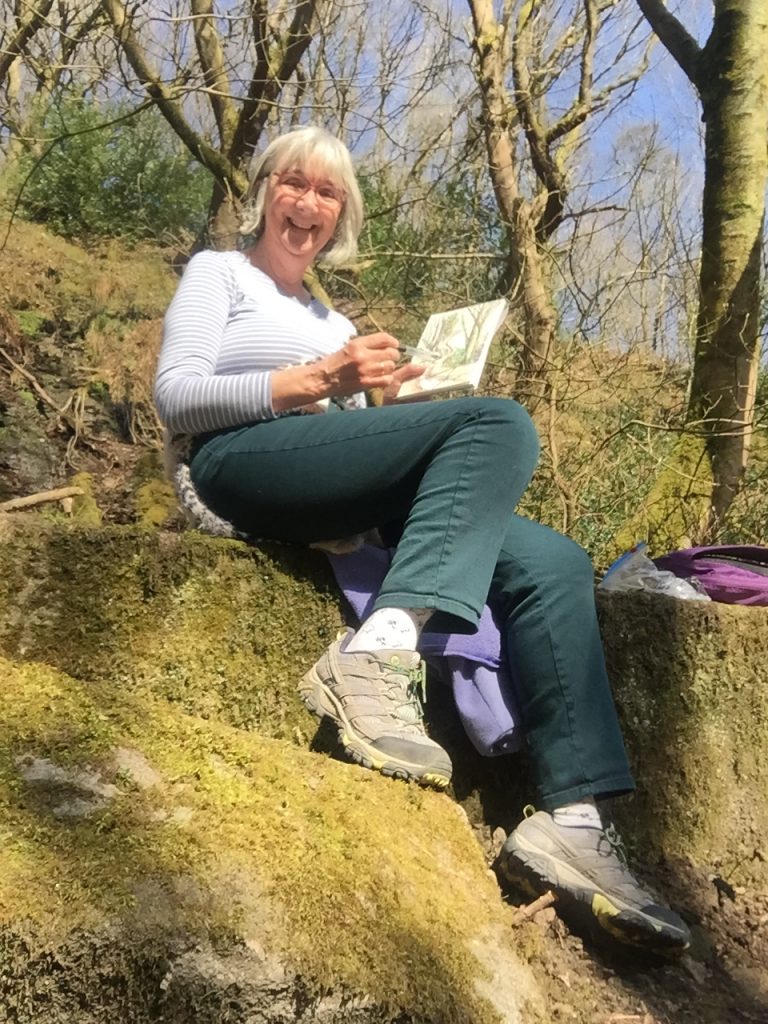
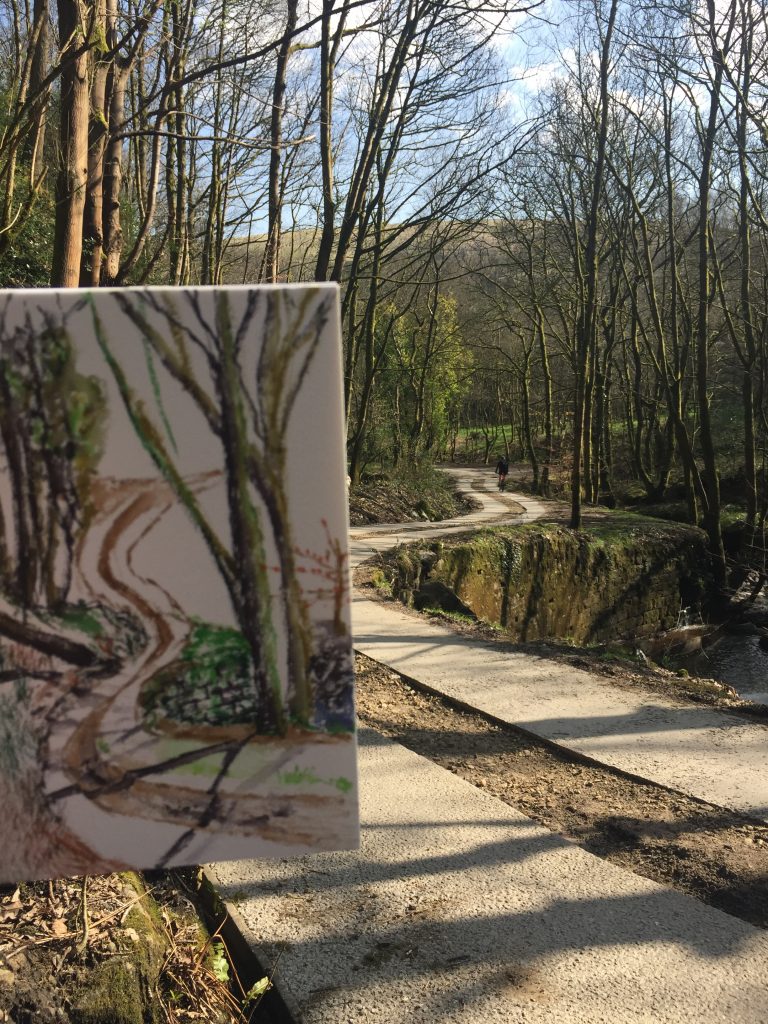
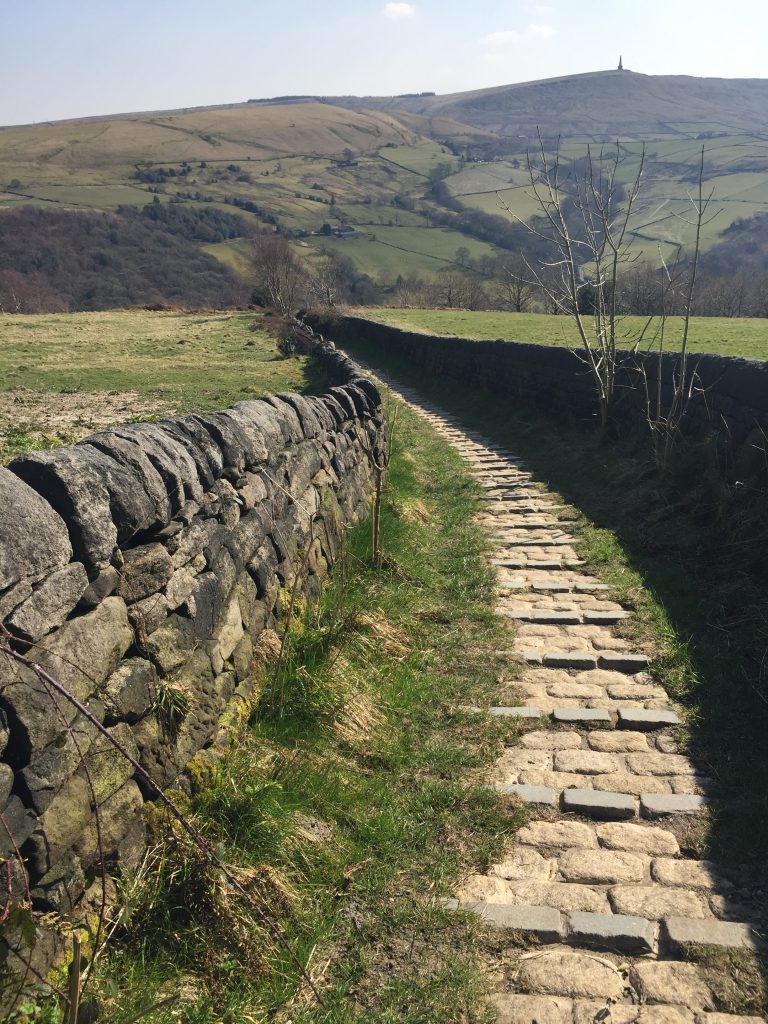
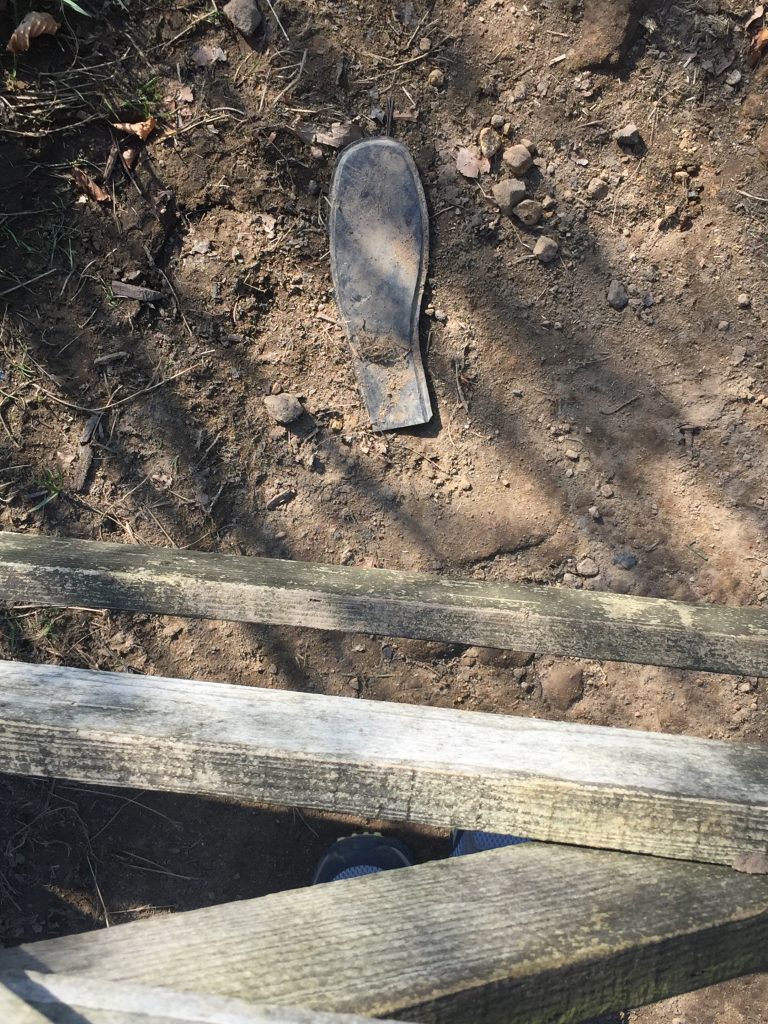
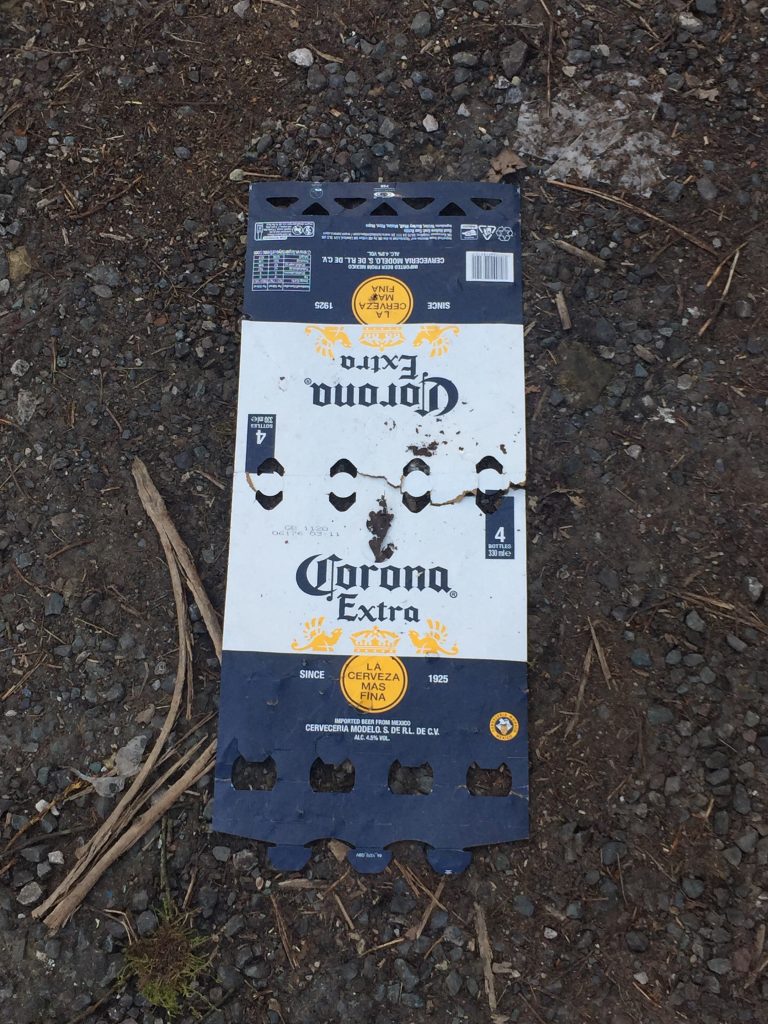

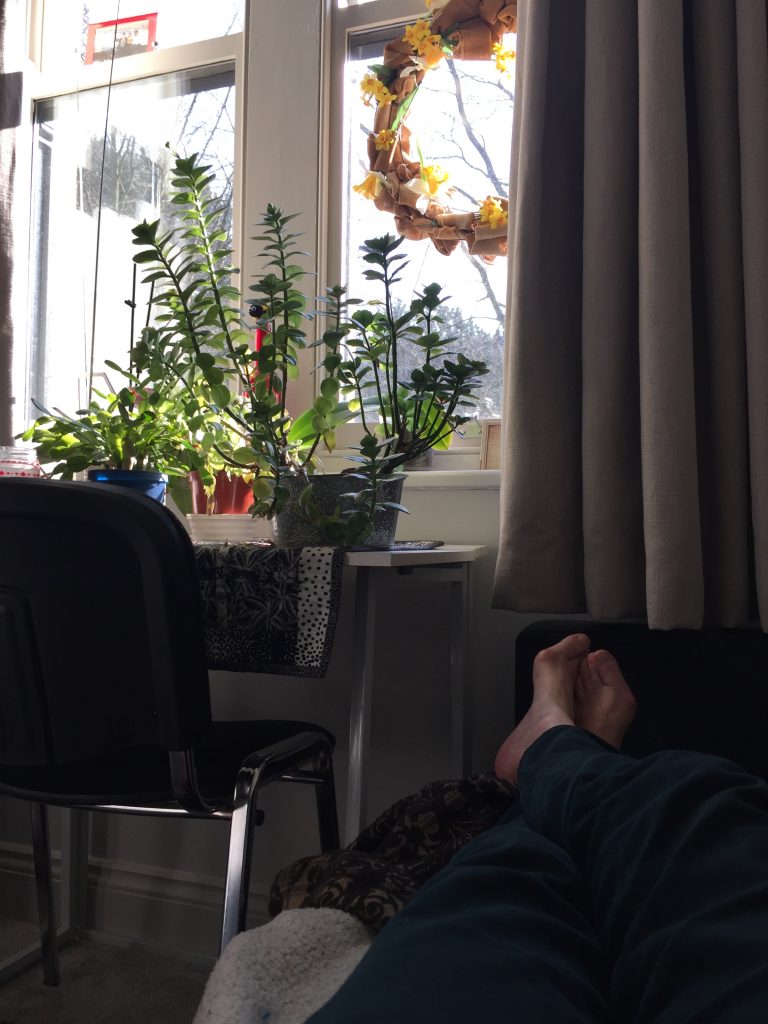
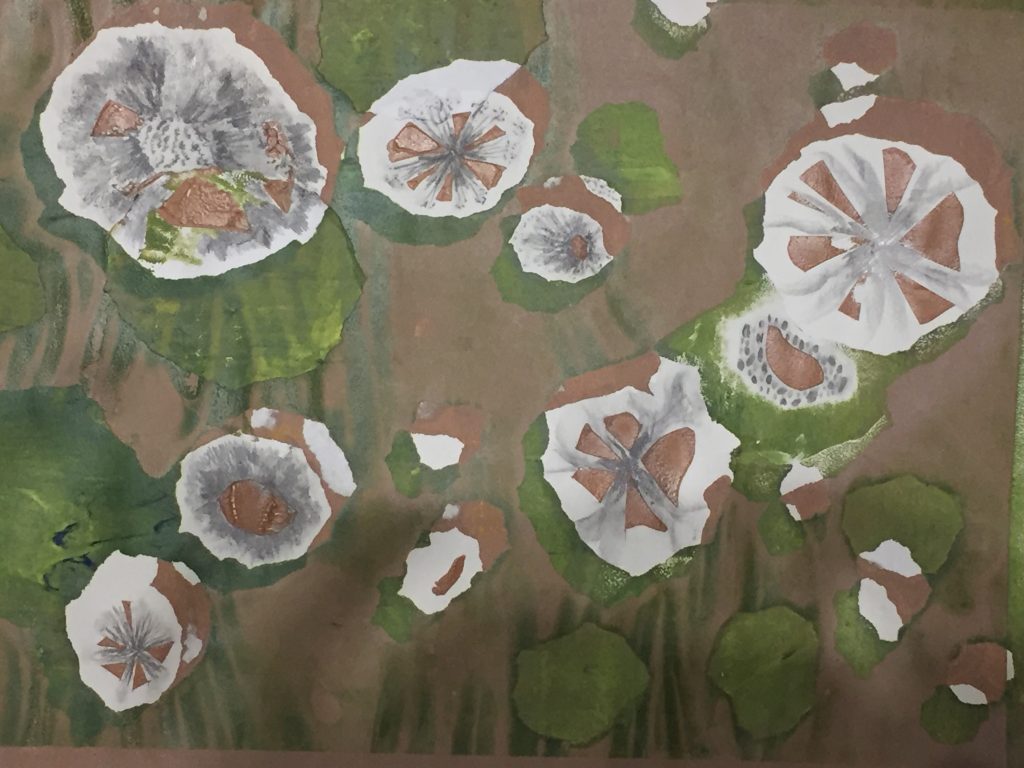
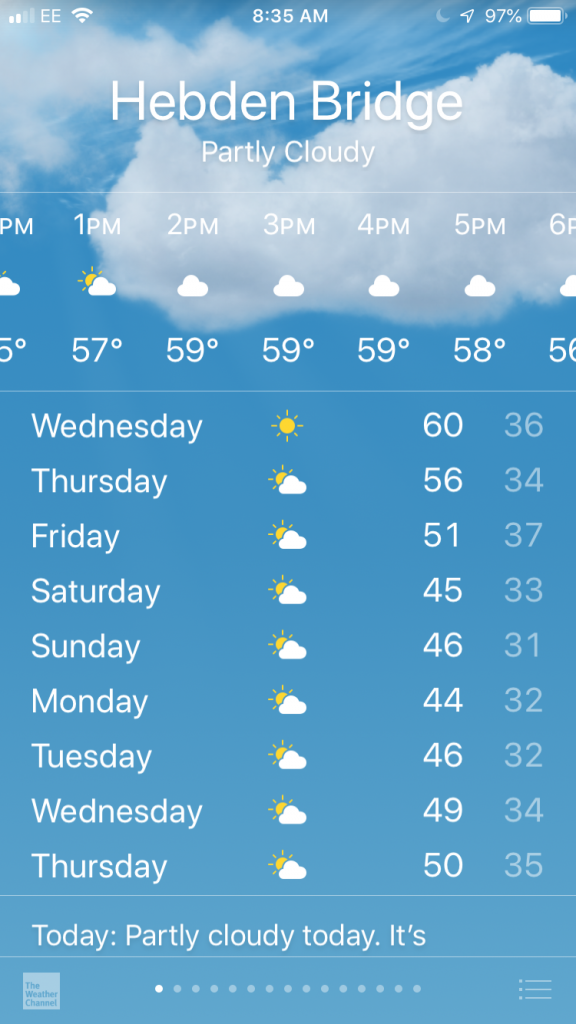
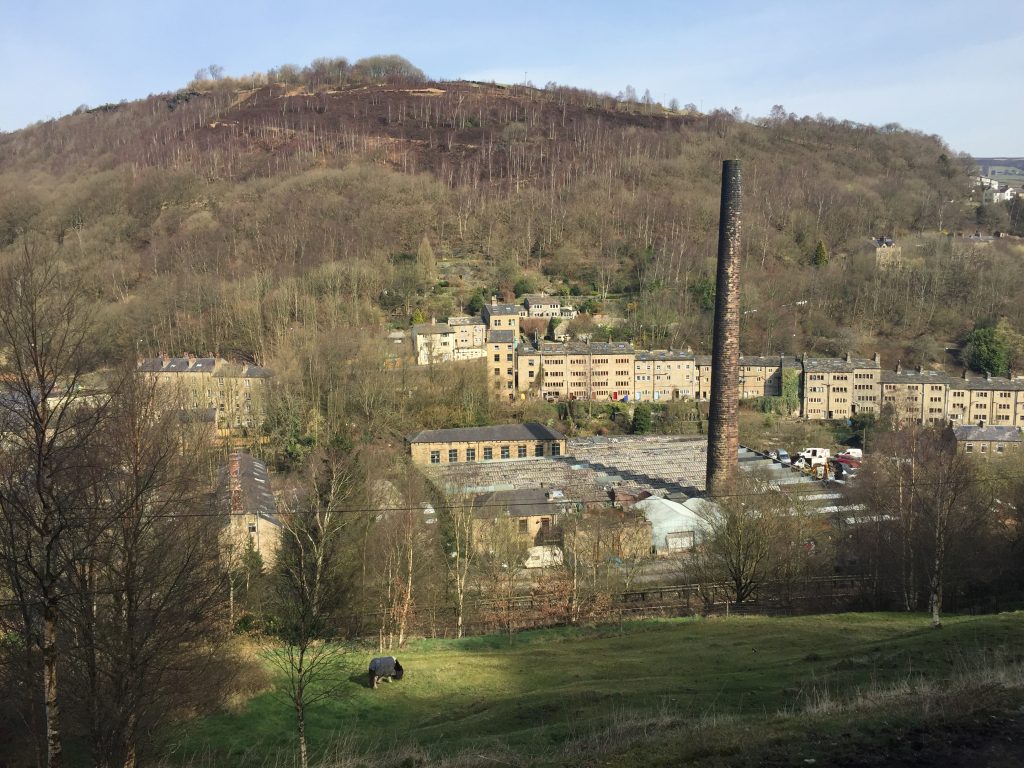
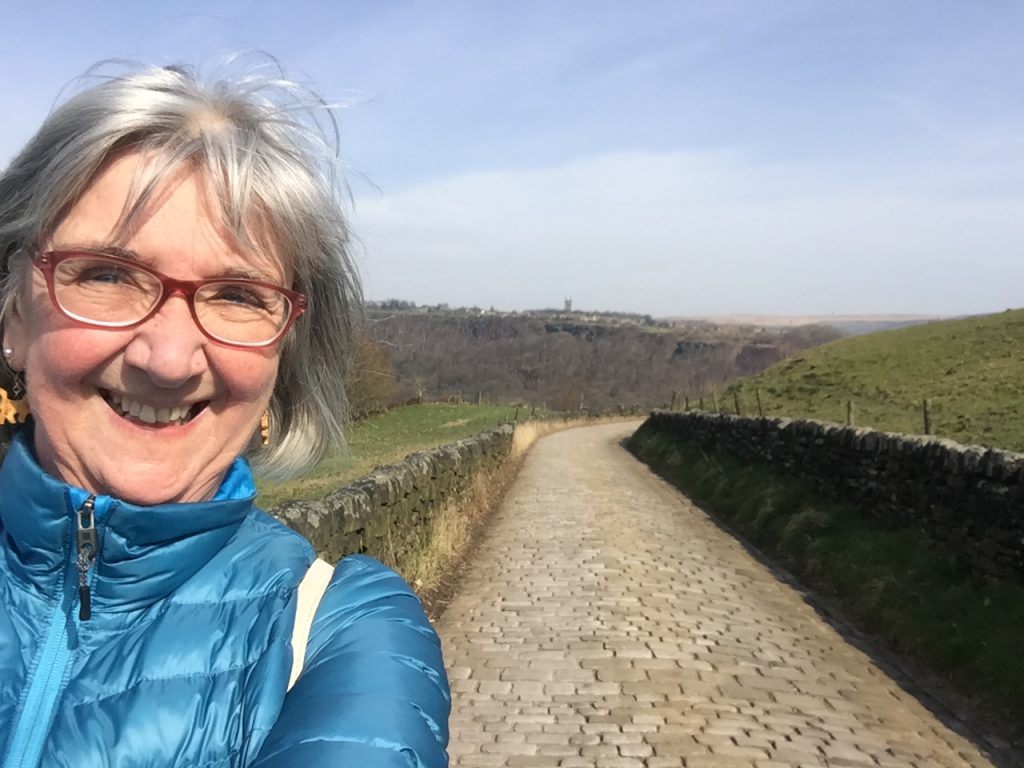

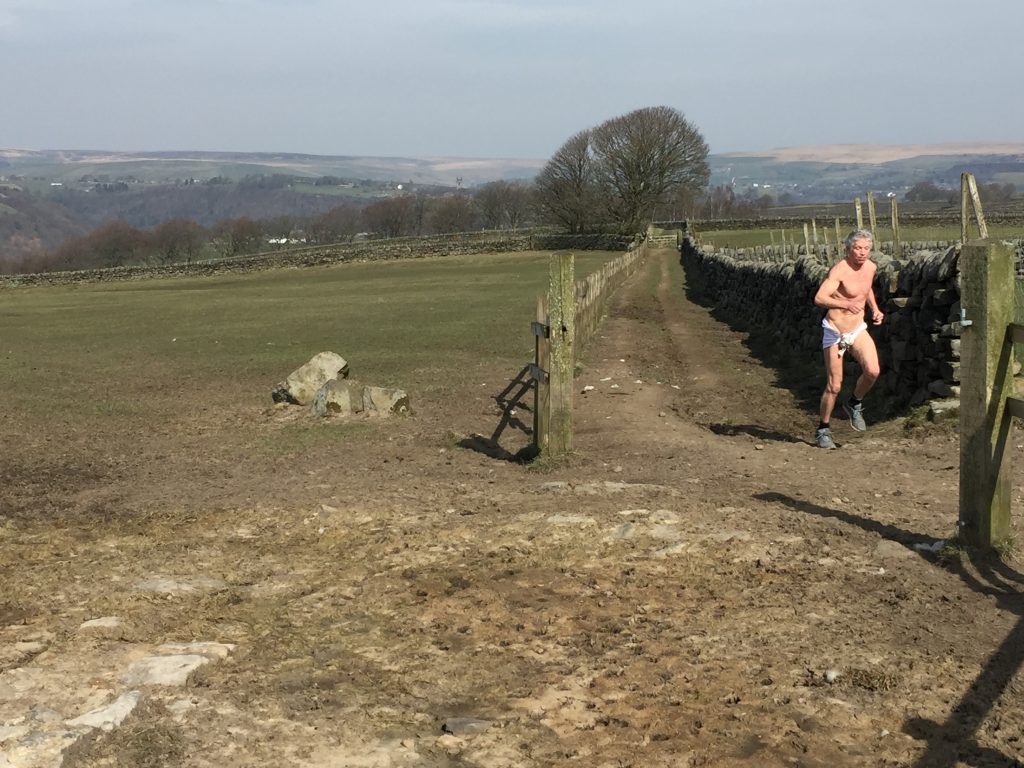
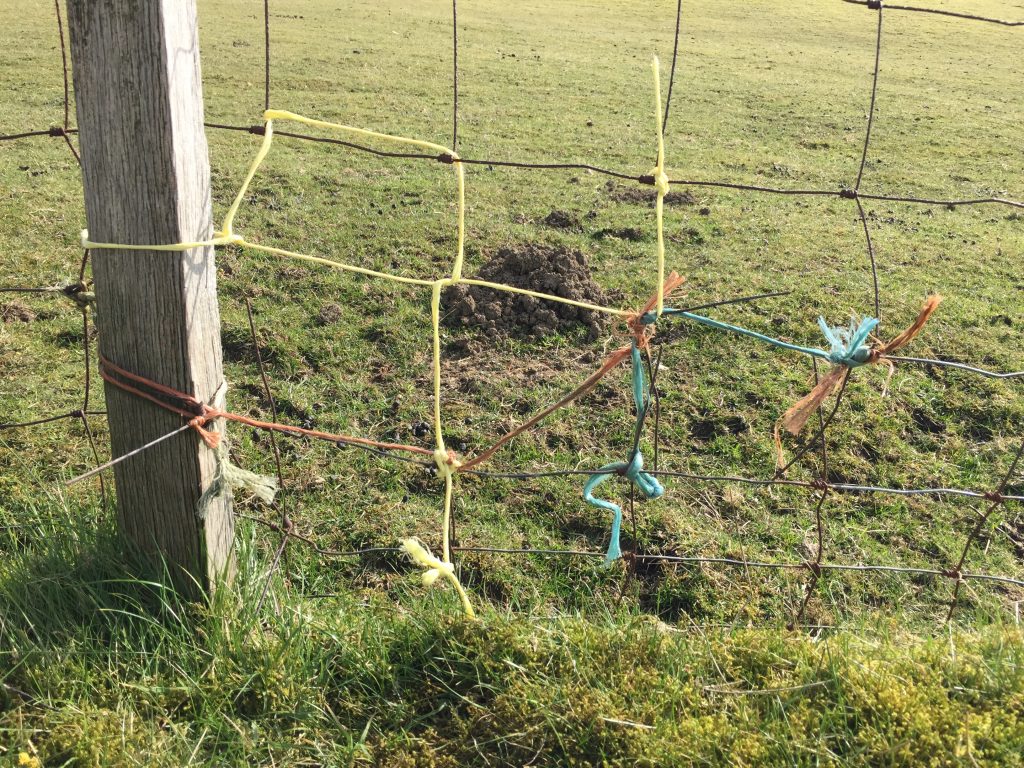
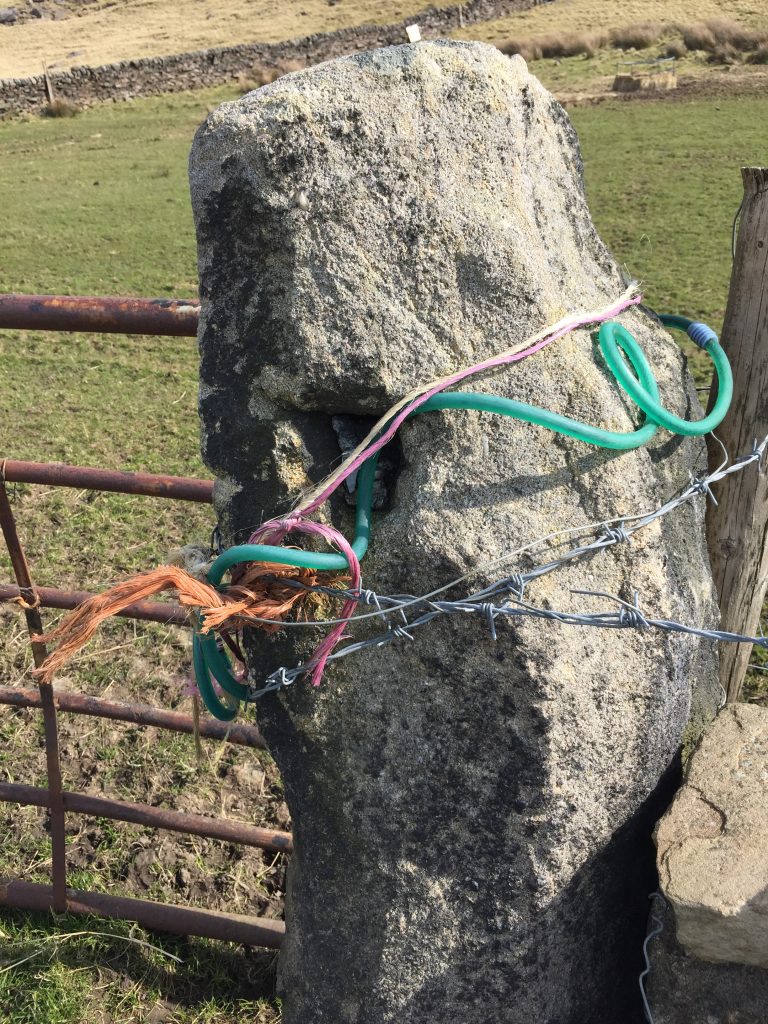
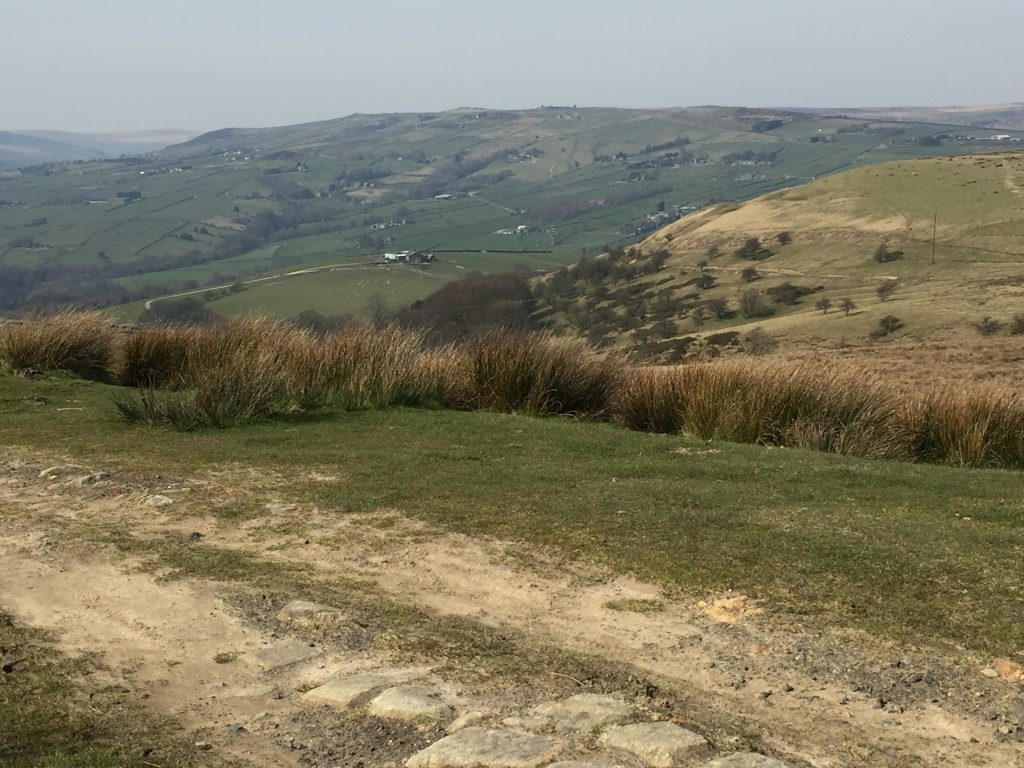

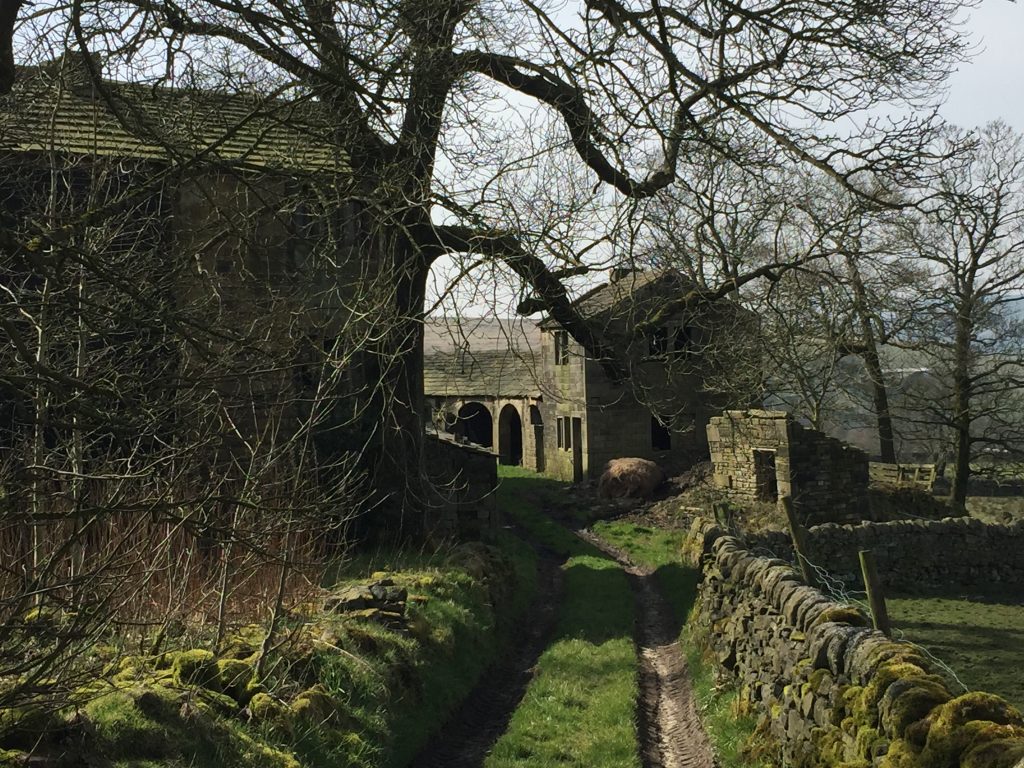
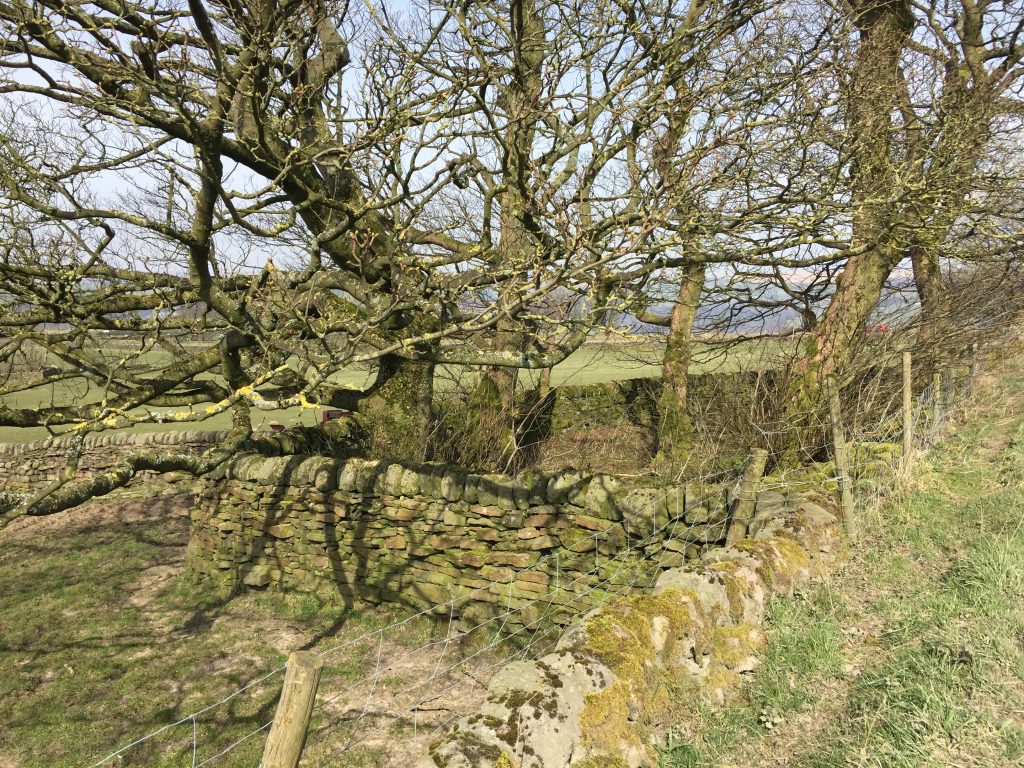
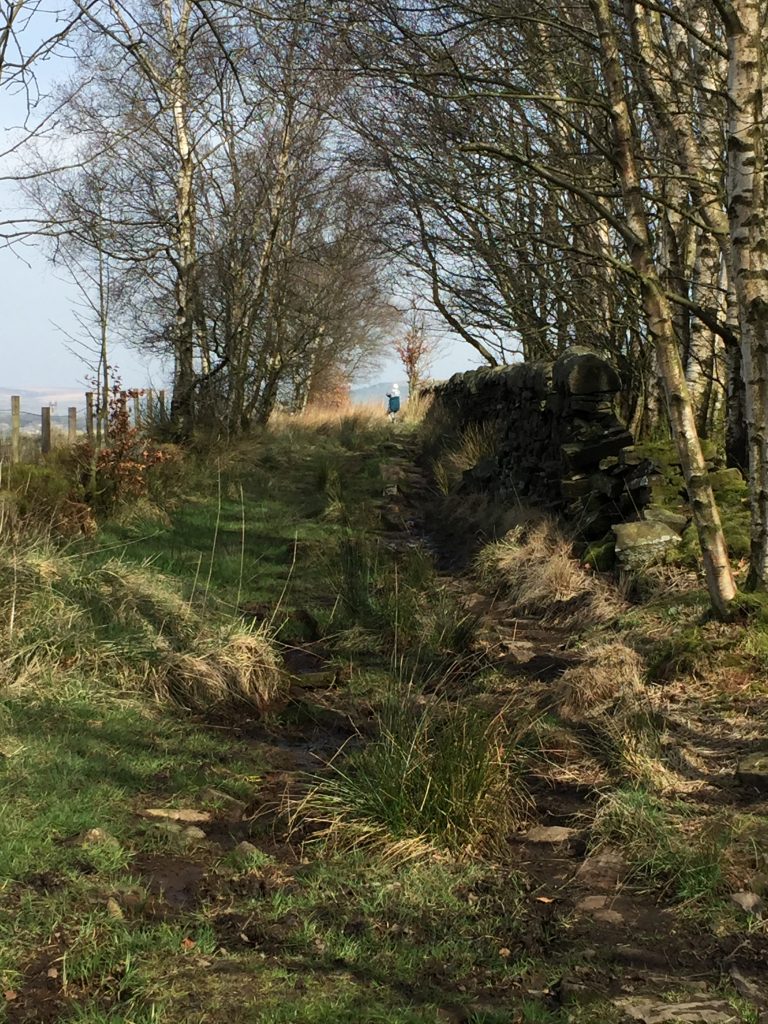
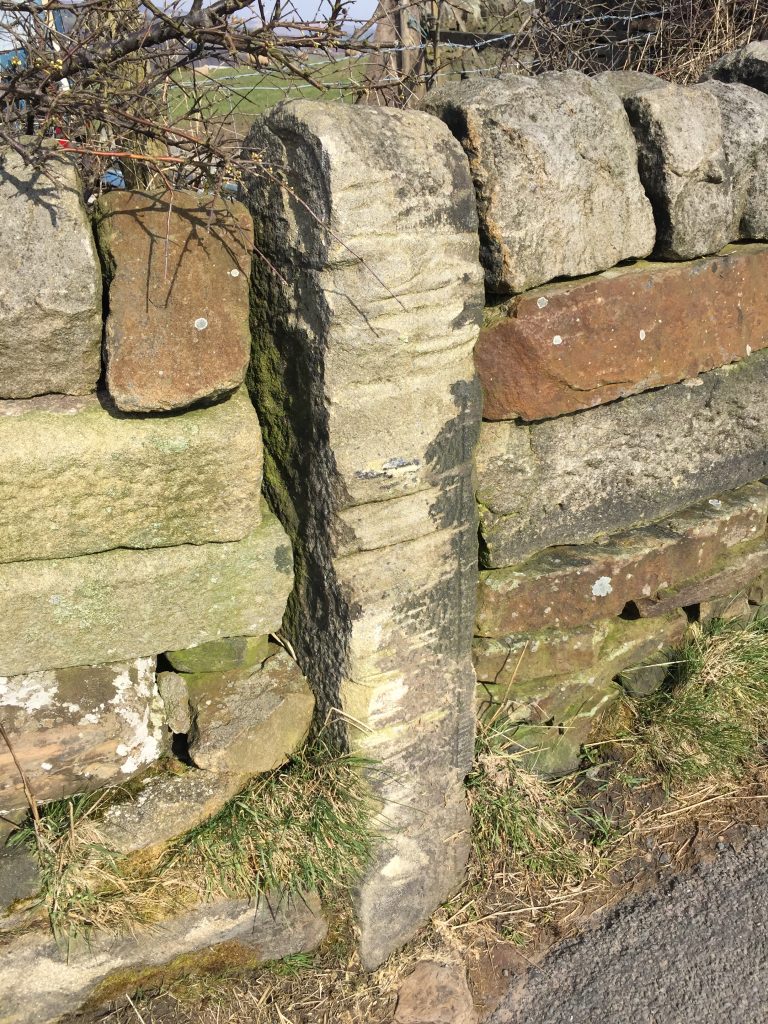
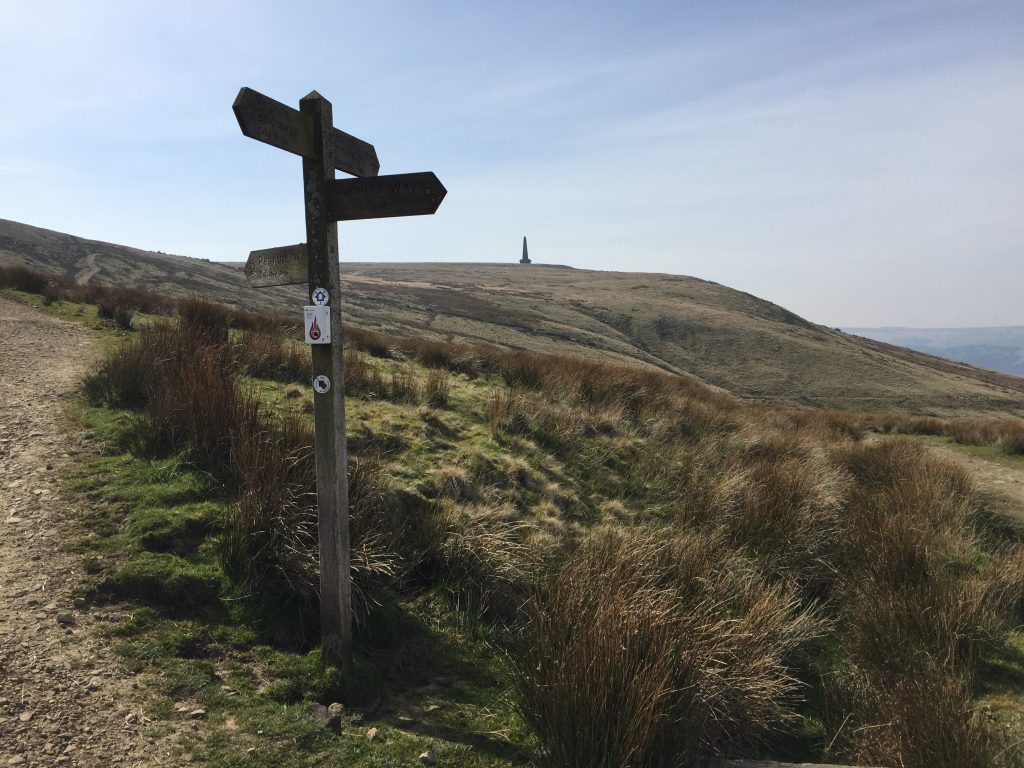
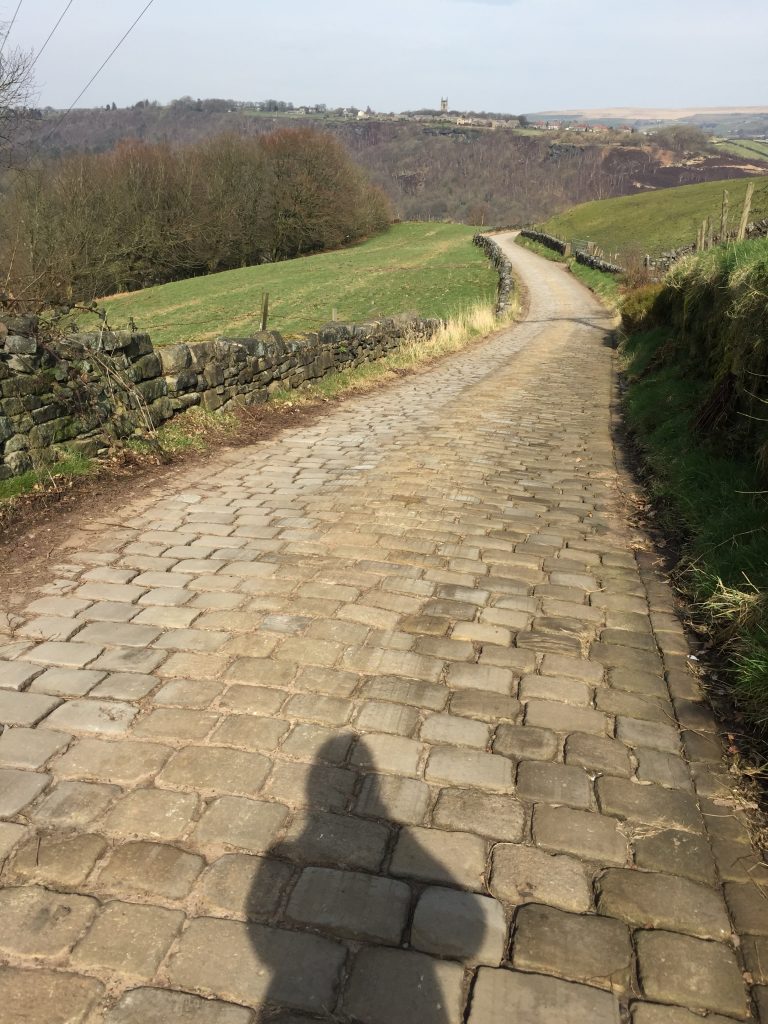
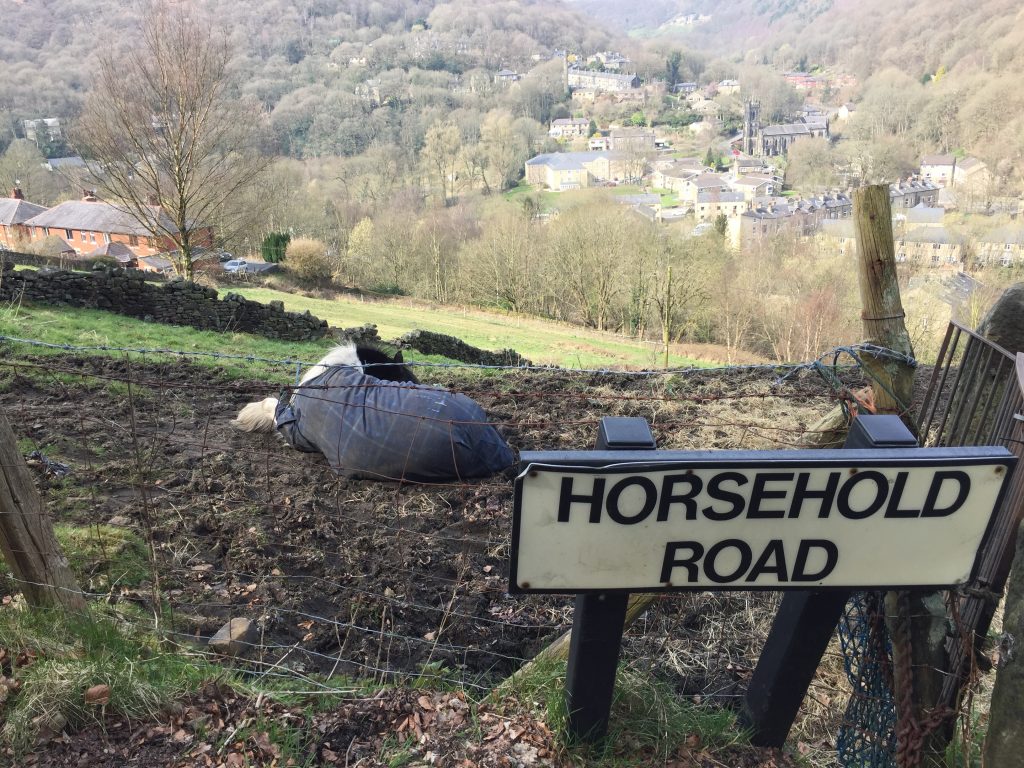
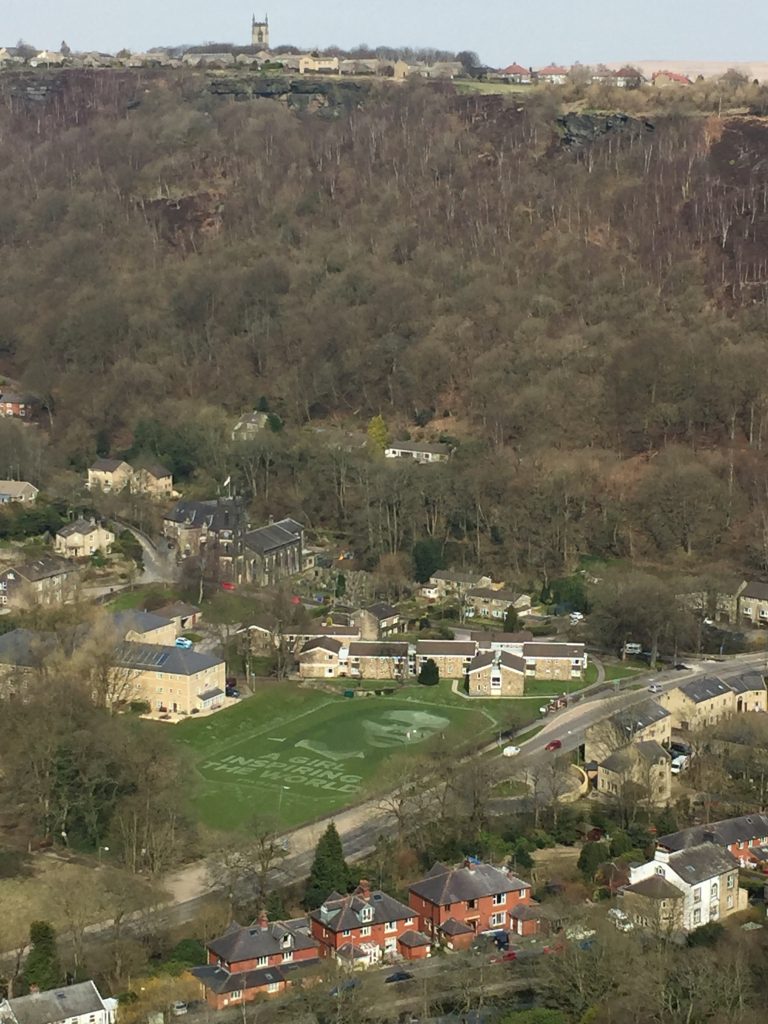
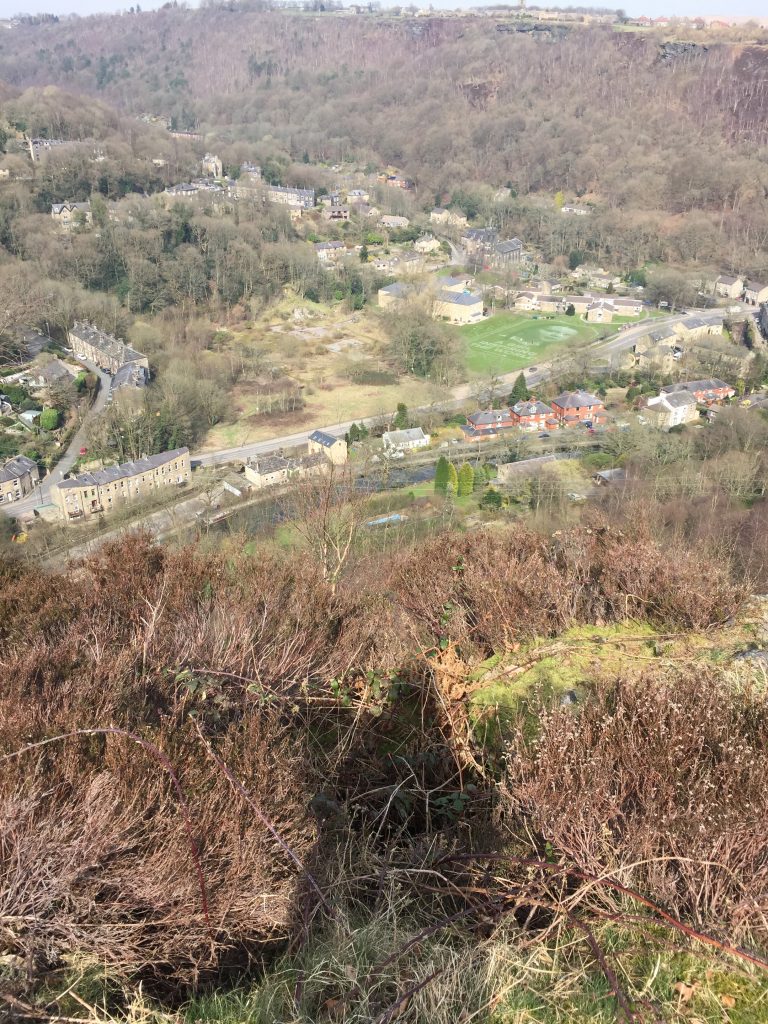
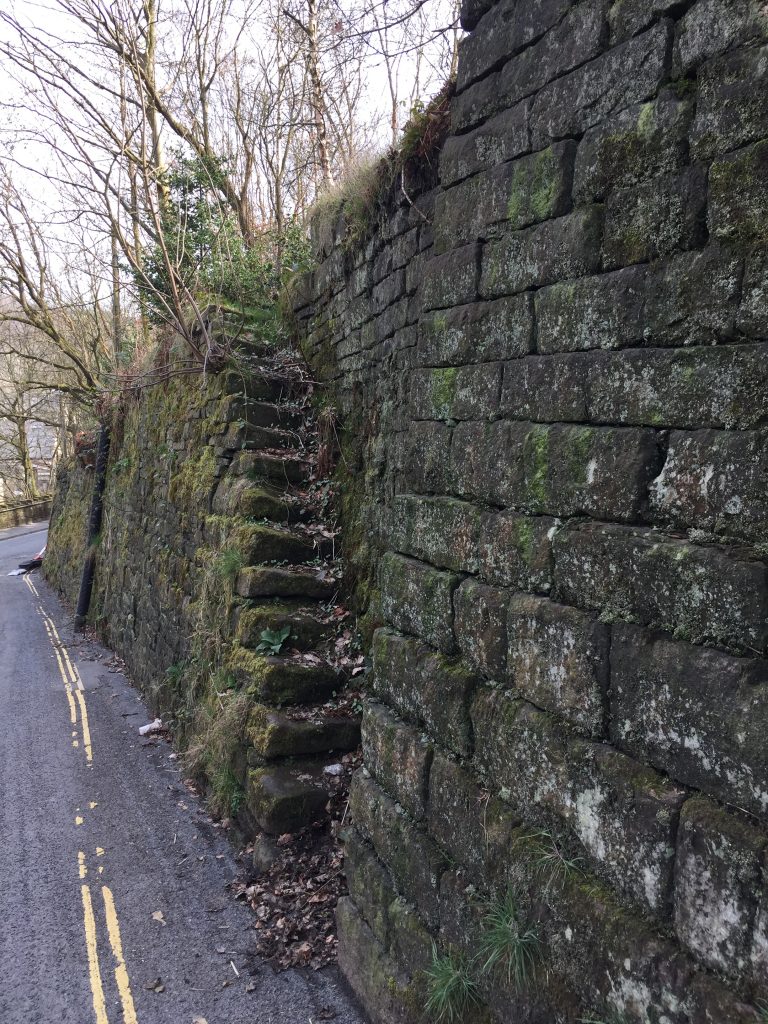
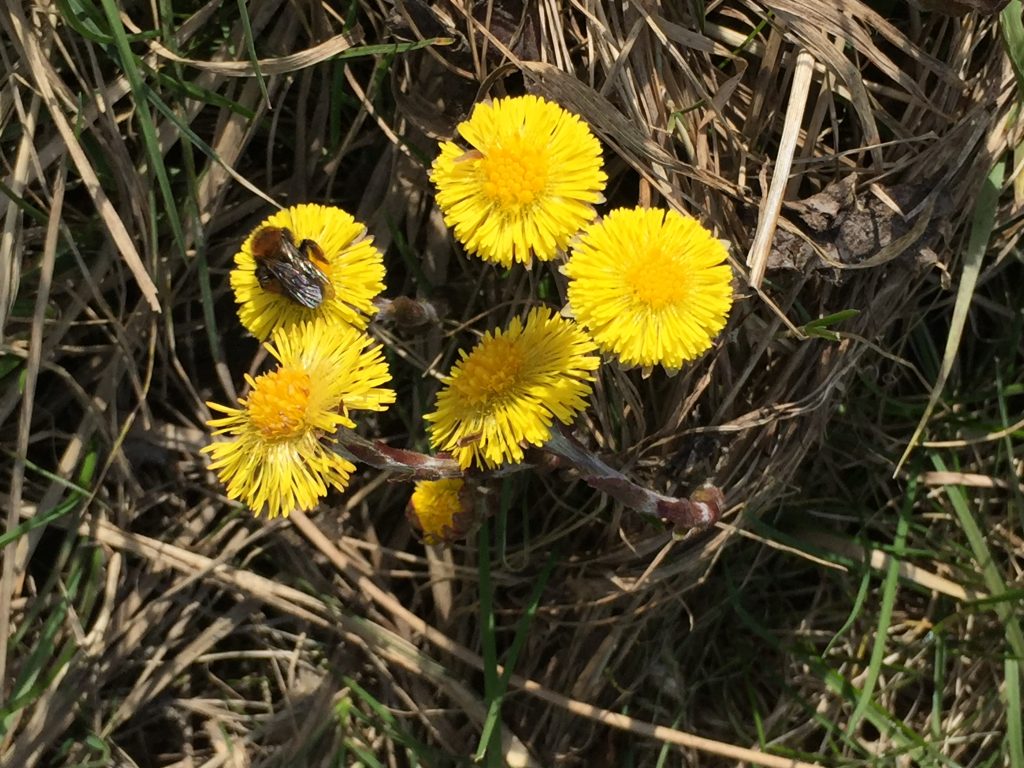
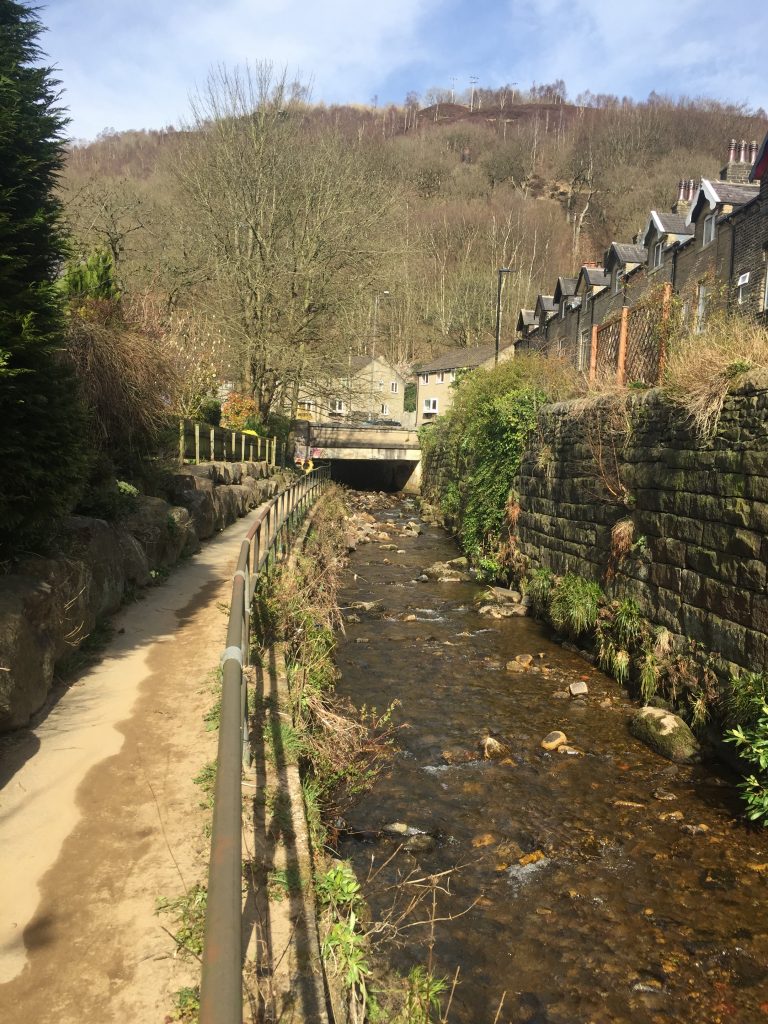
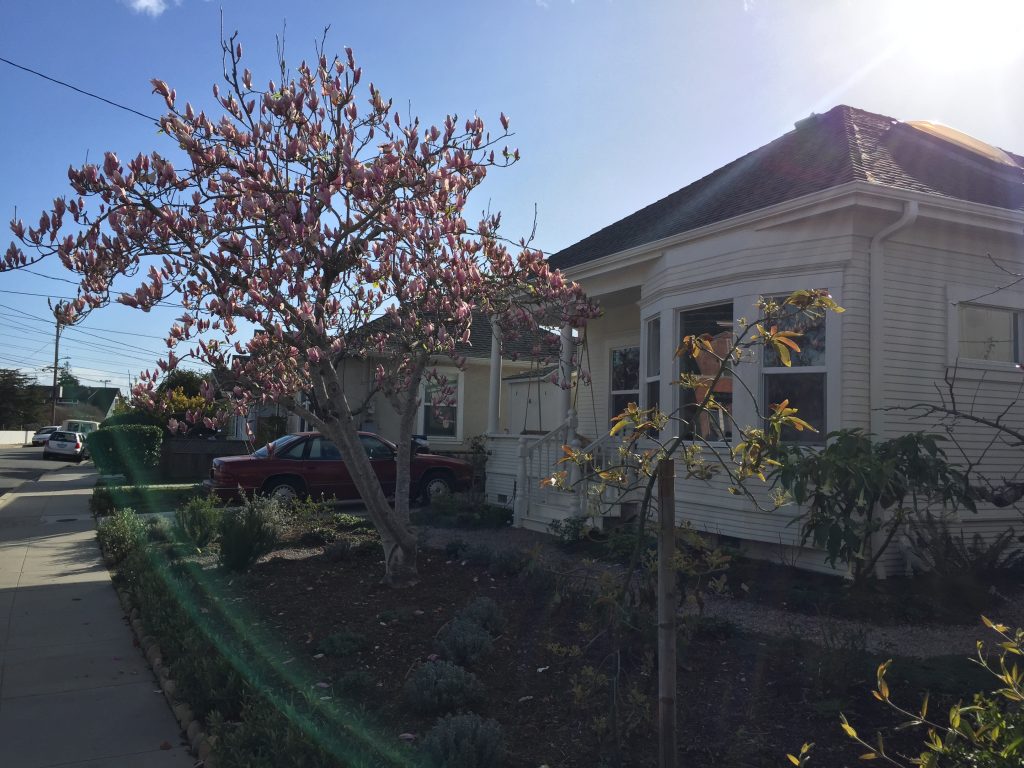
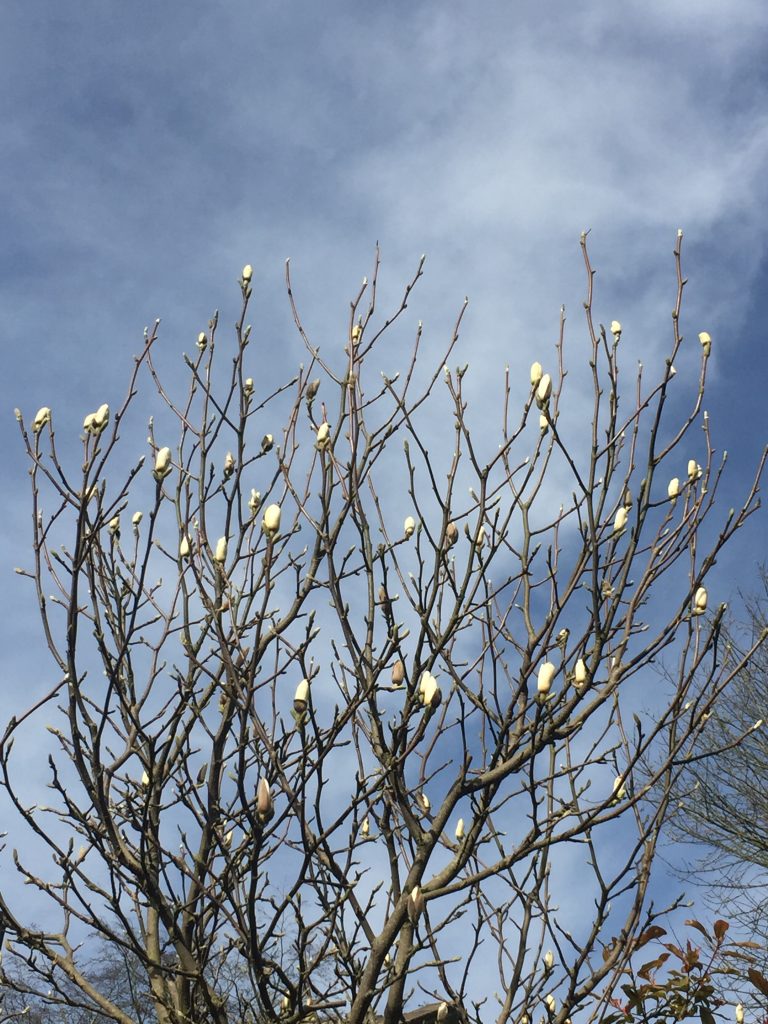
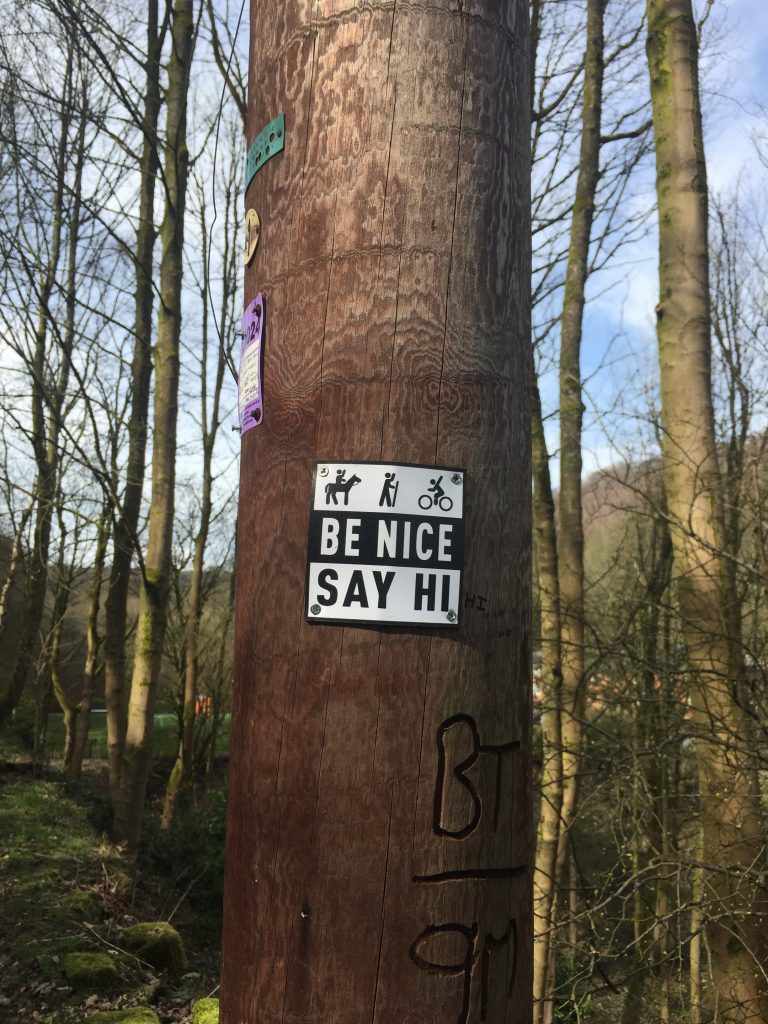
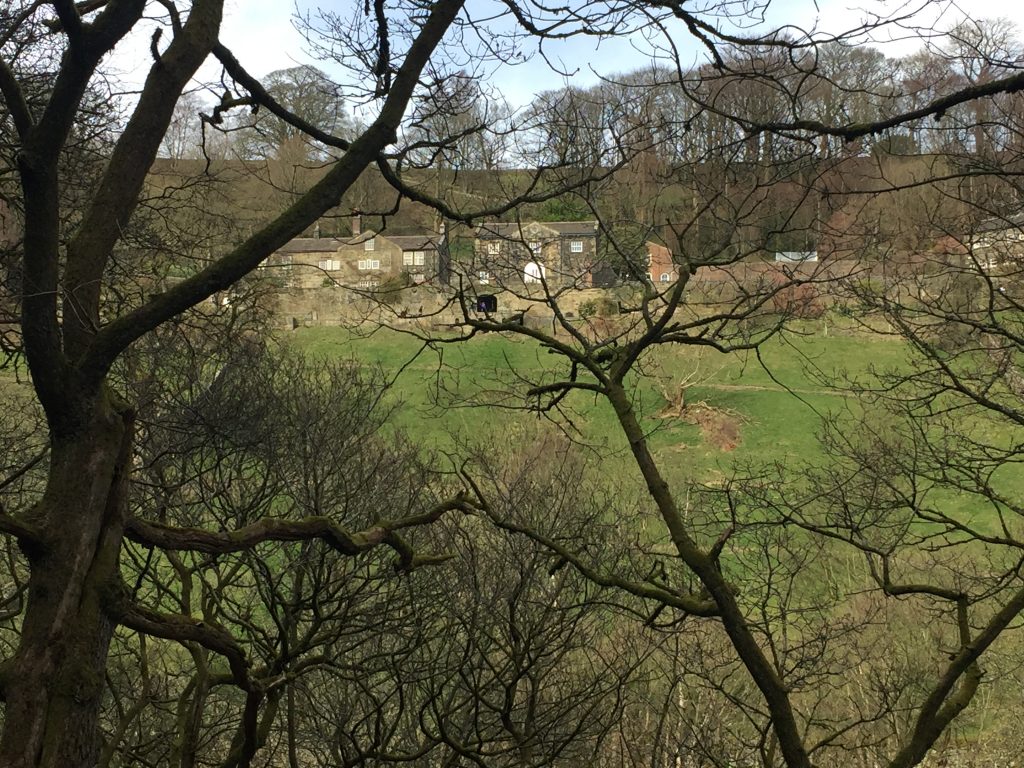
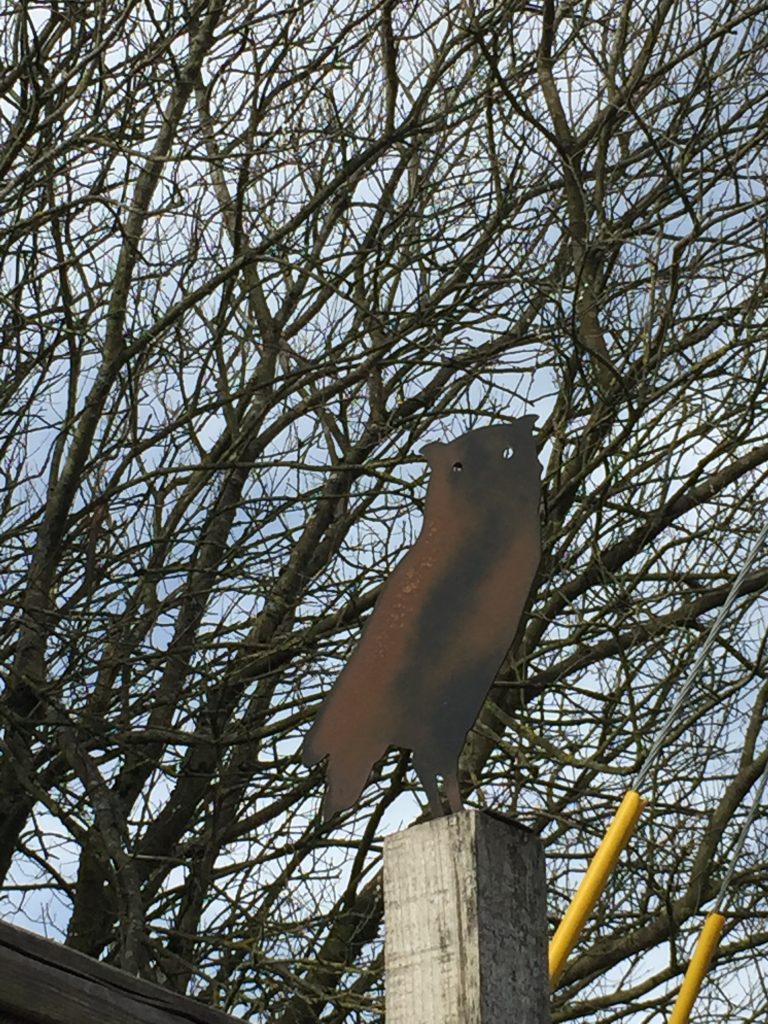
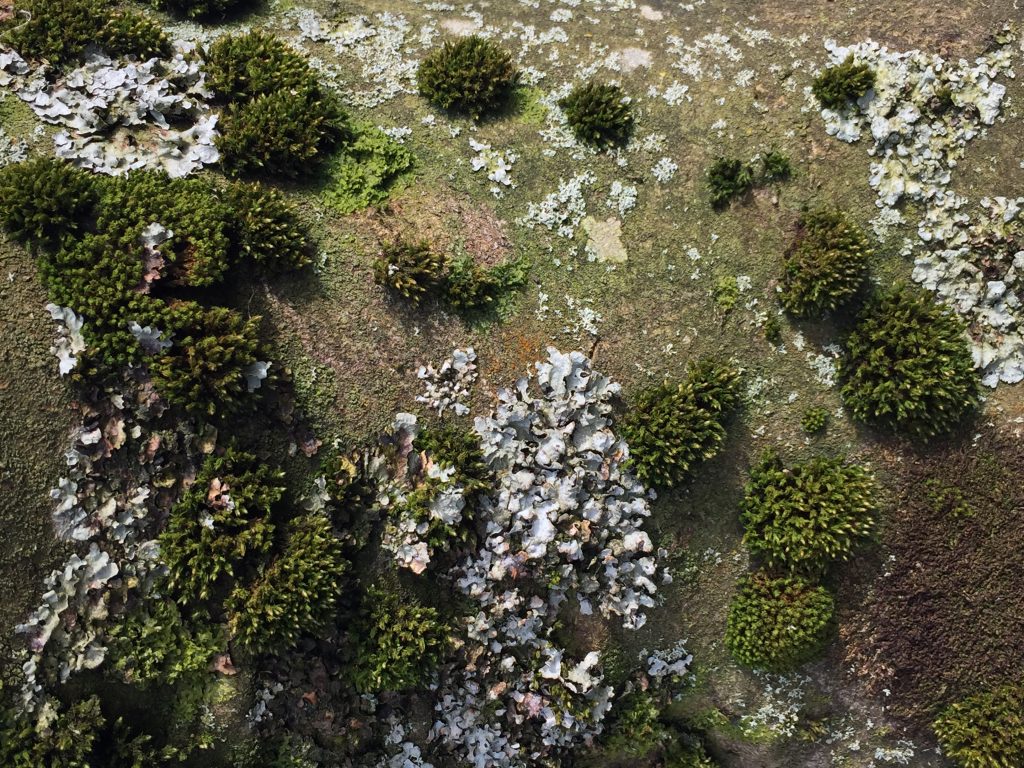

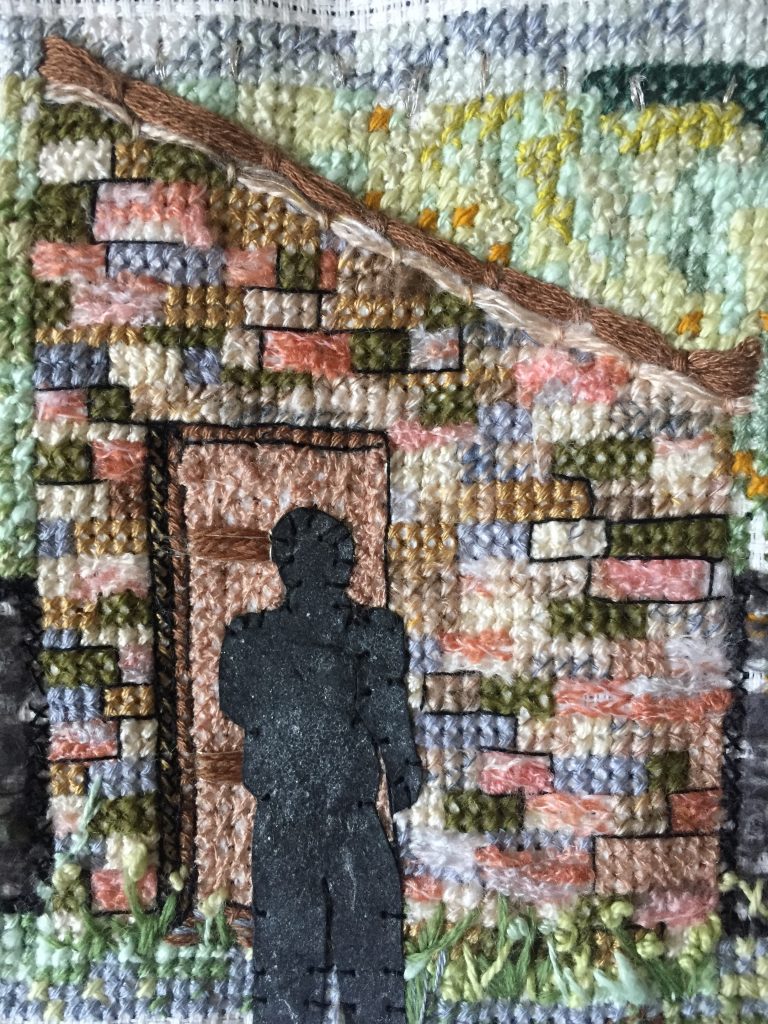
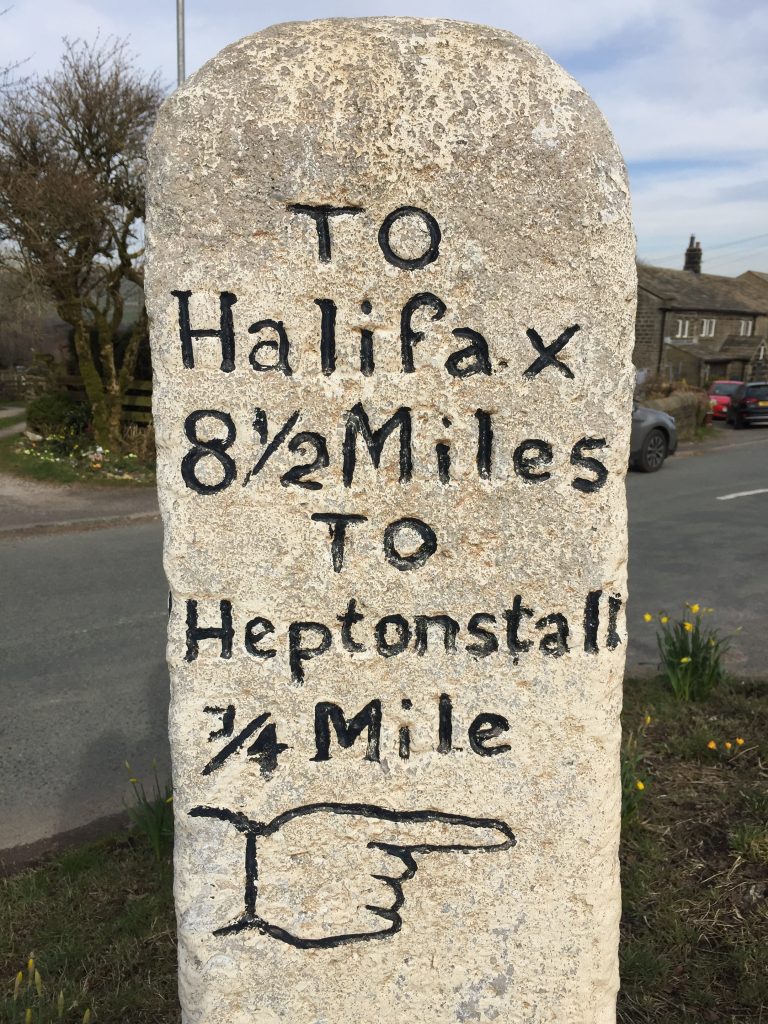
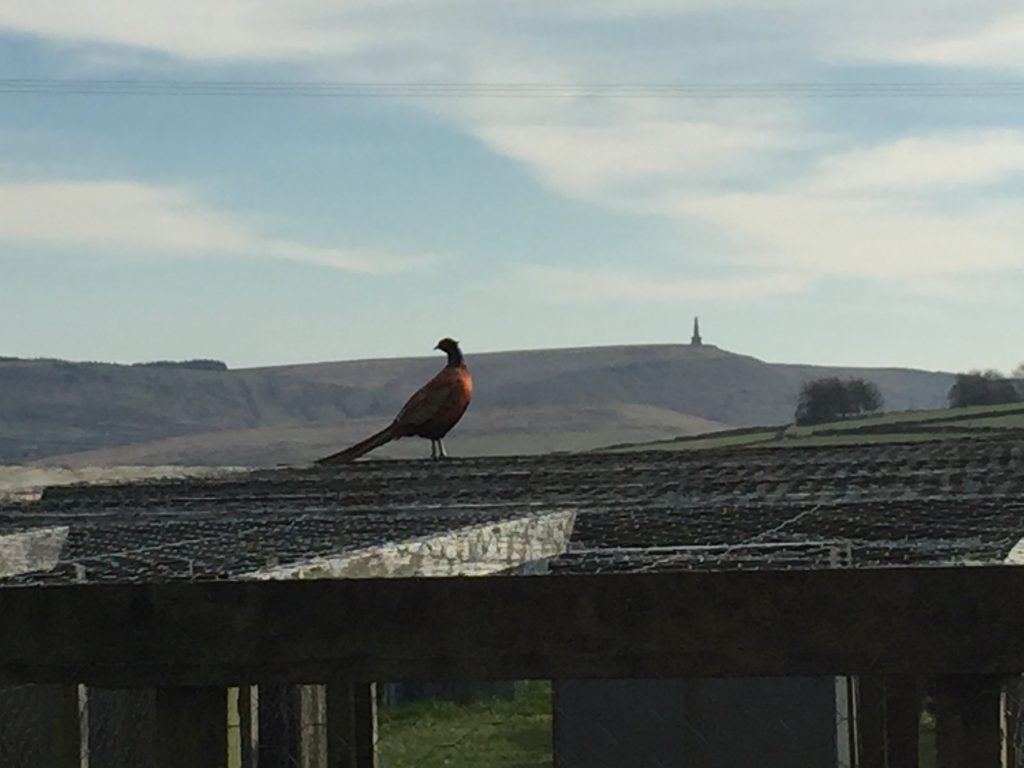

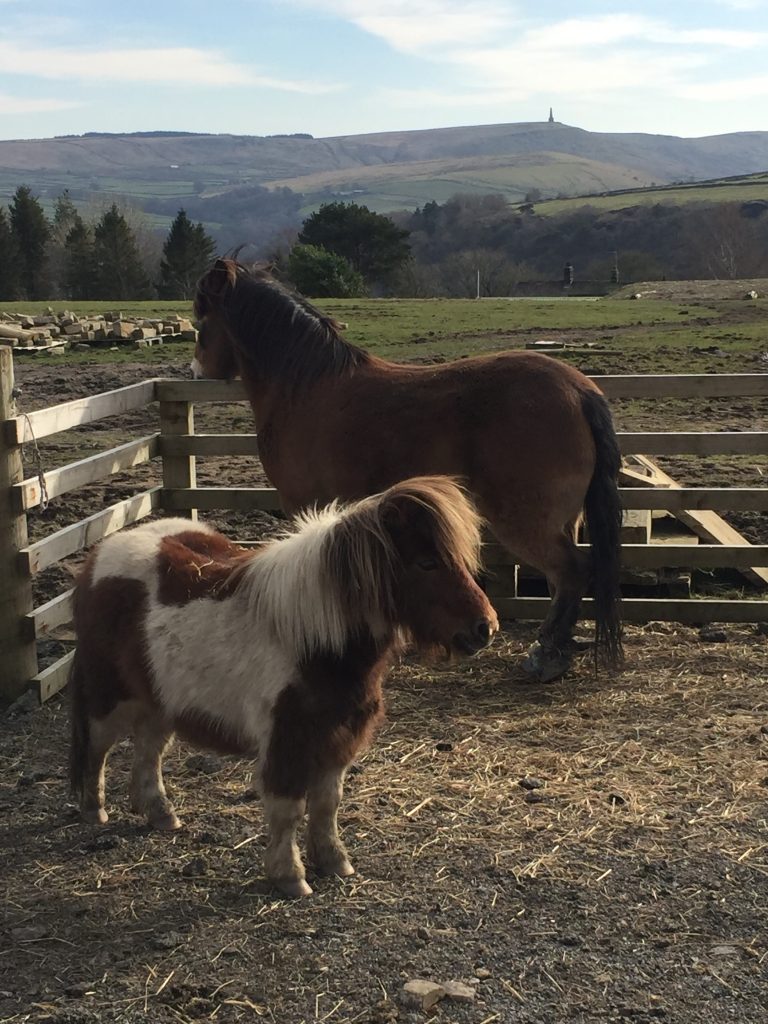
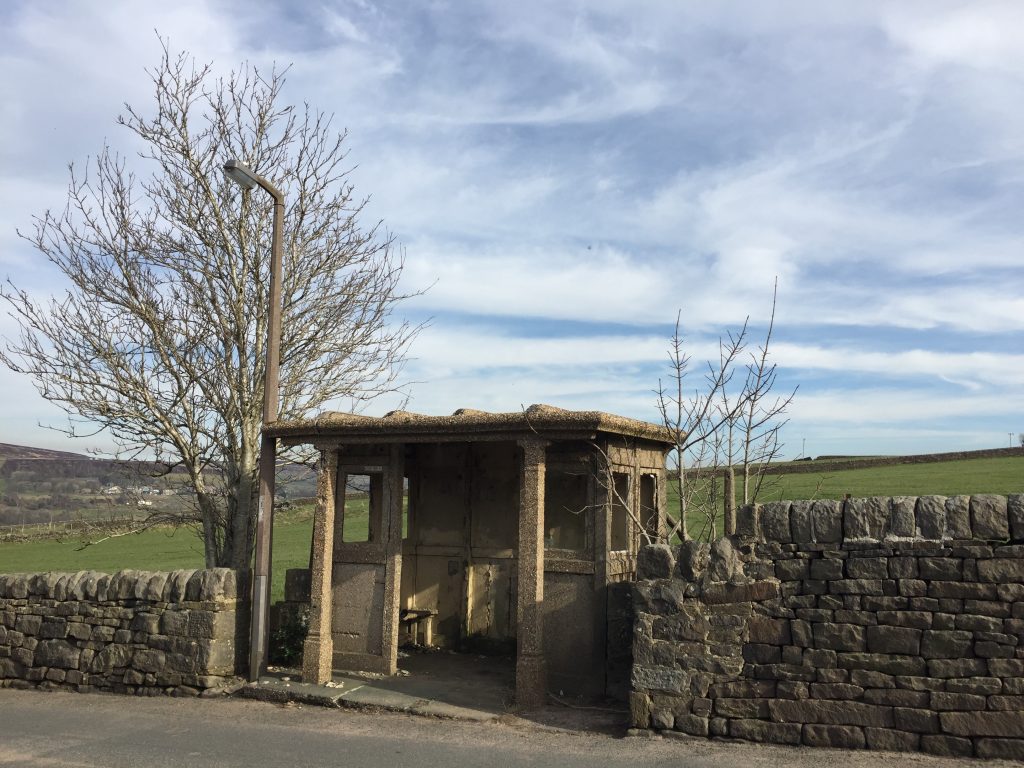
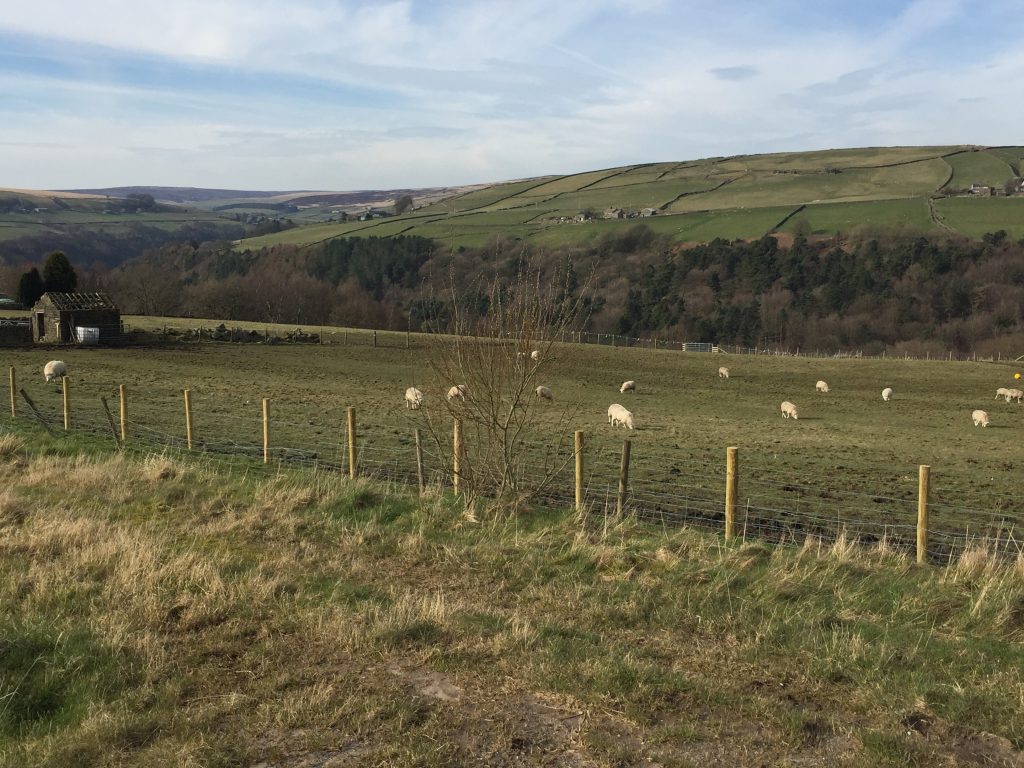
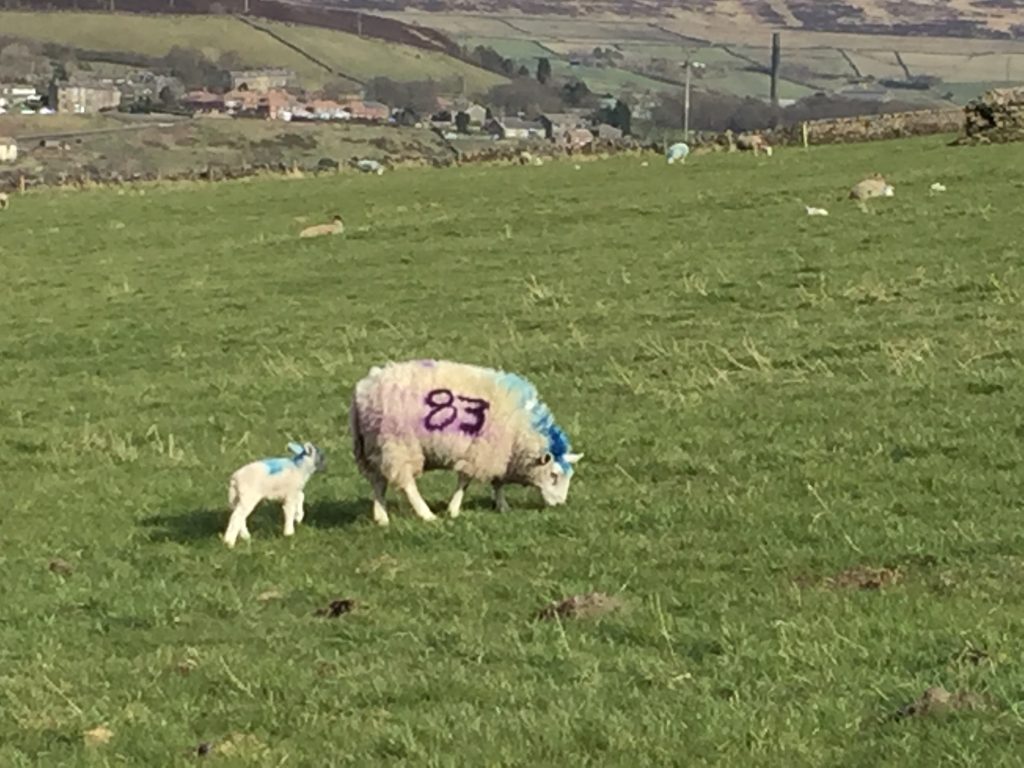
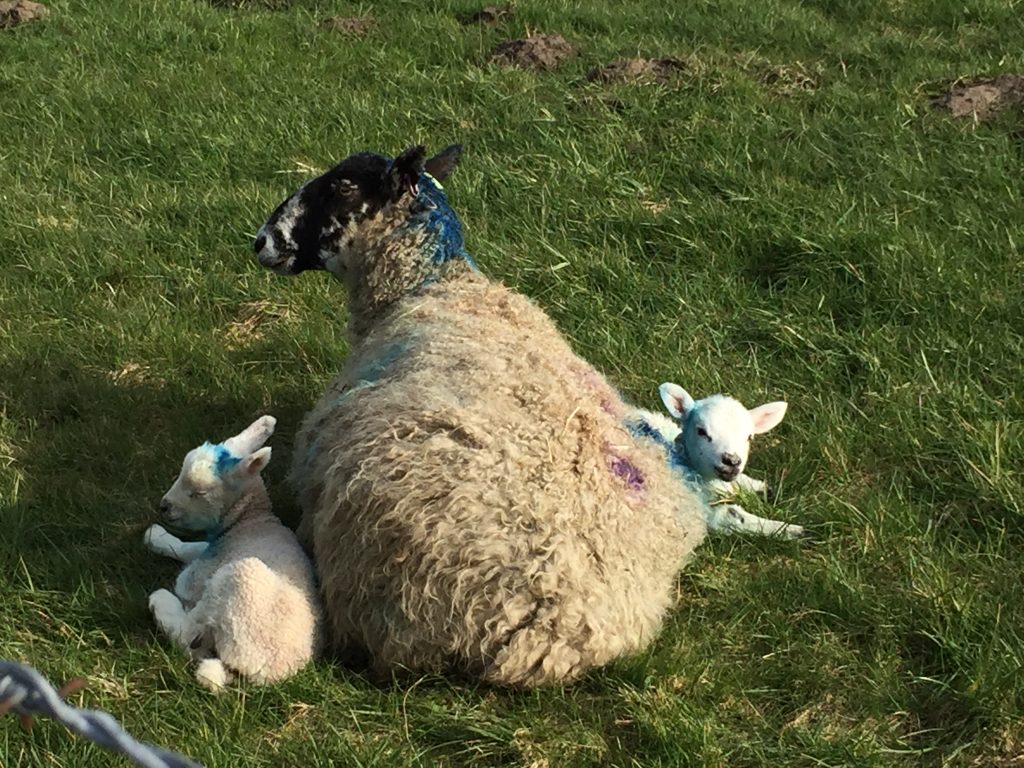
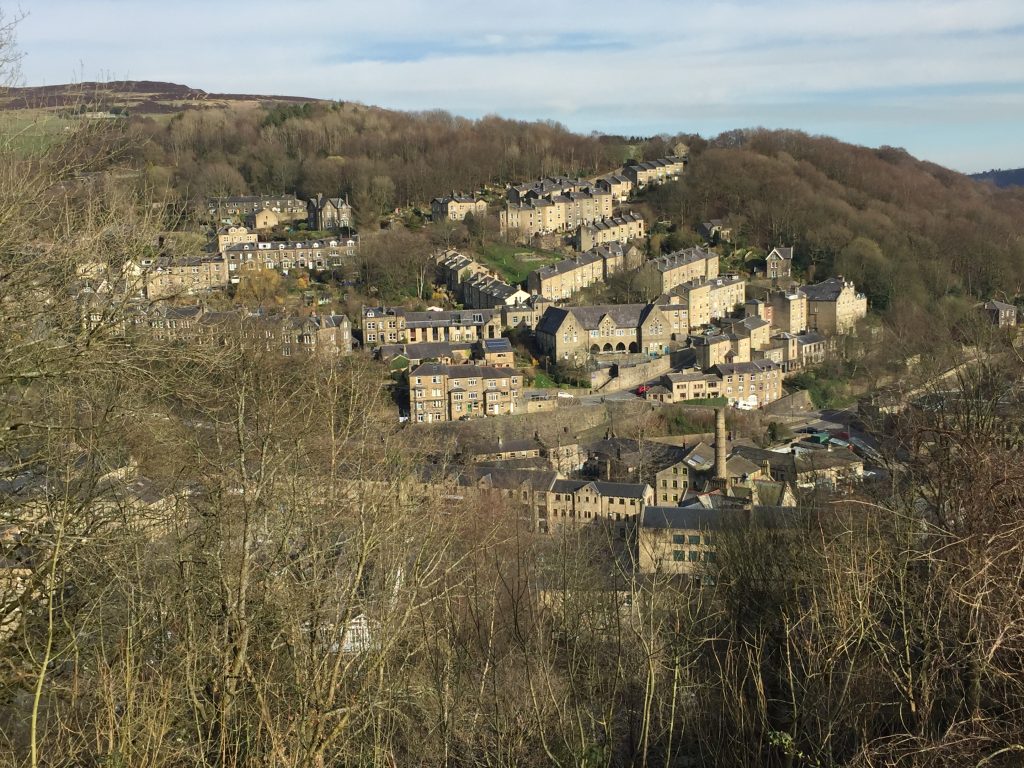

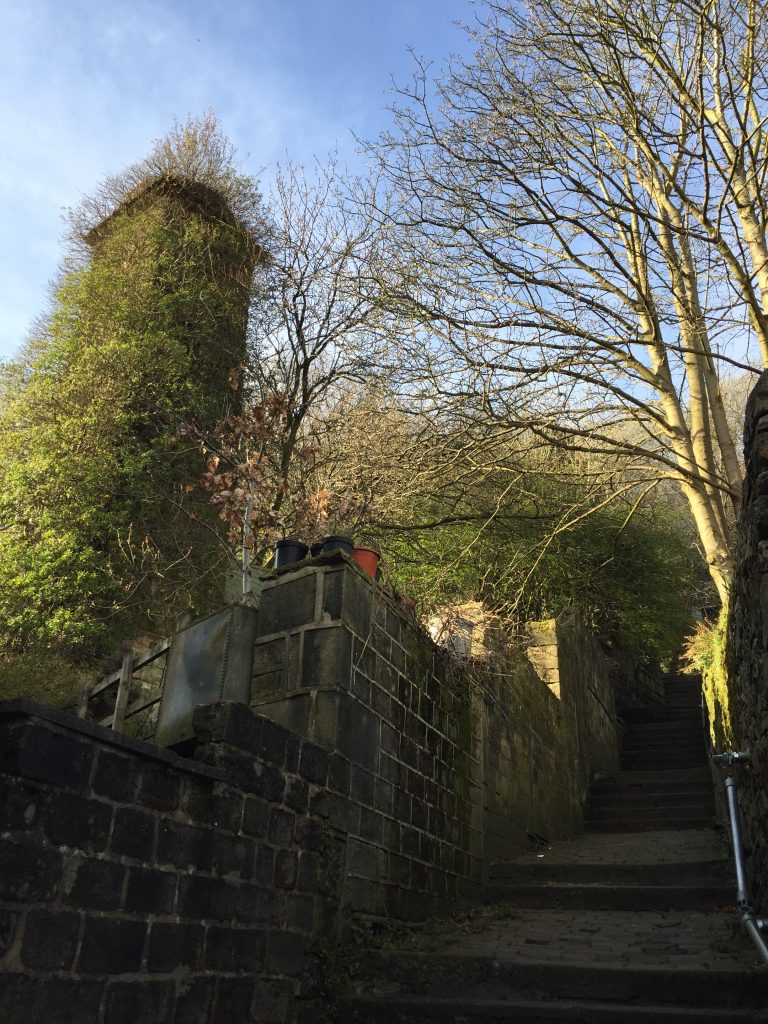
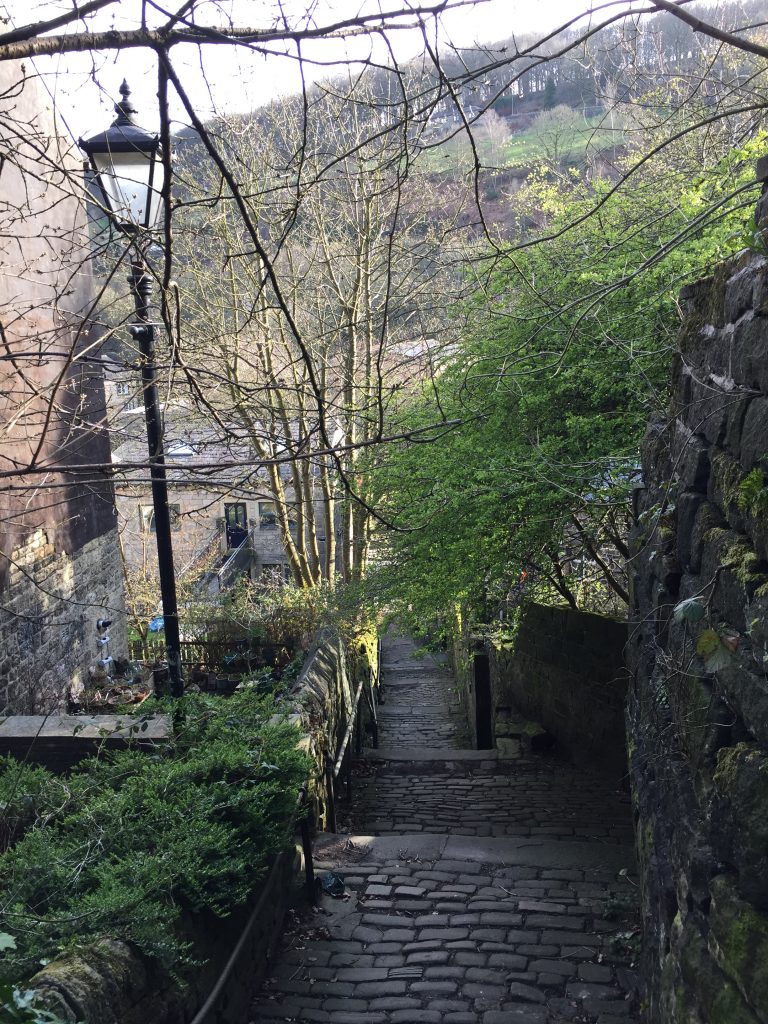



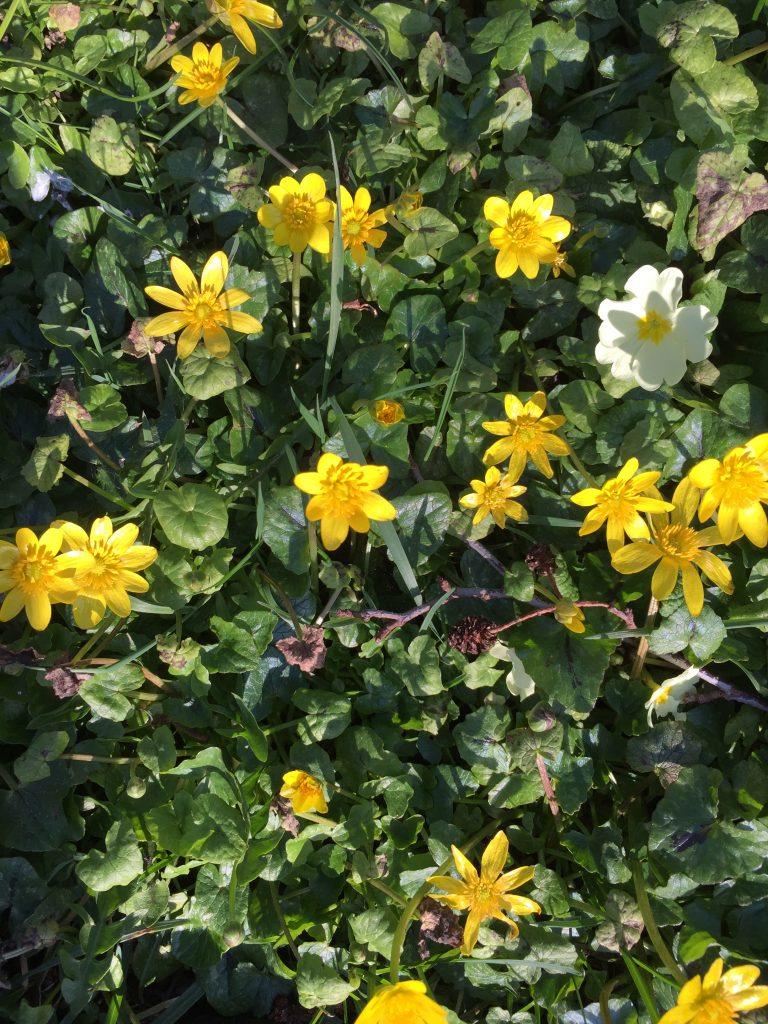
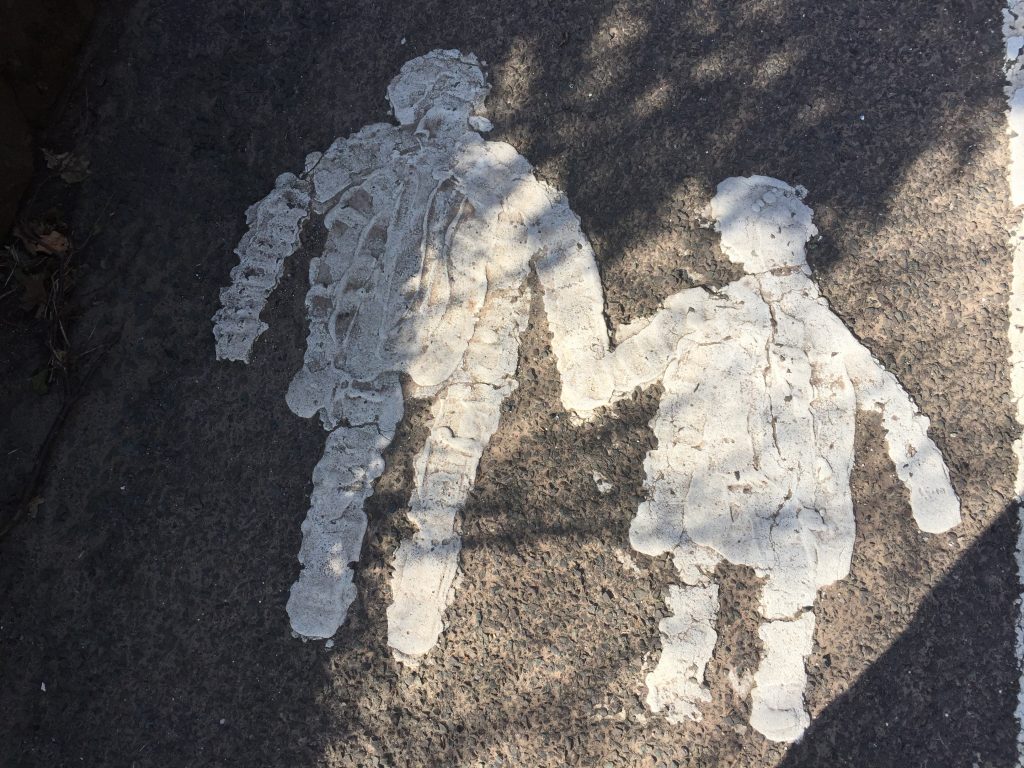
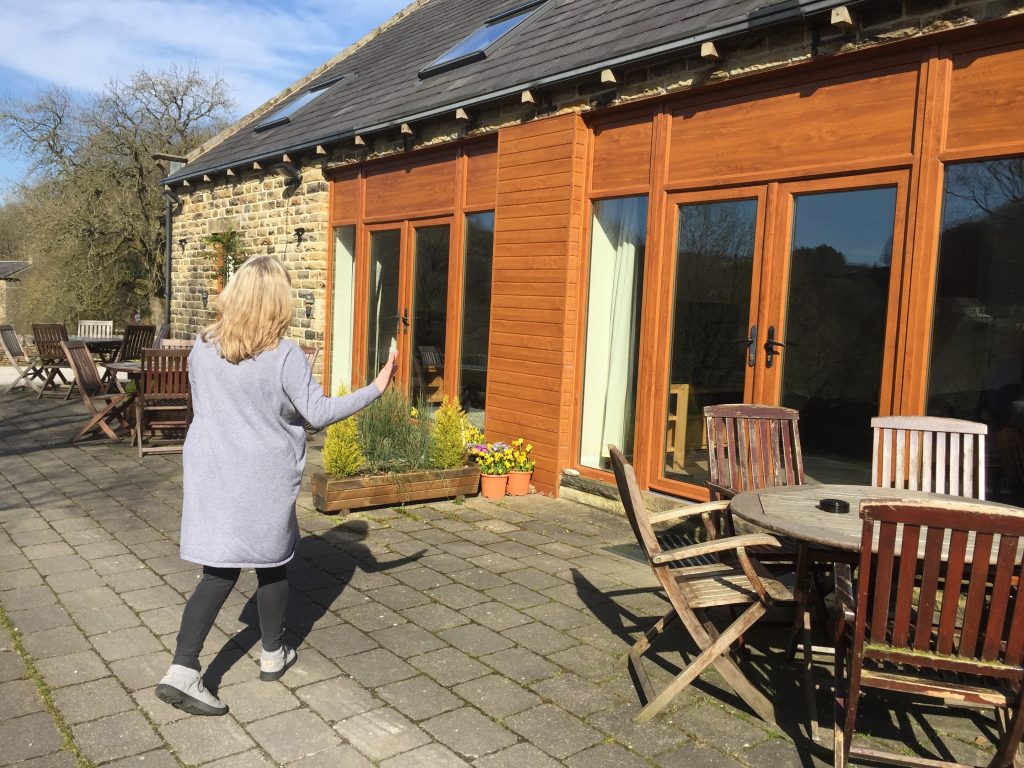
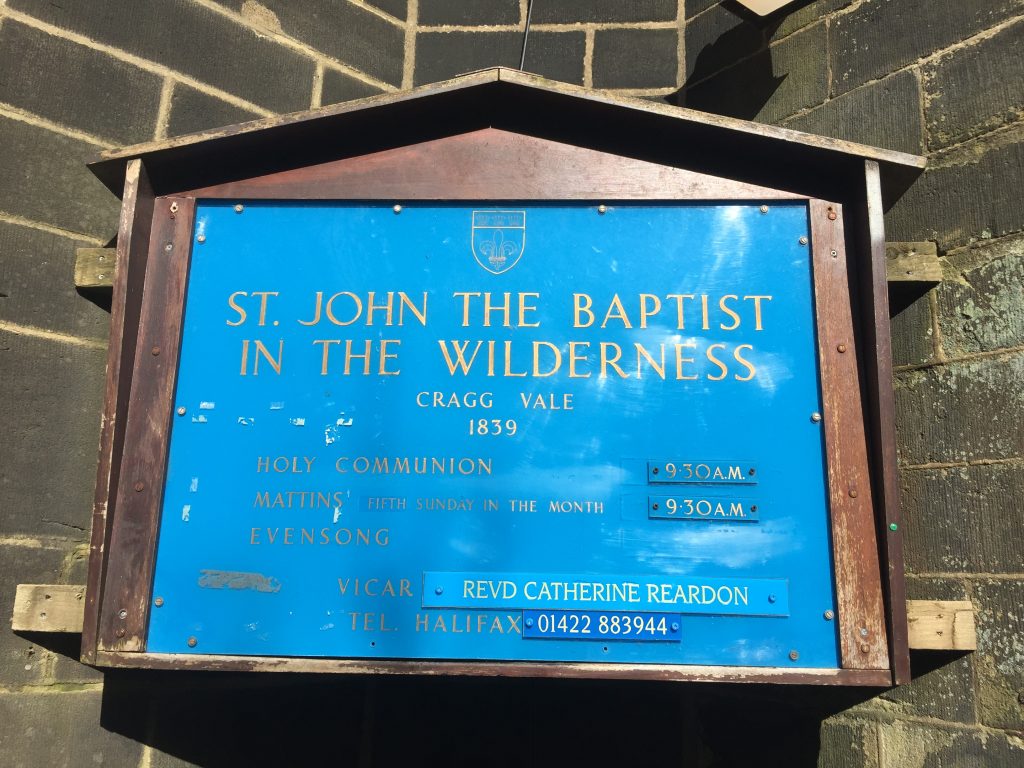
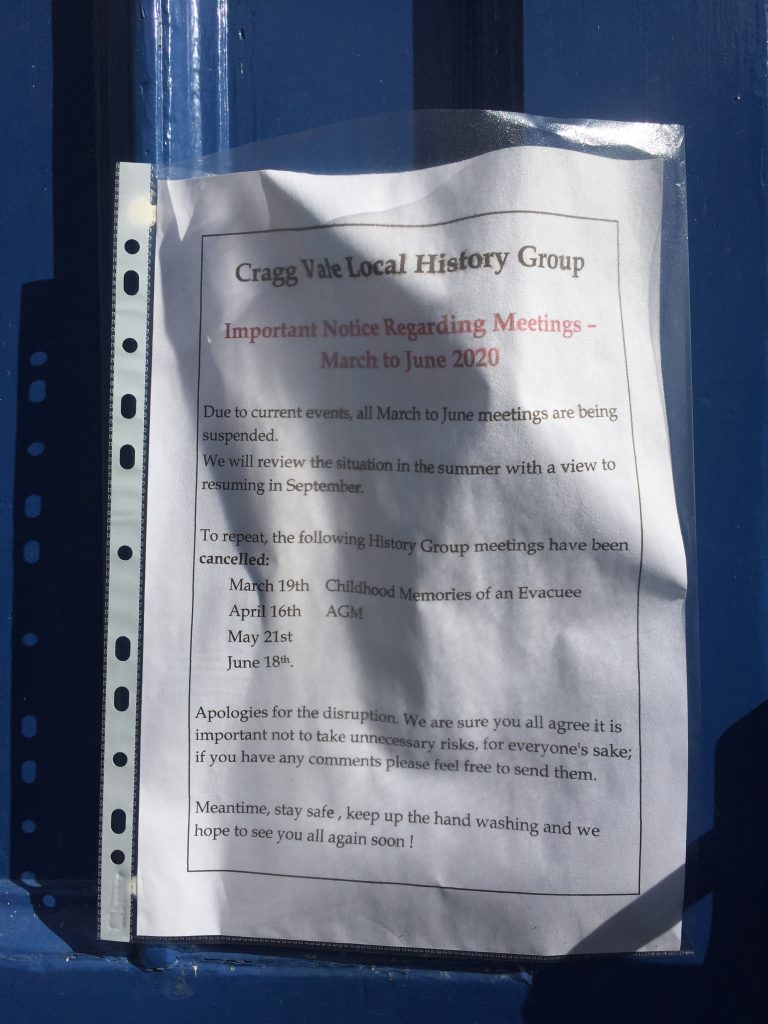
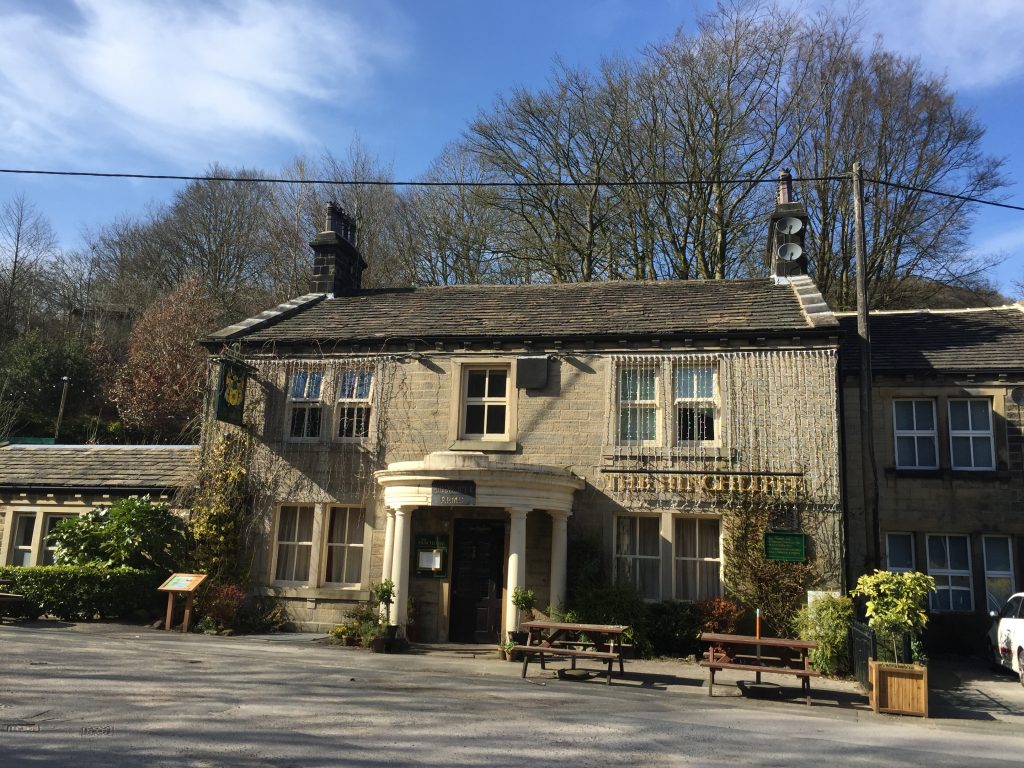
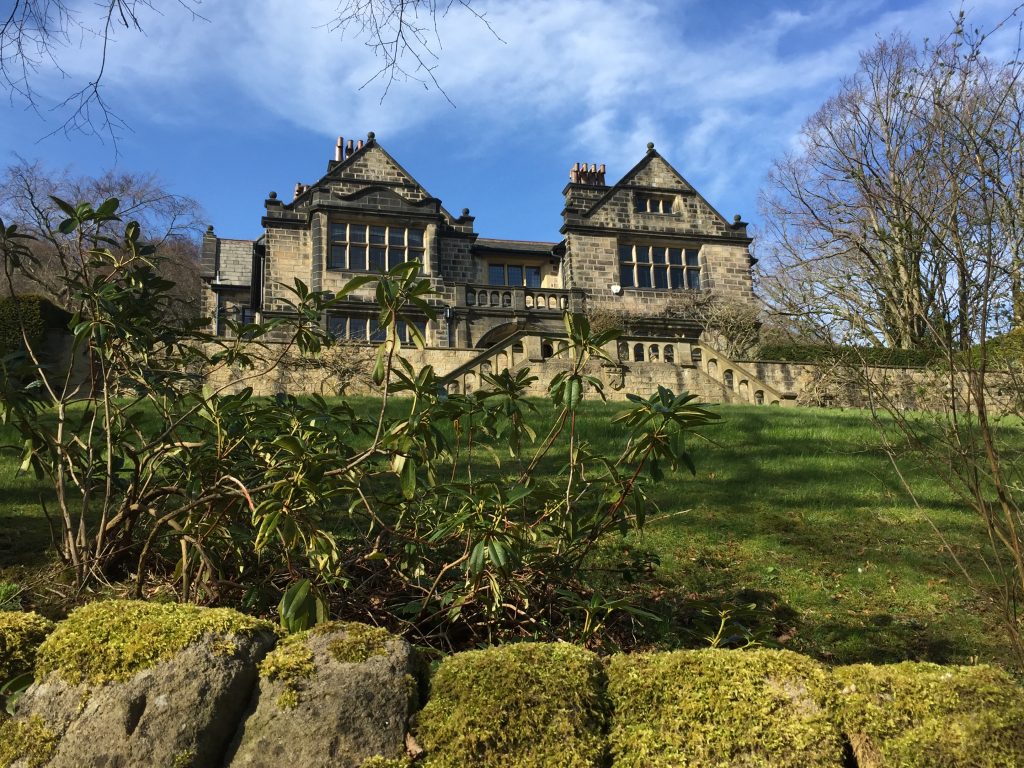
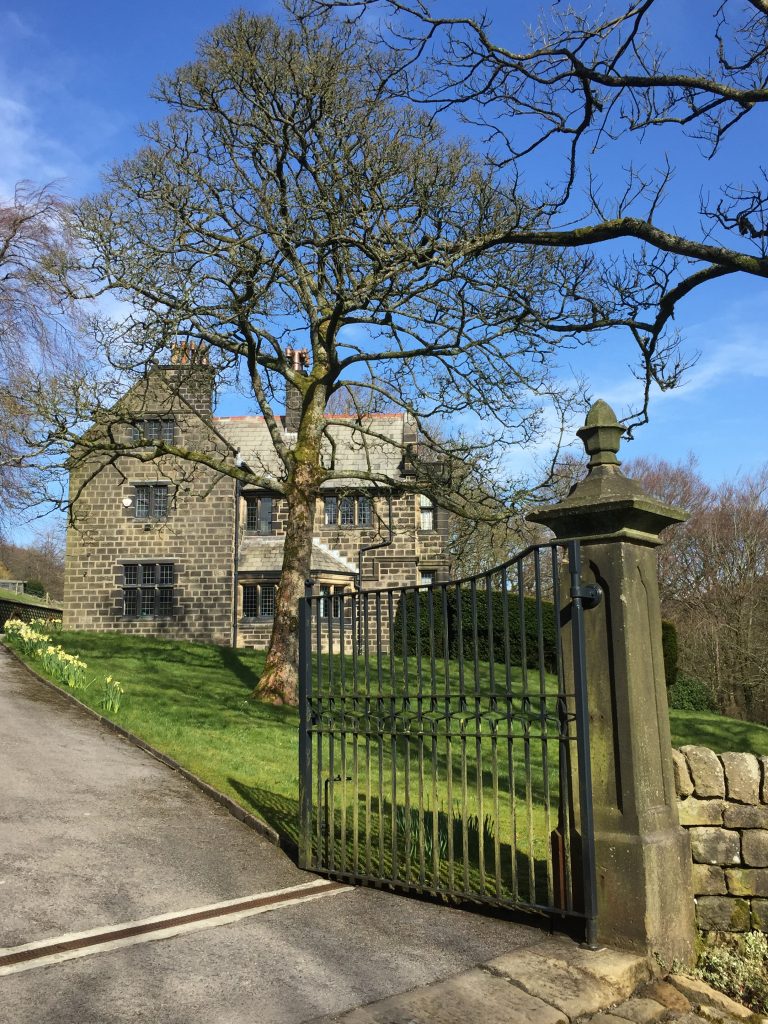
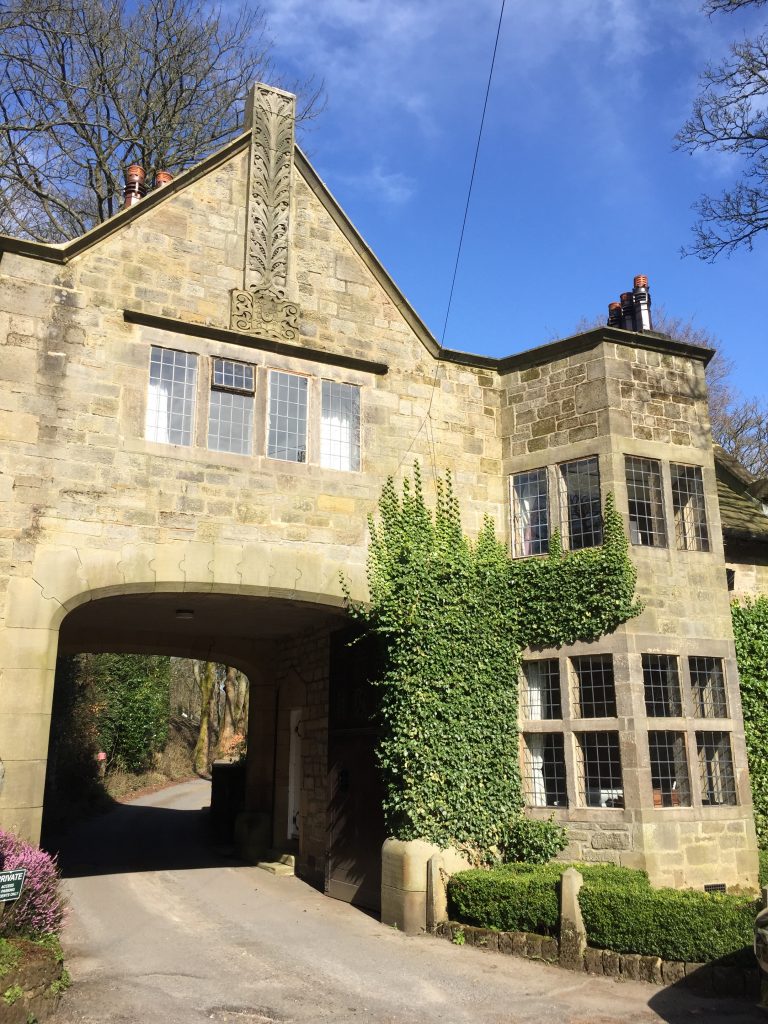
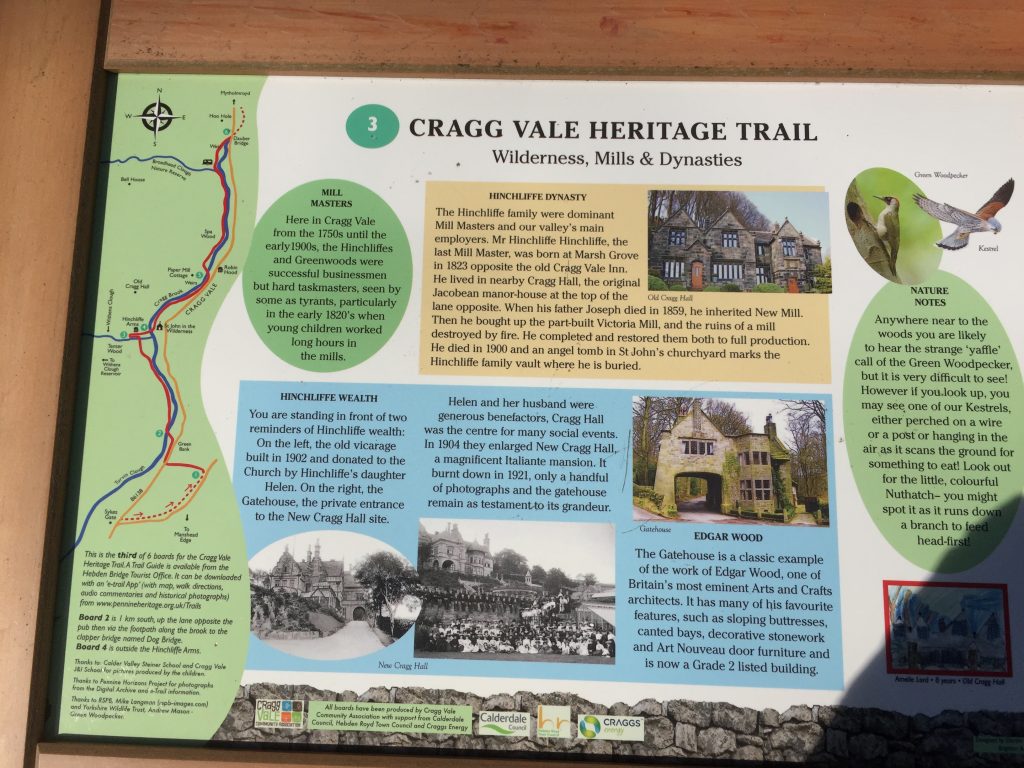
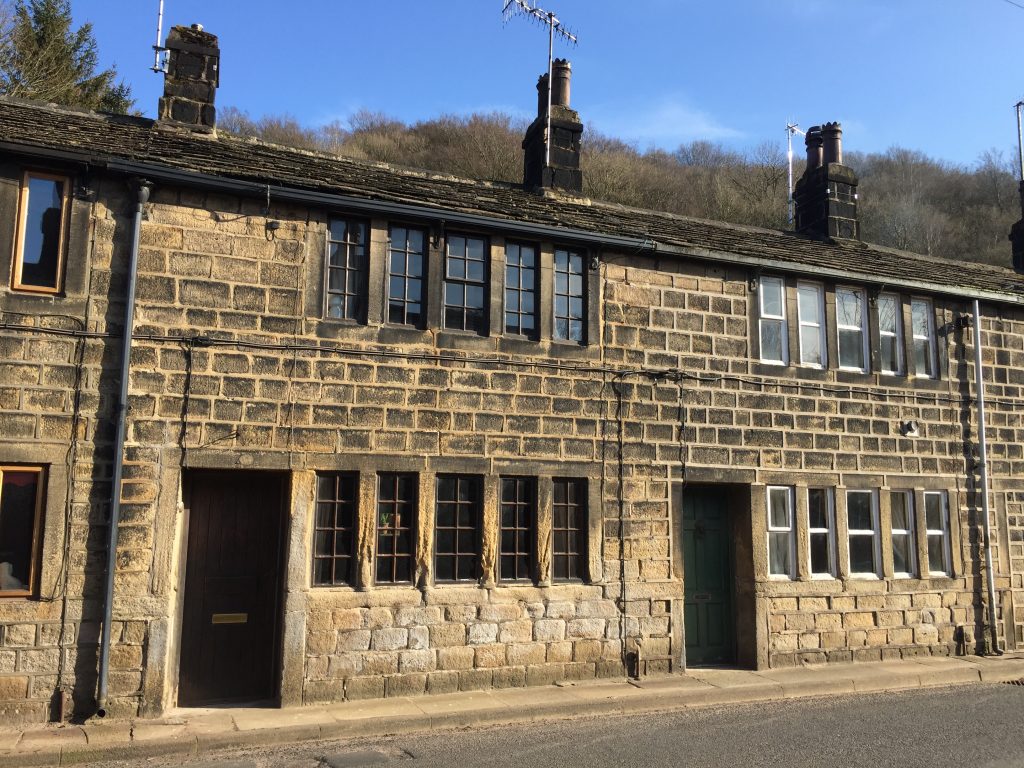
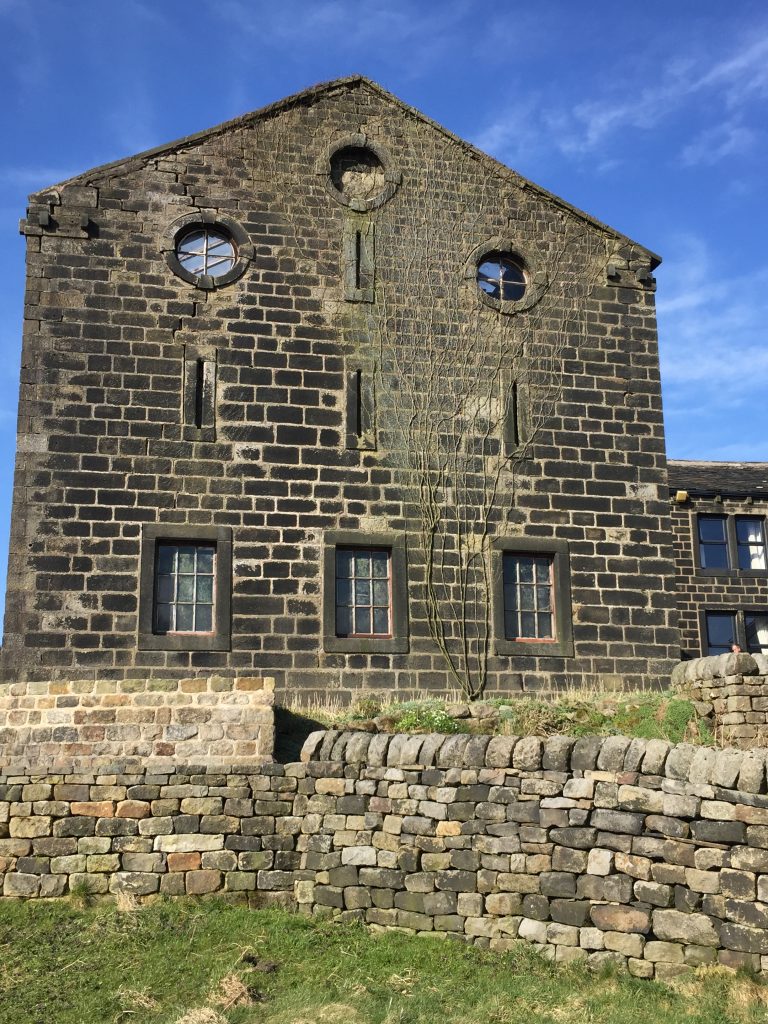
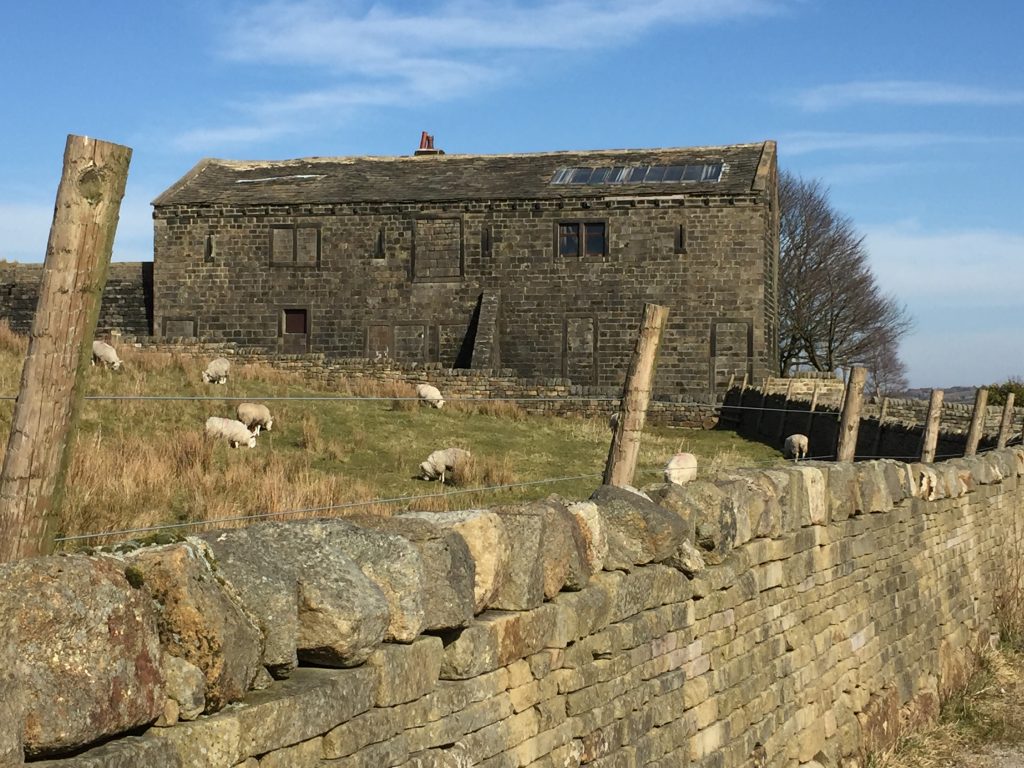

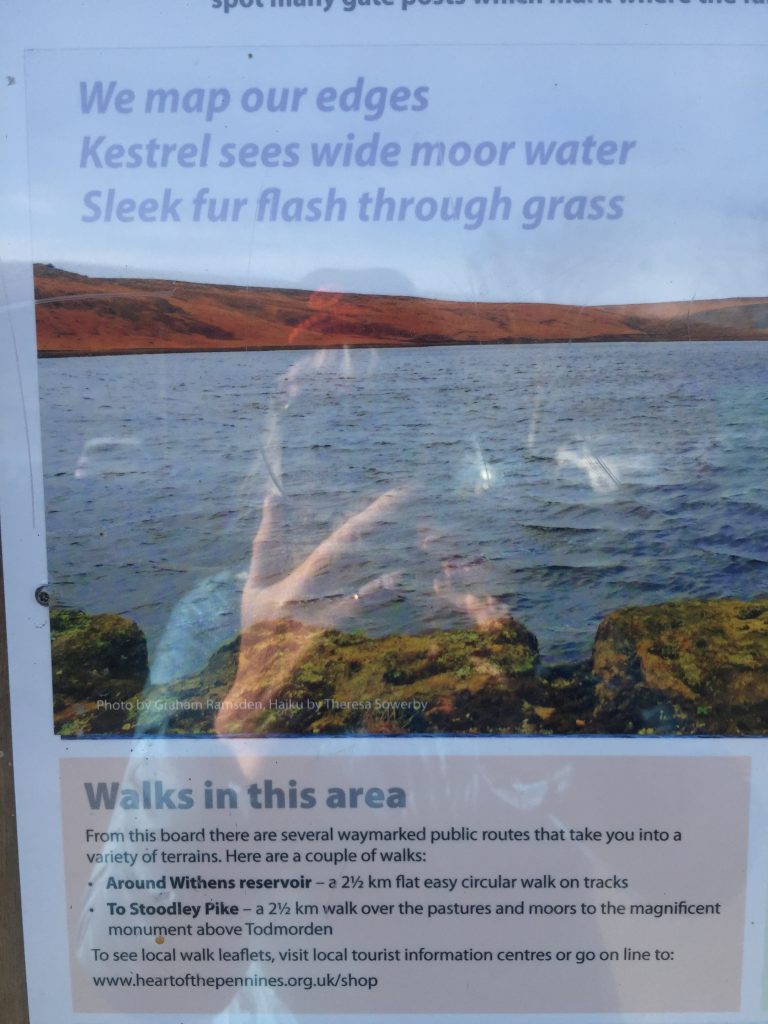
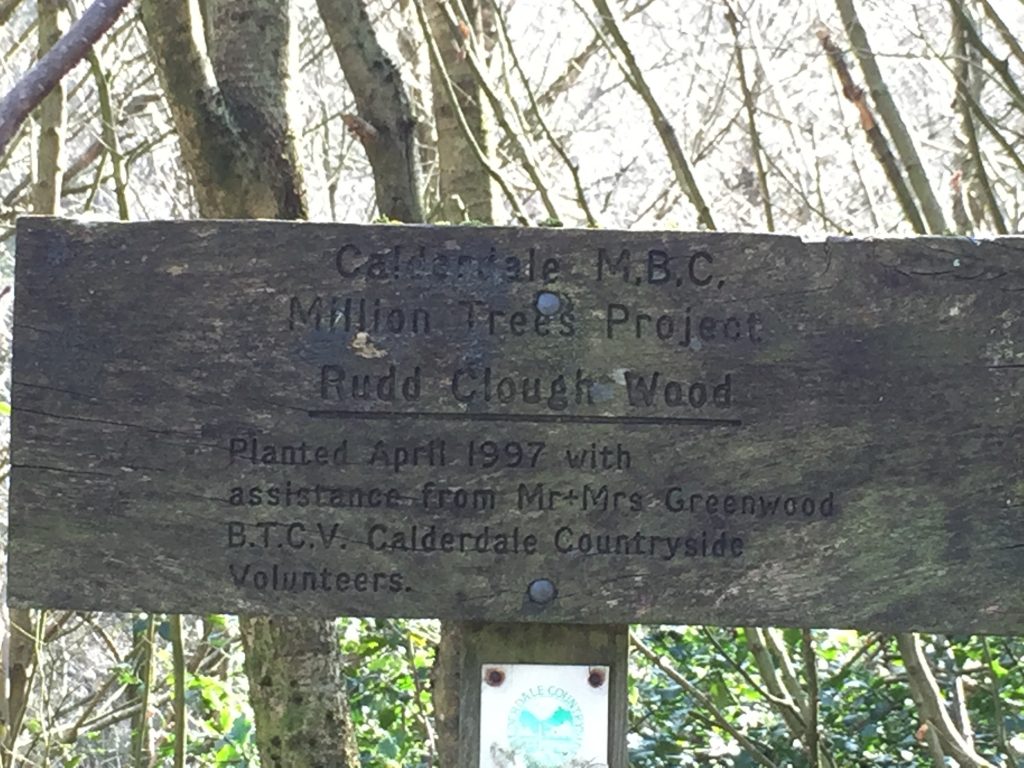
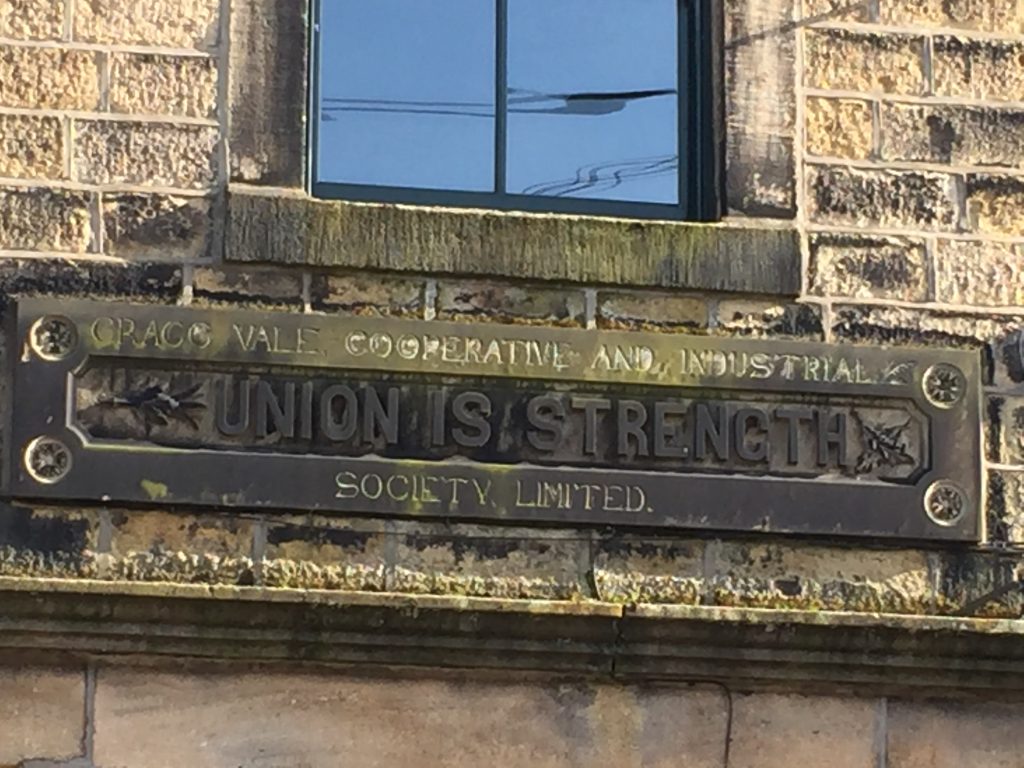
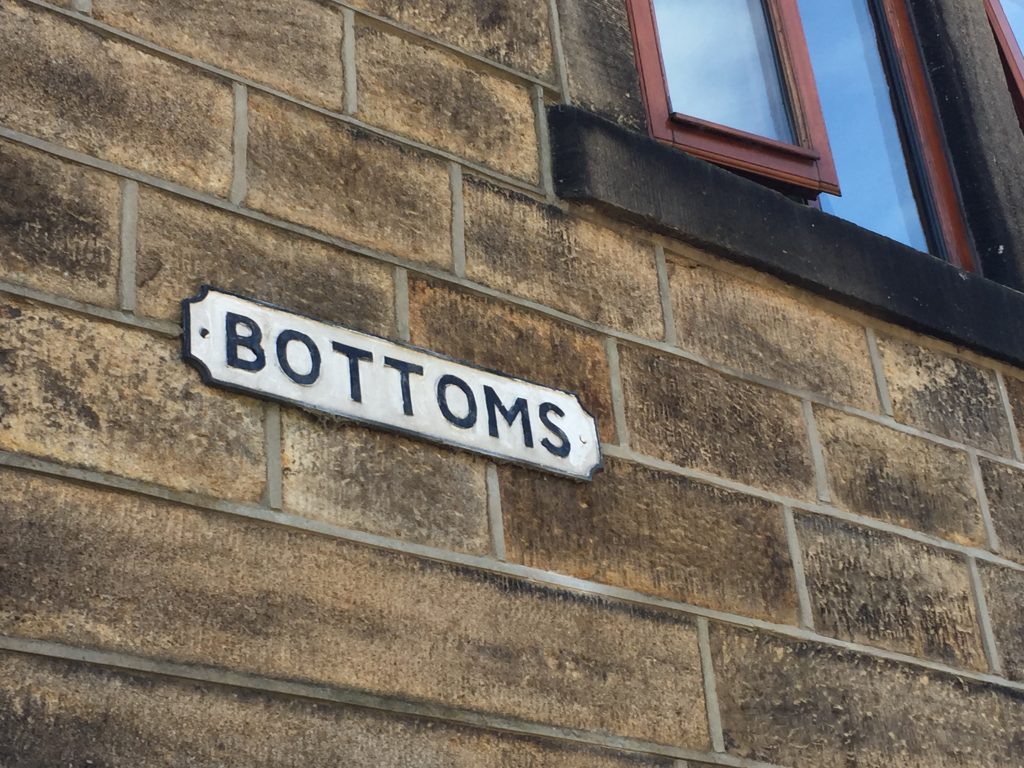
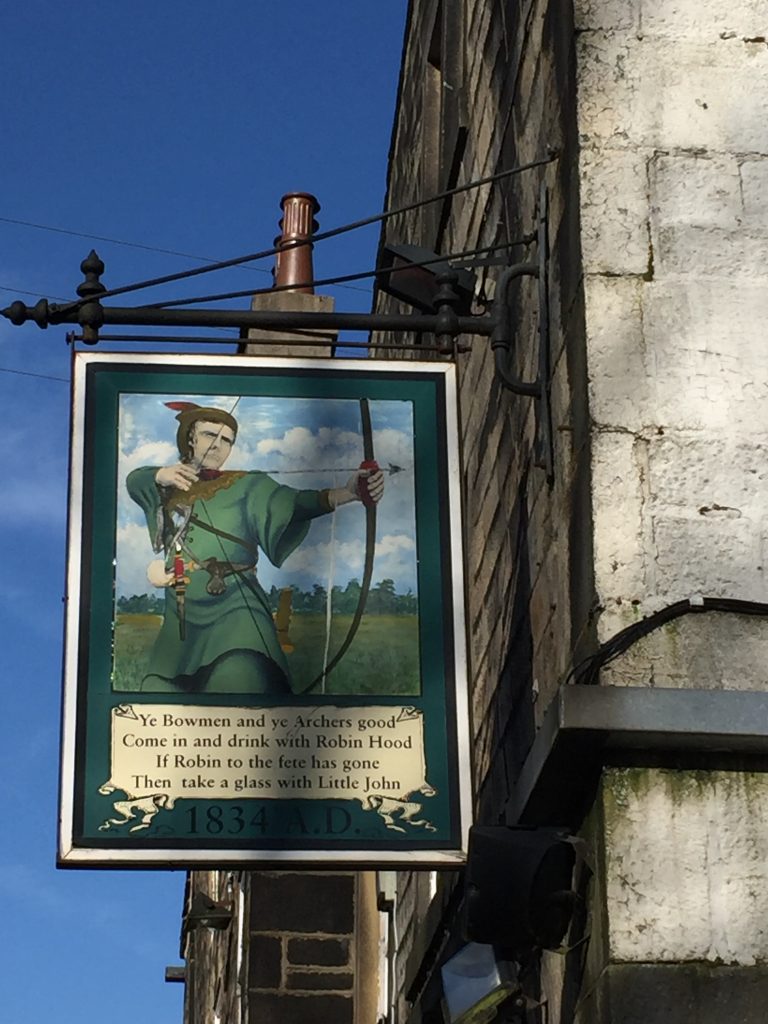
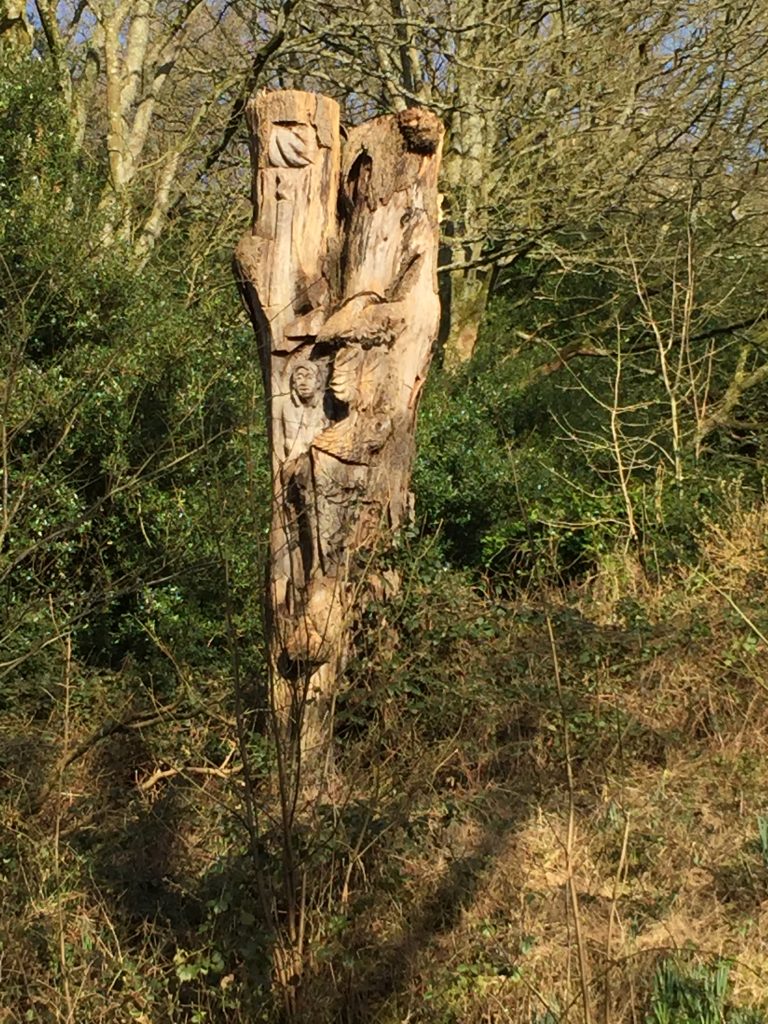
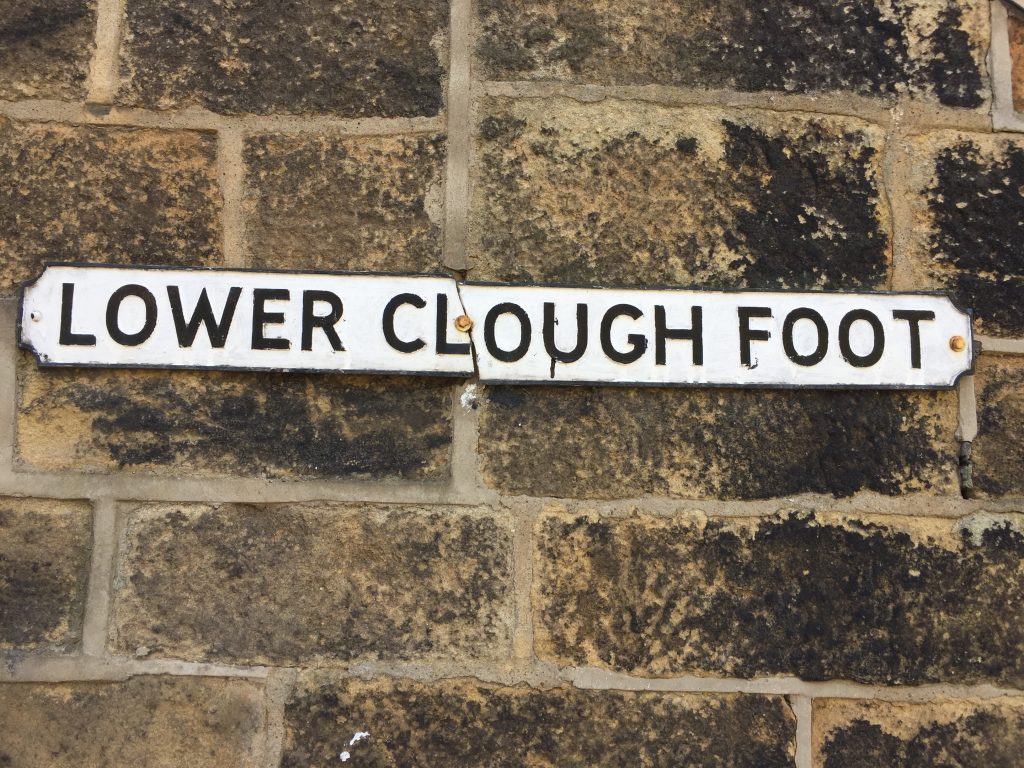
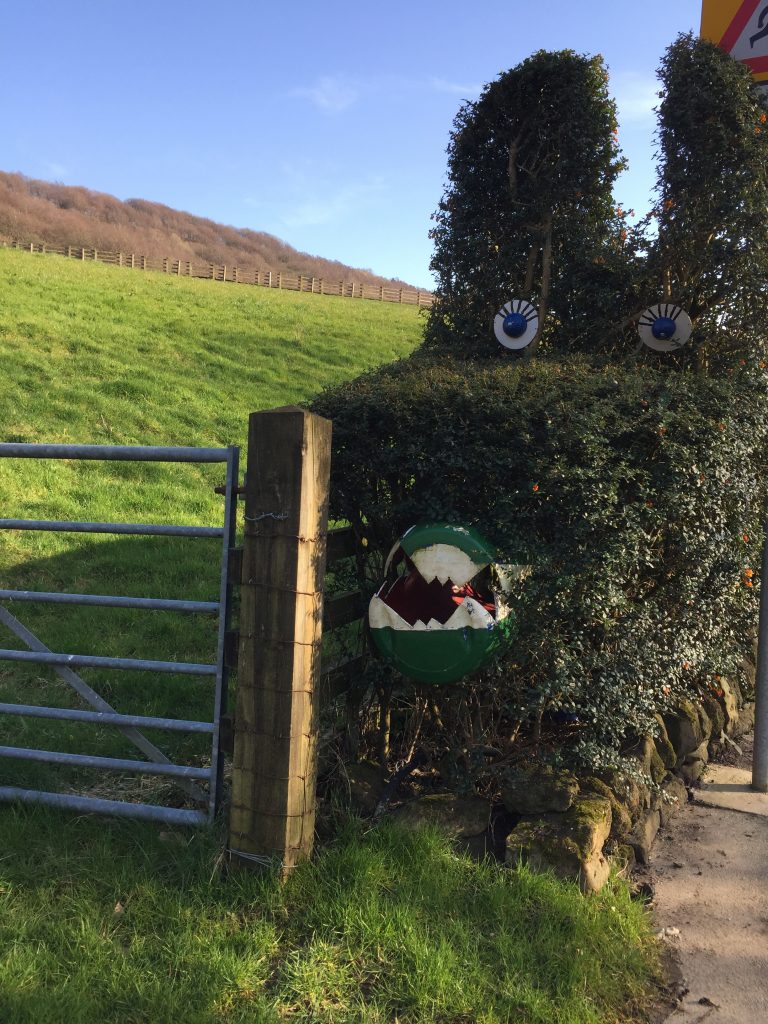
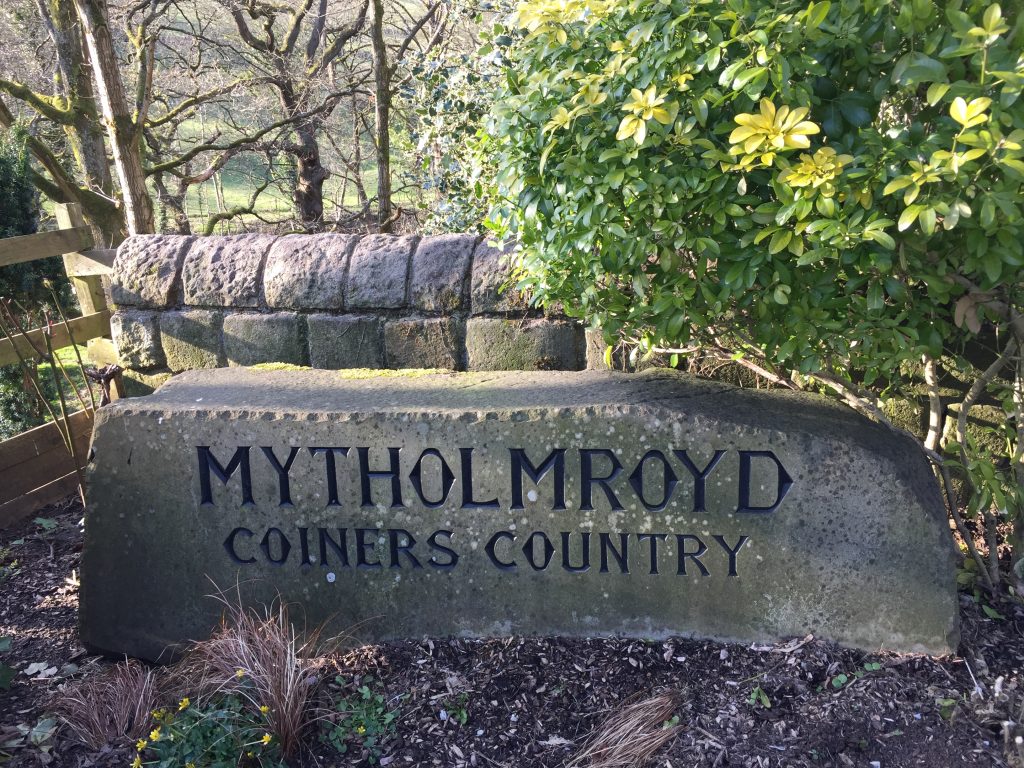
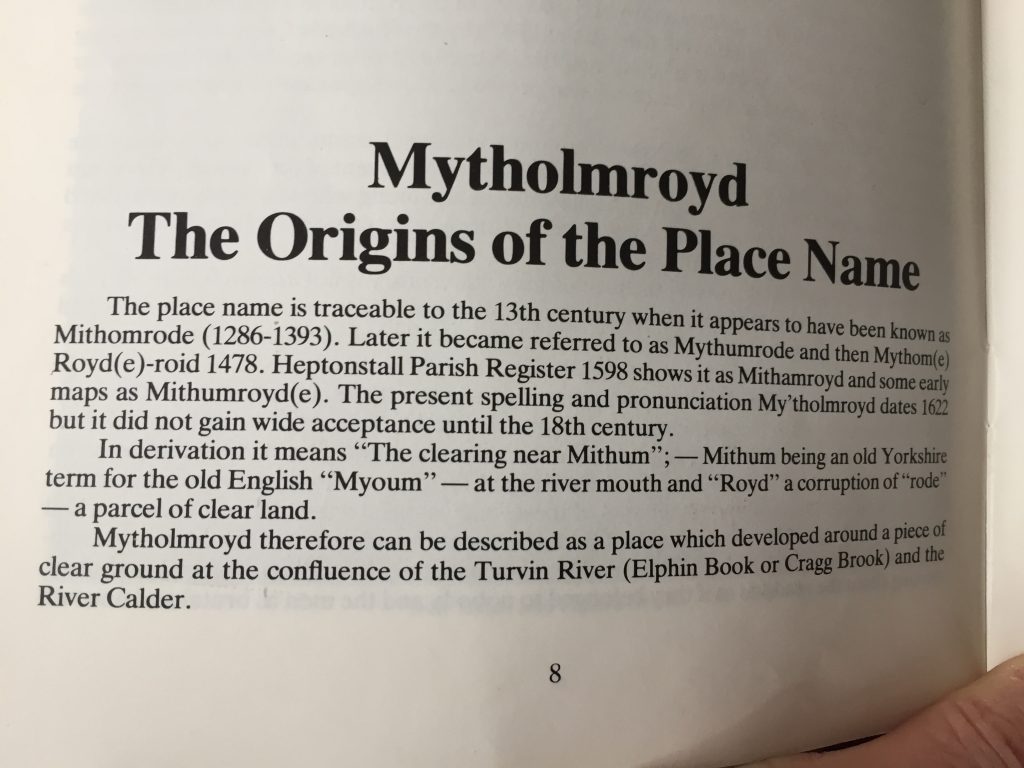
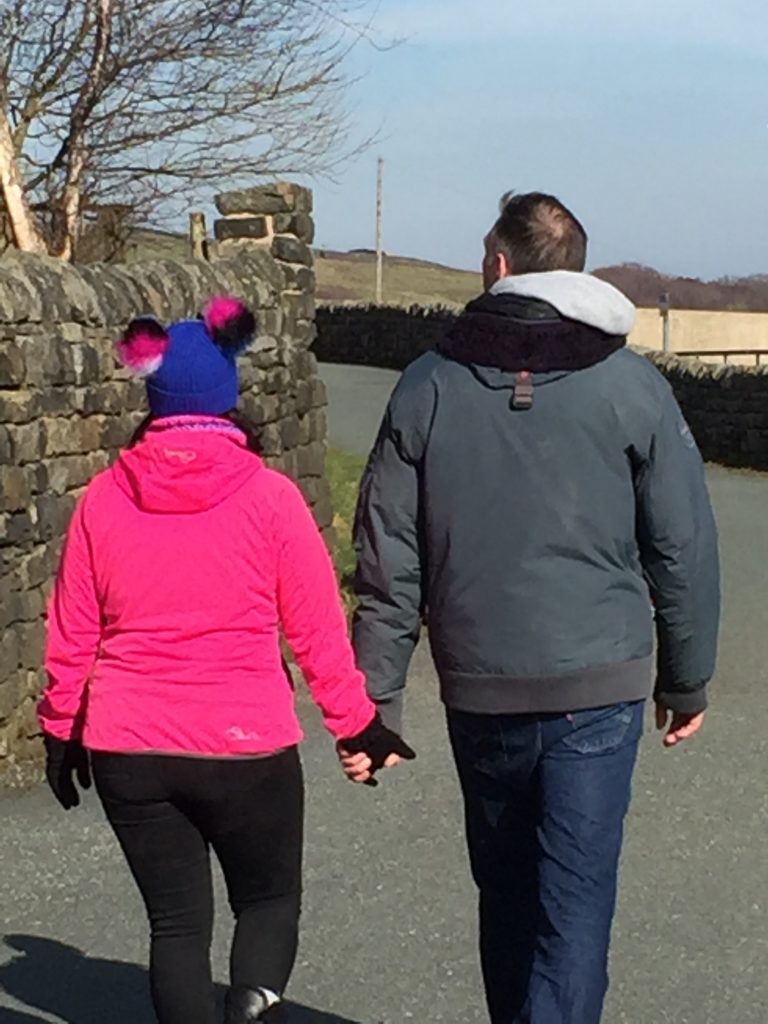

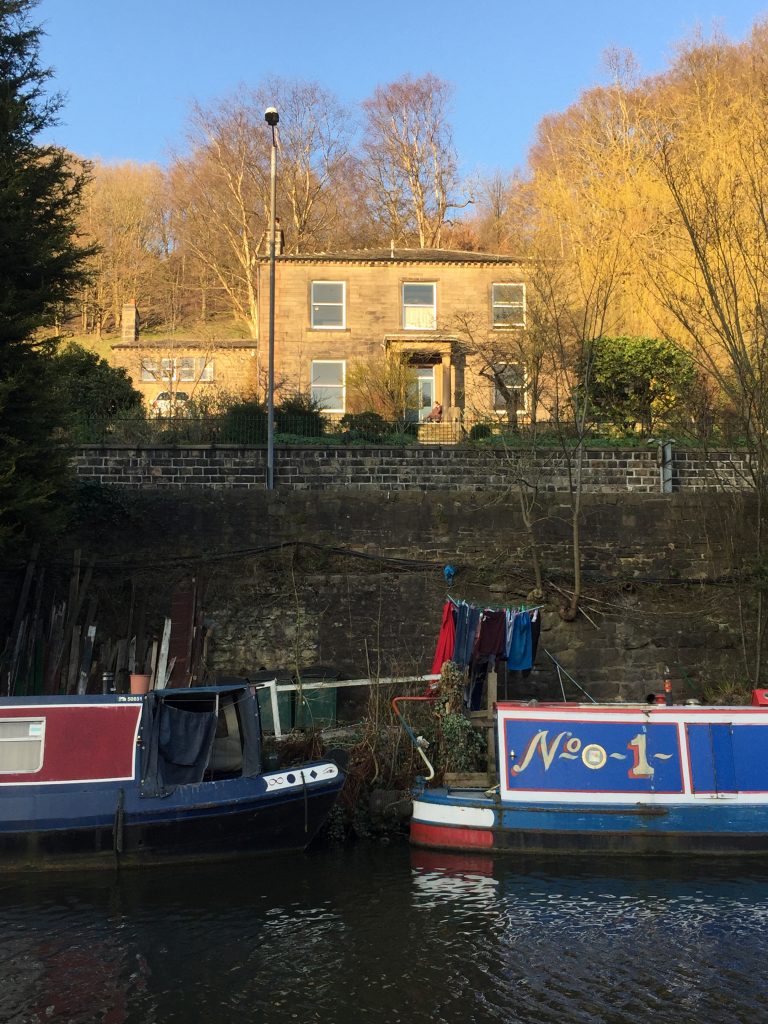

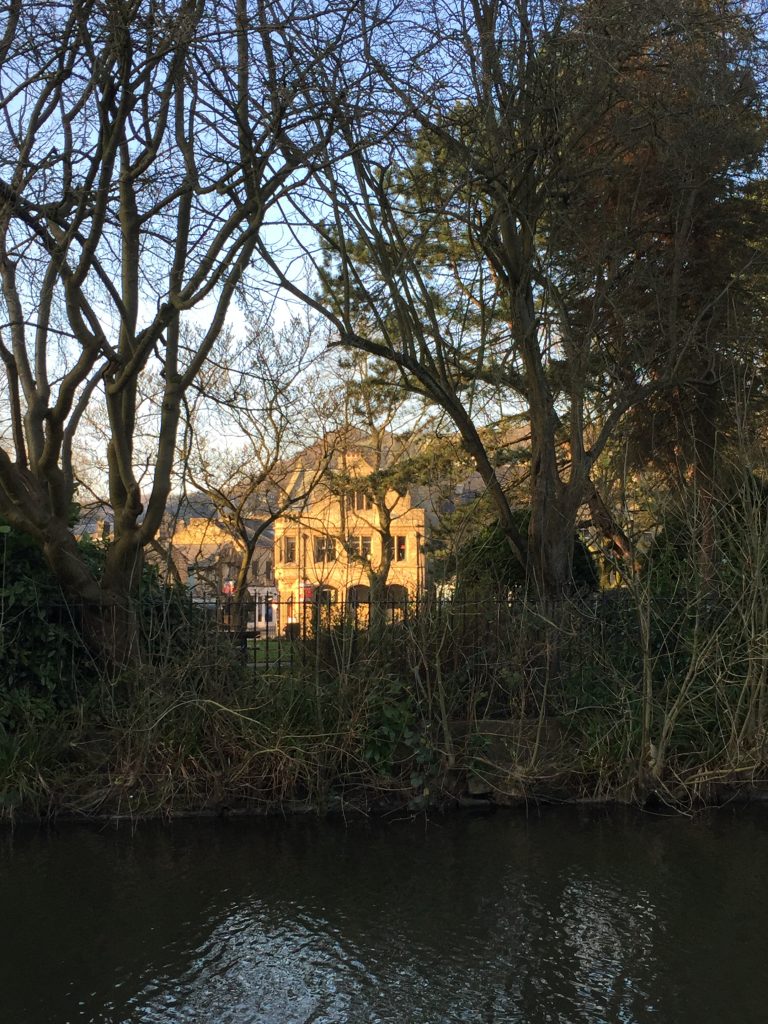
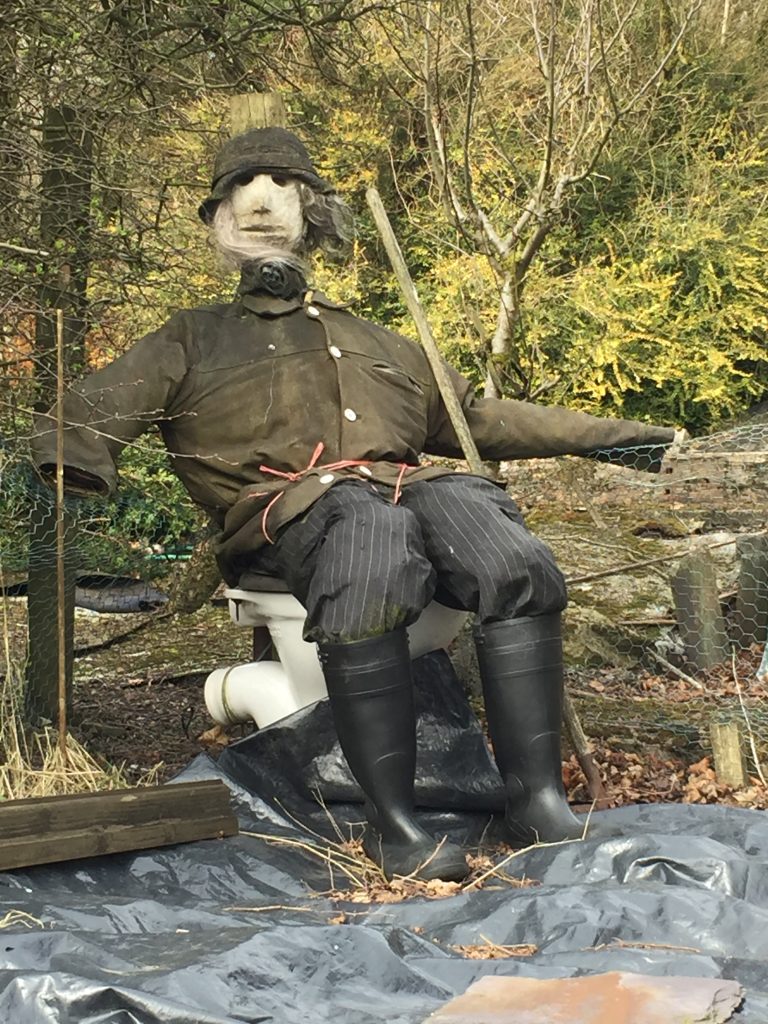
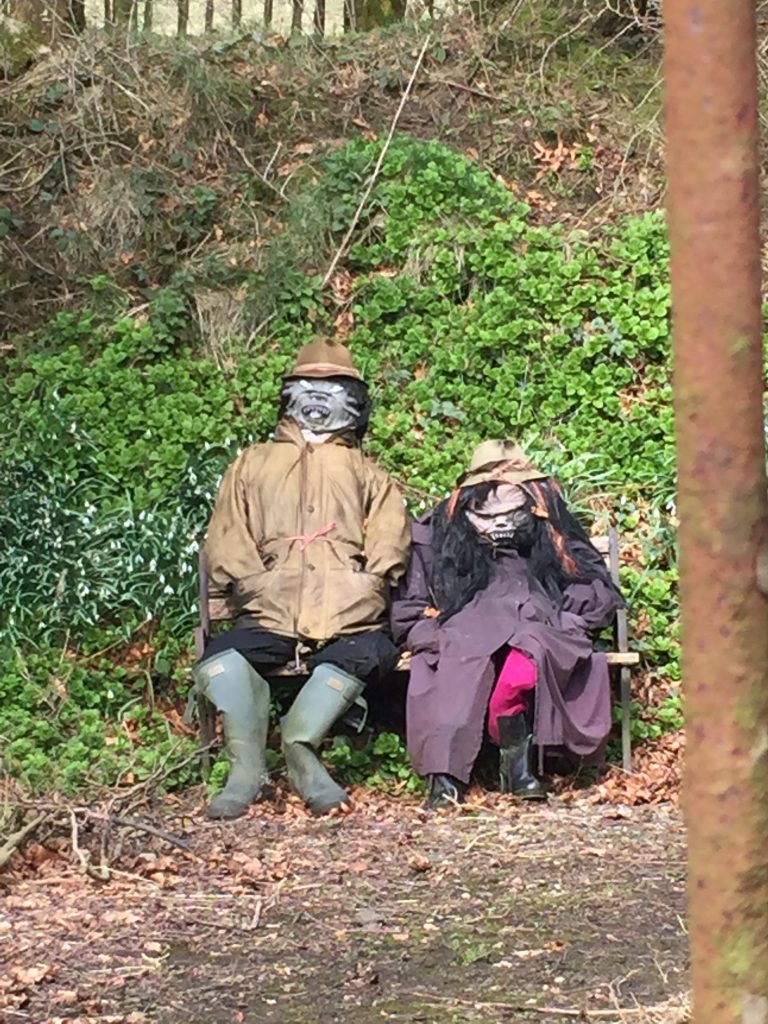
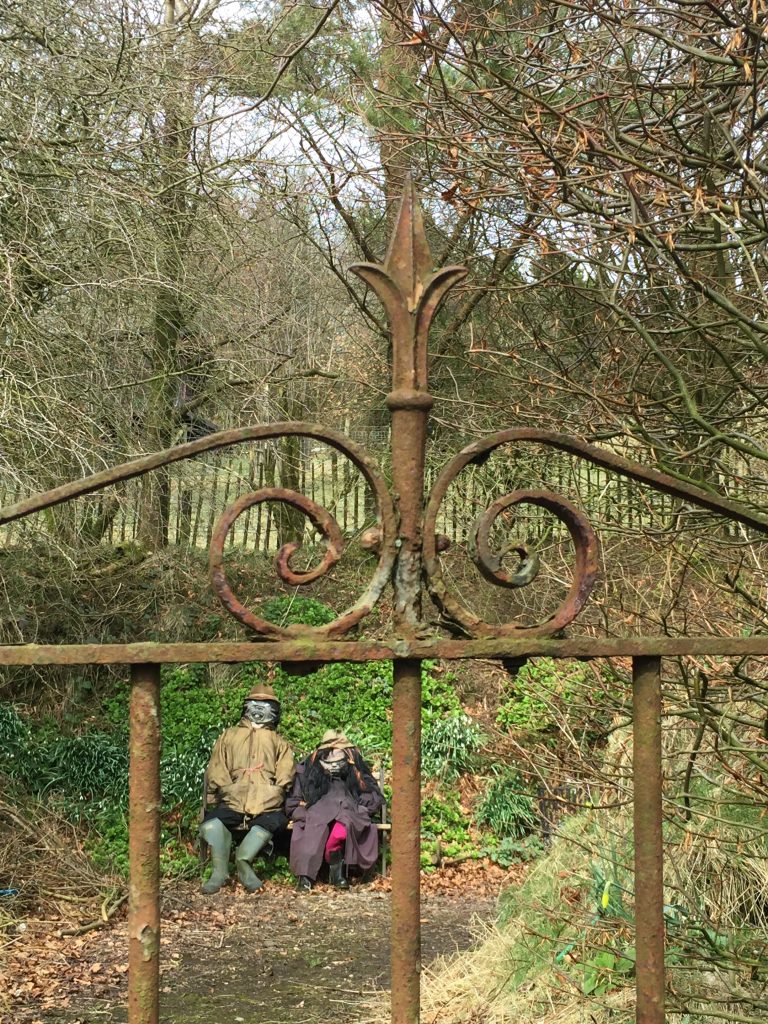
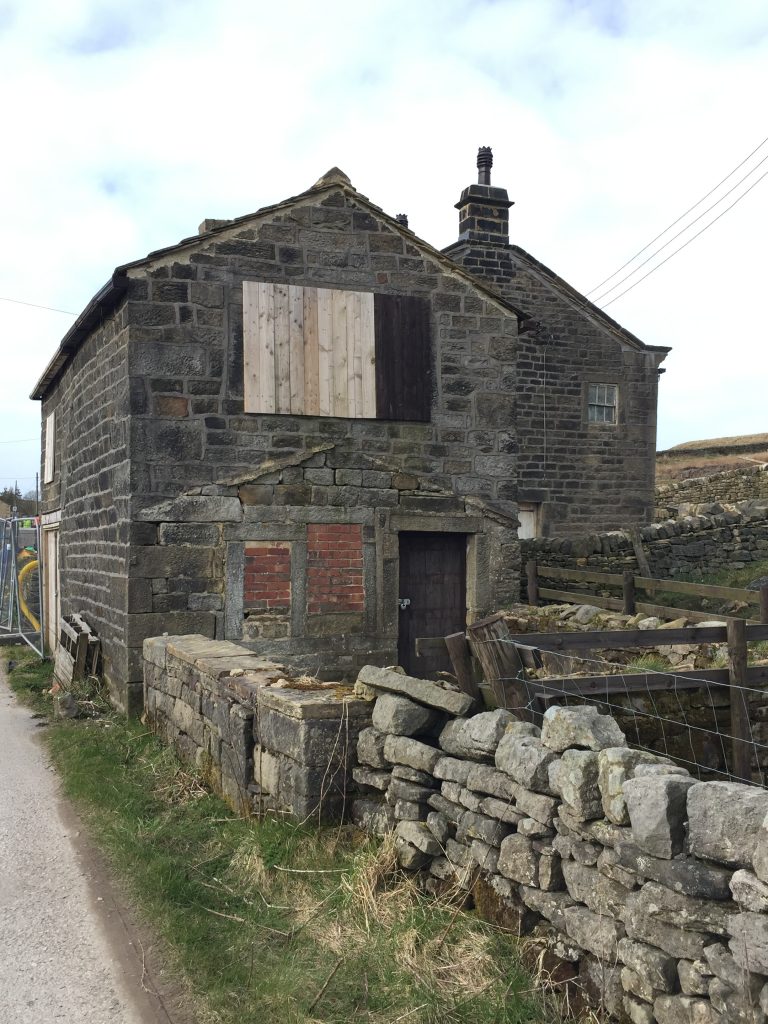
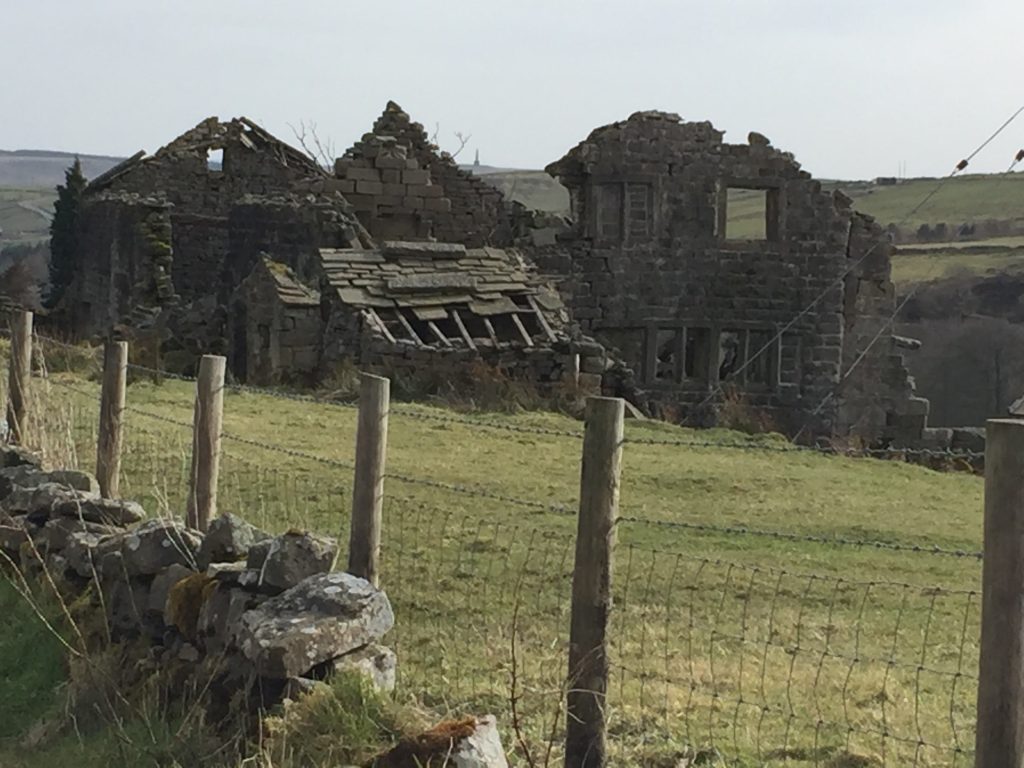
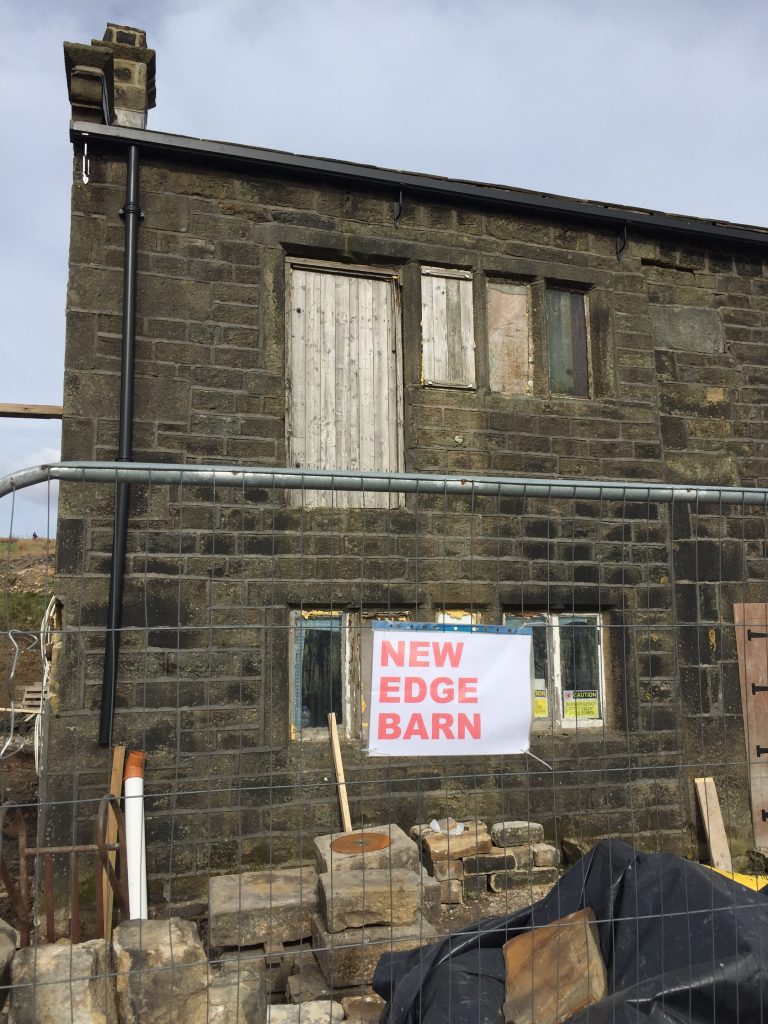

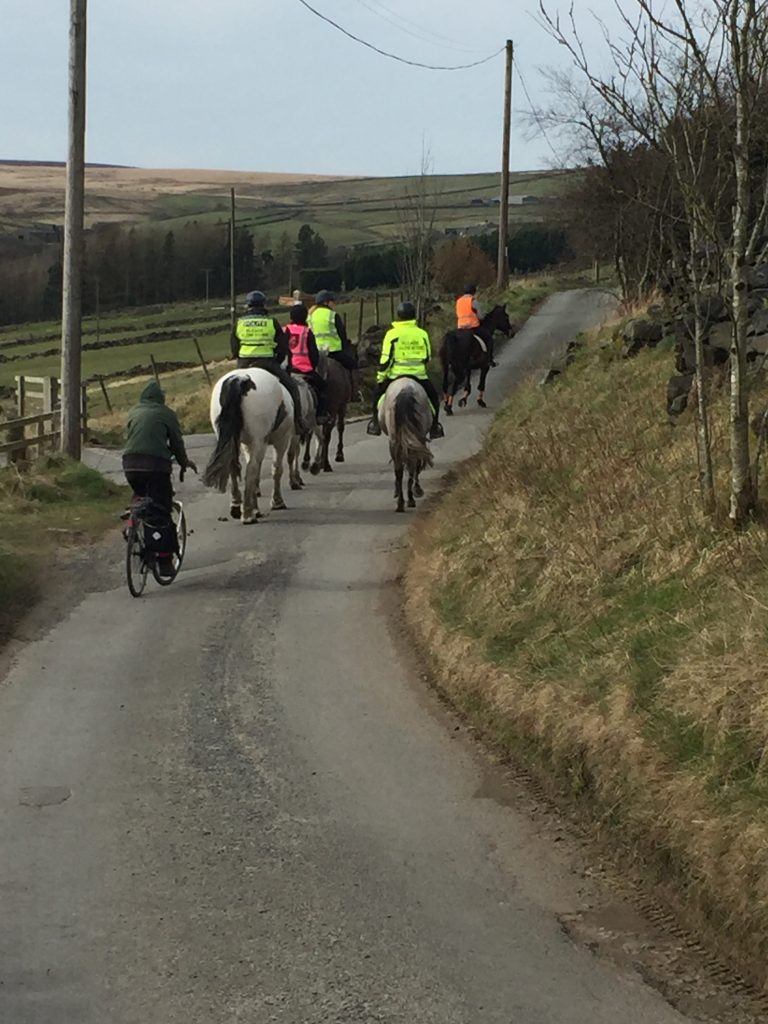
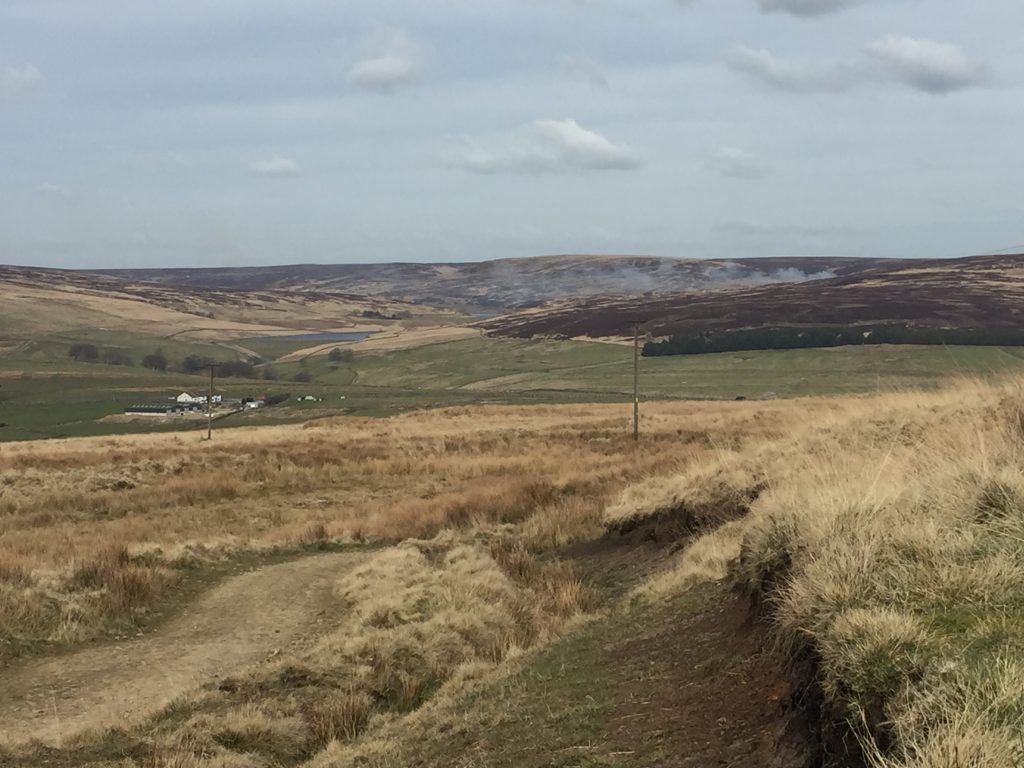
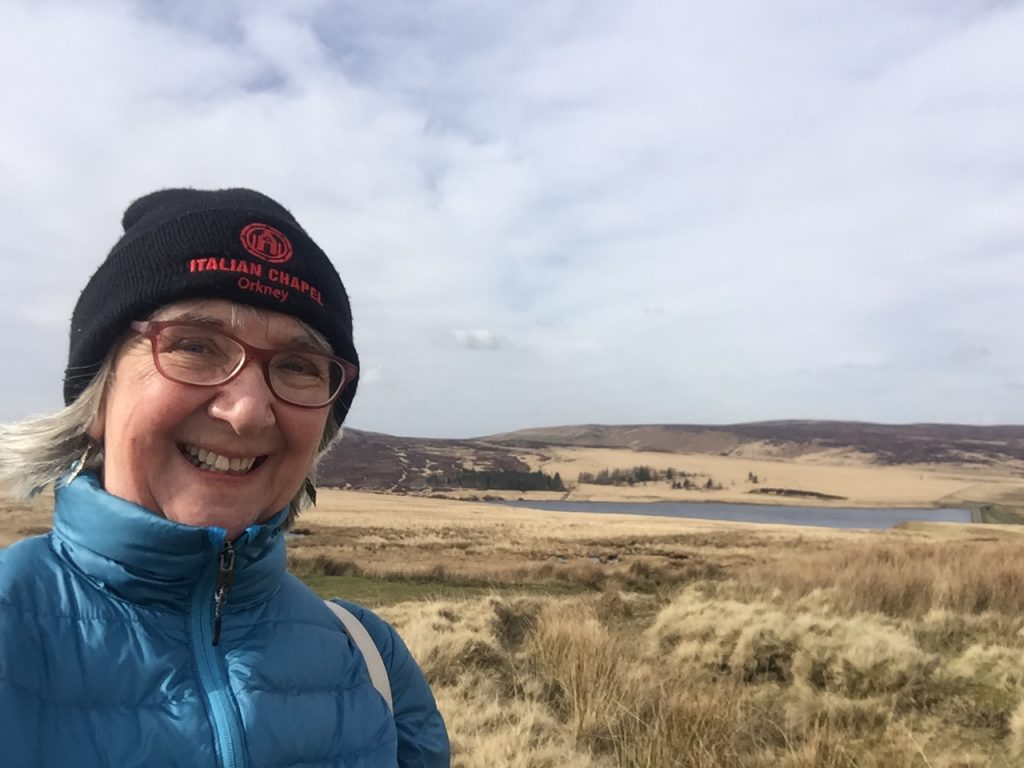


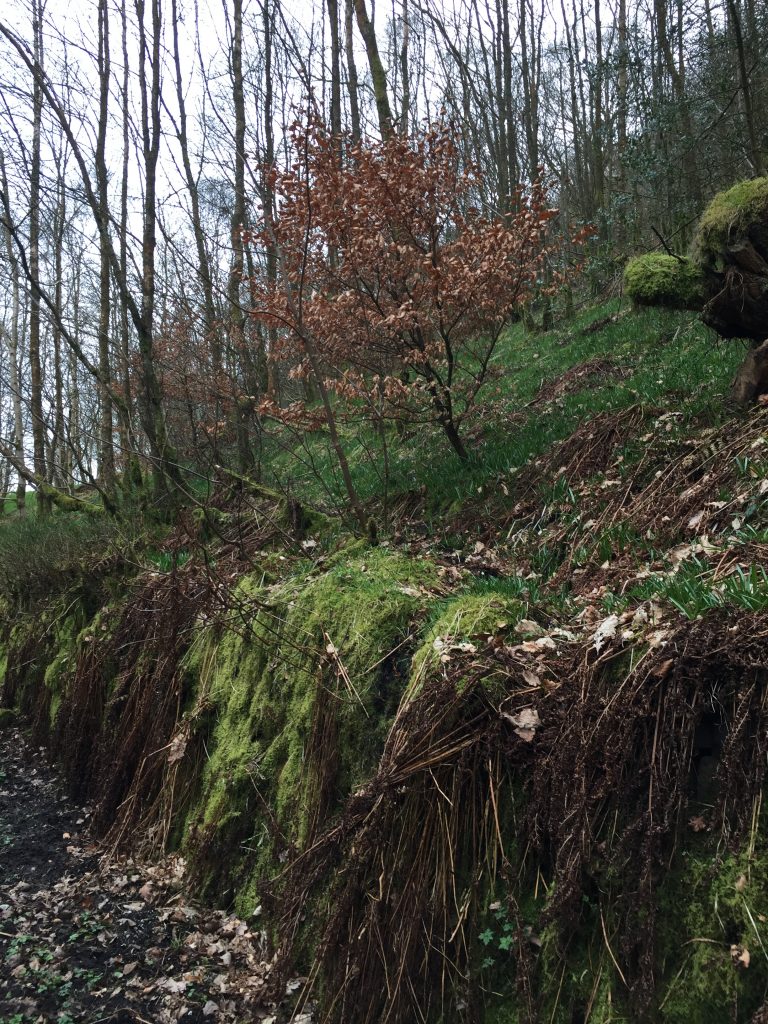
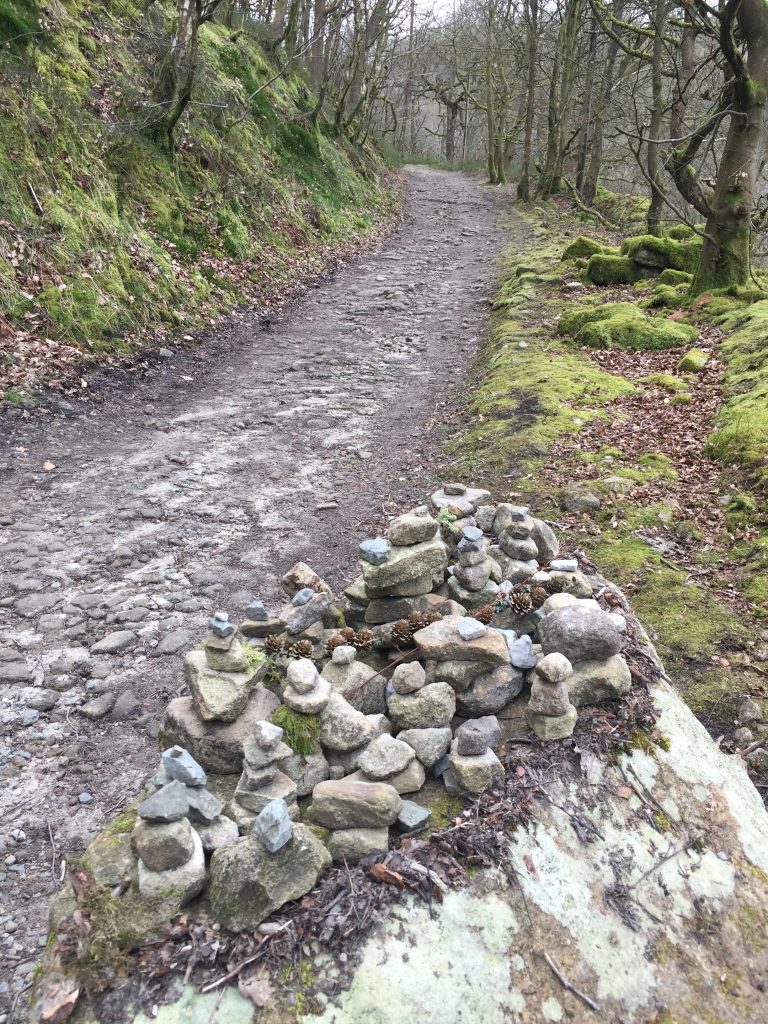

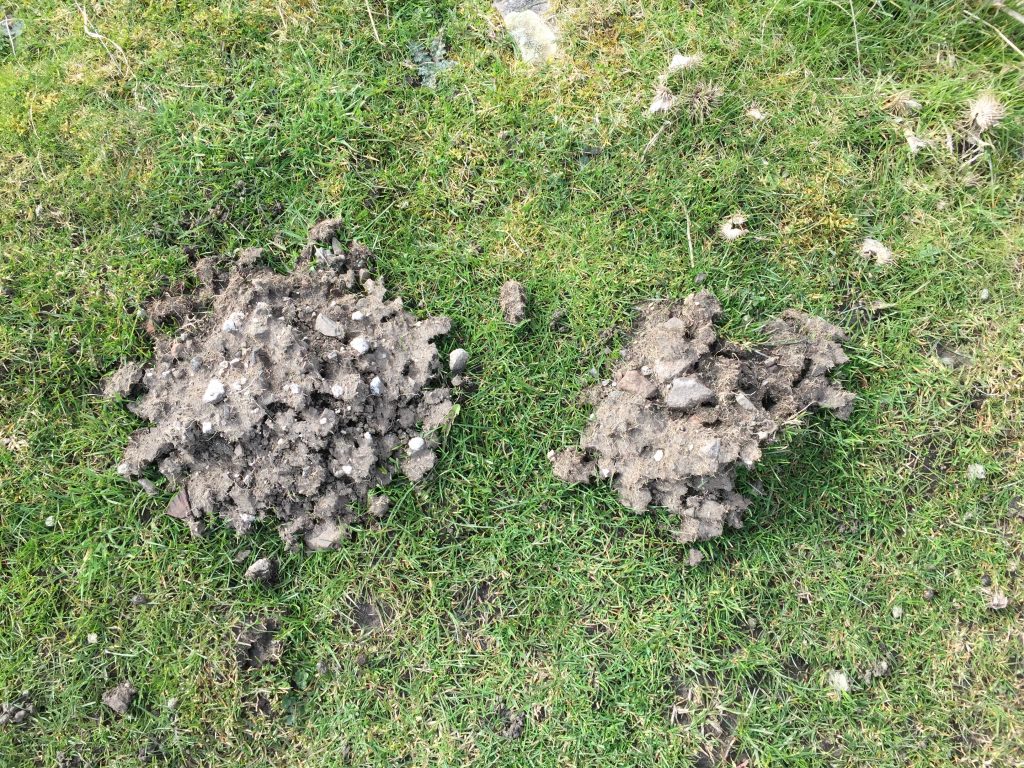
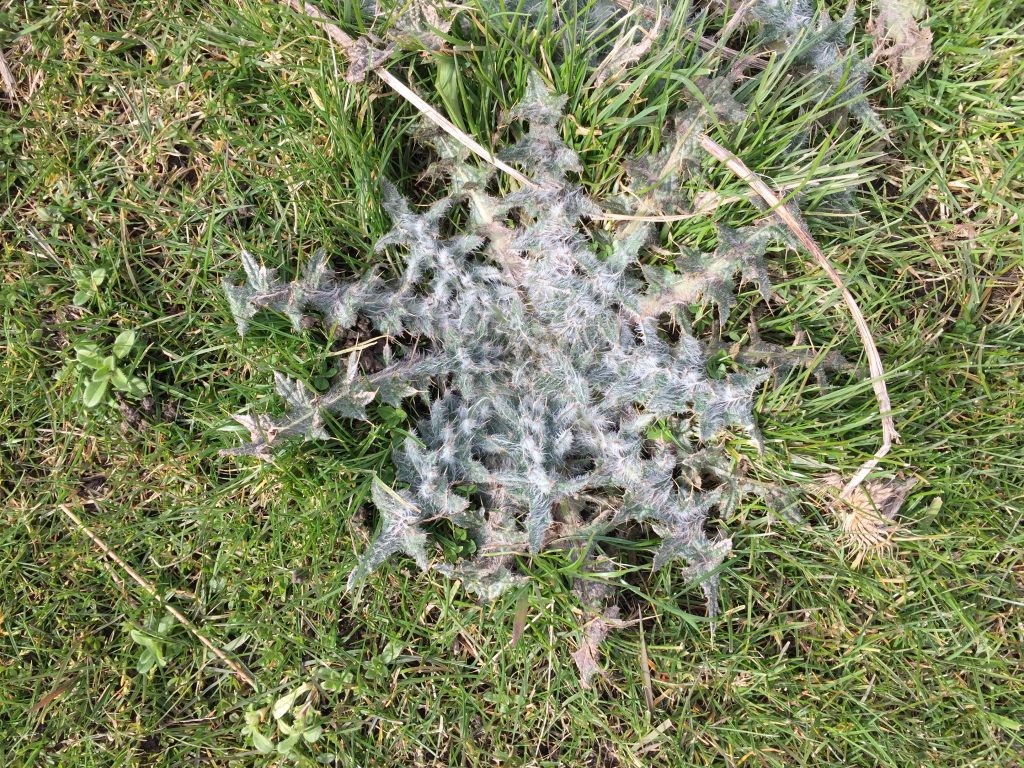
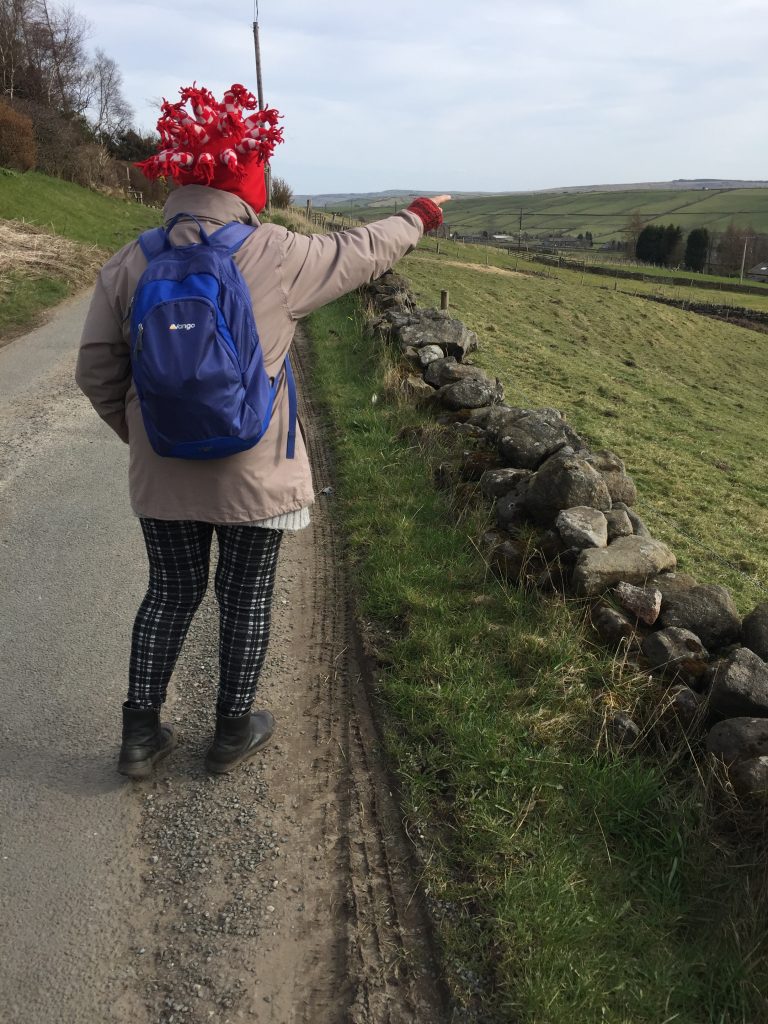
Recent Comments